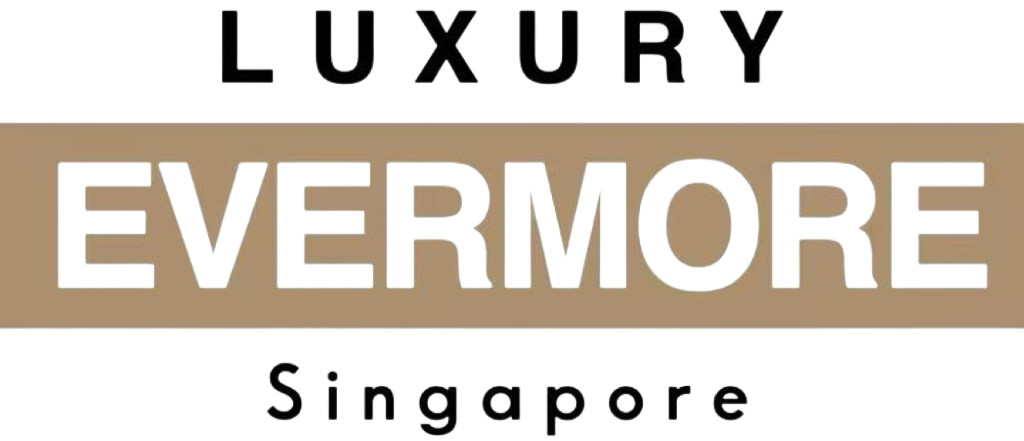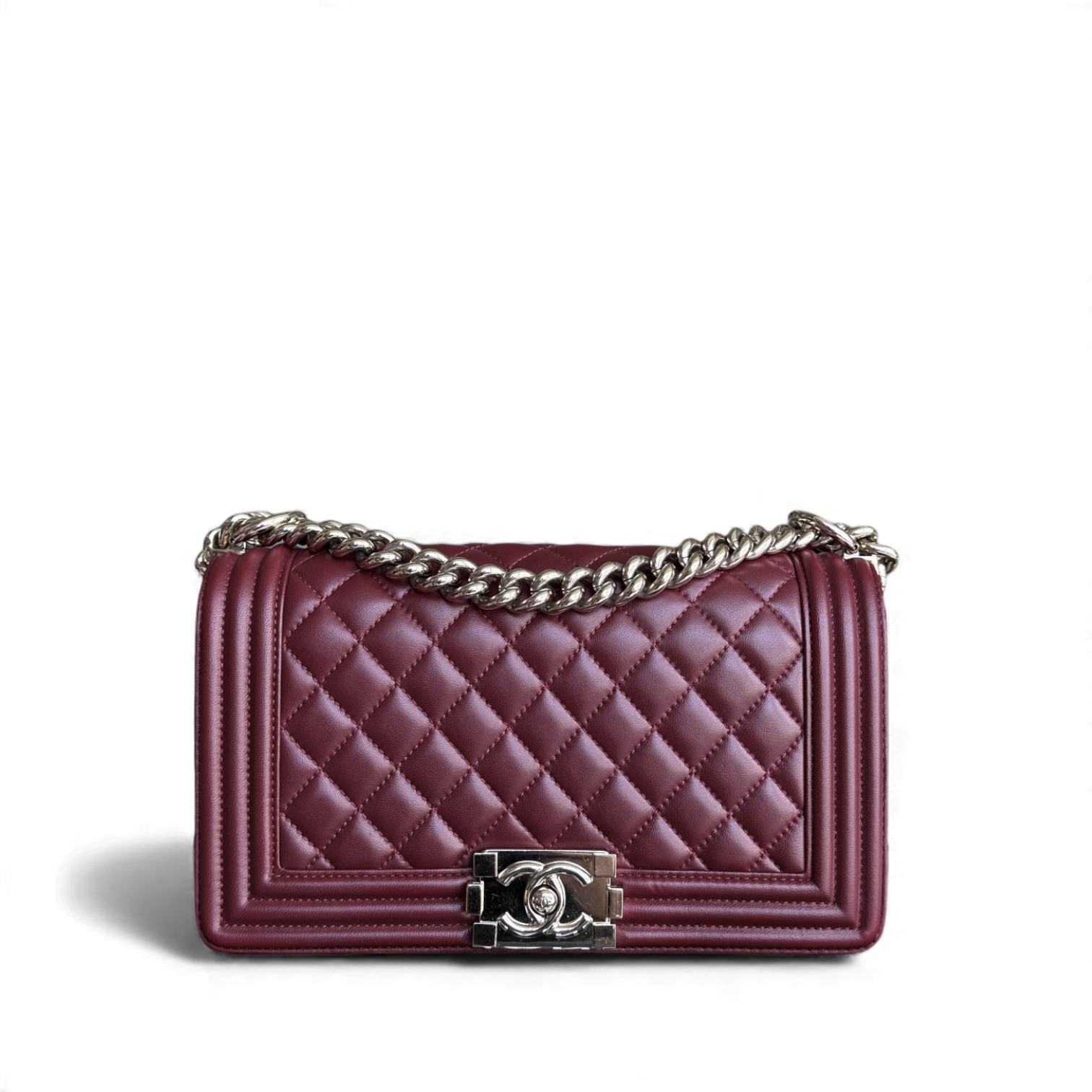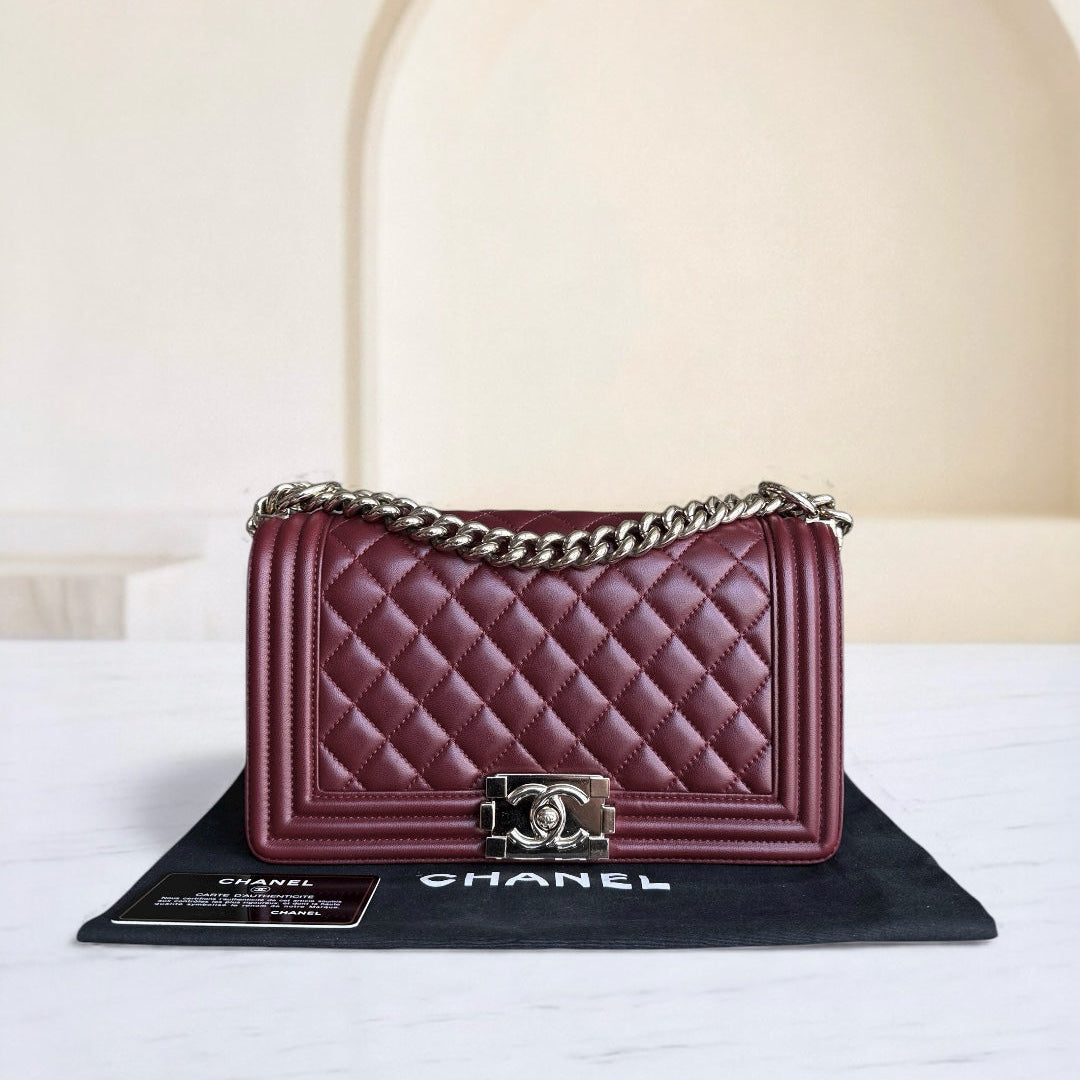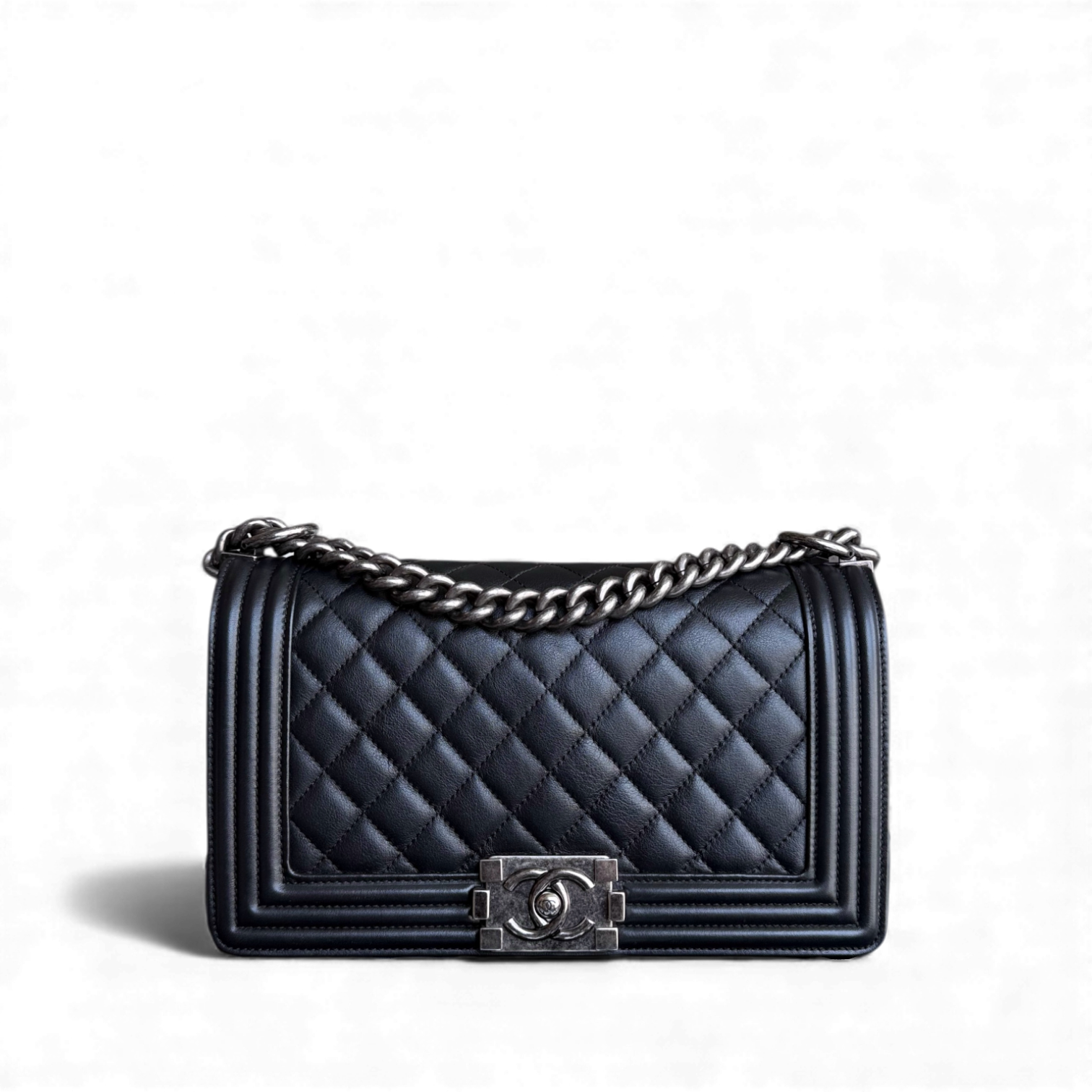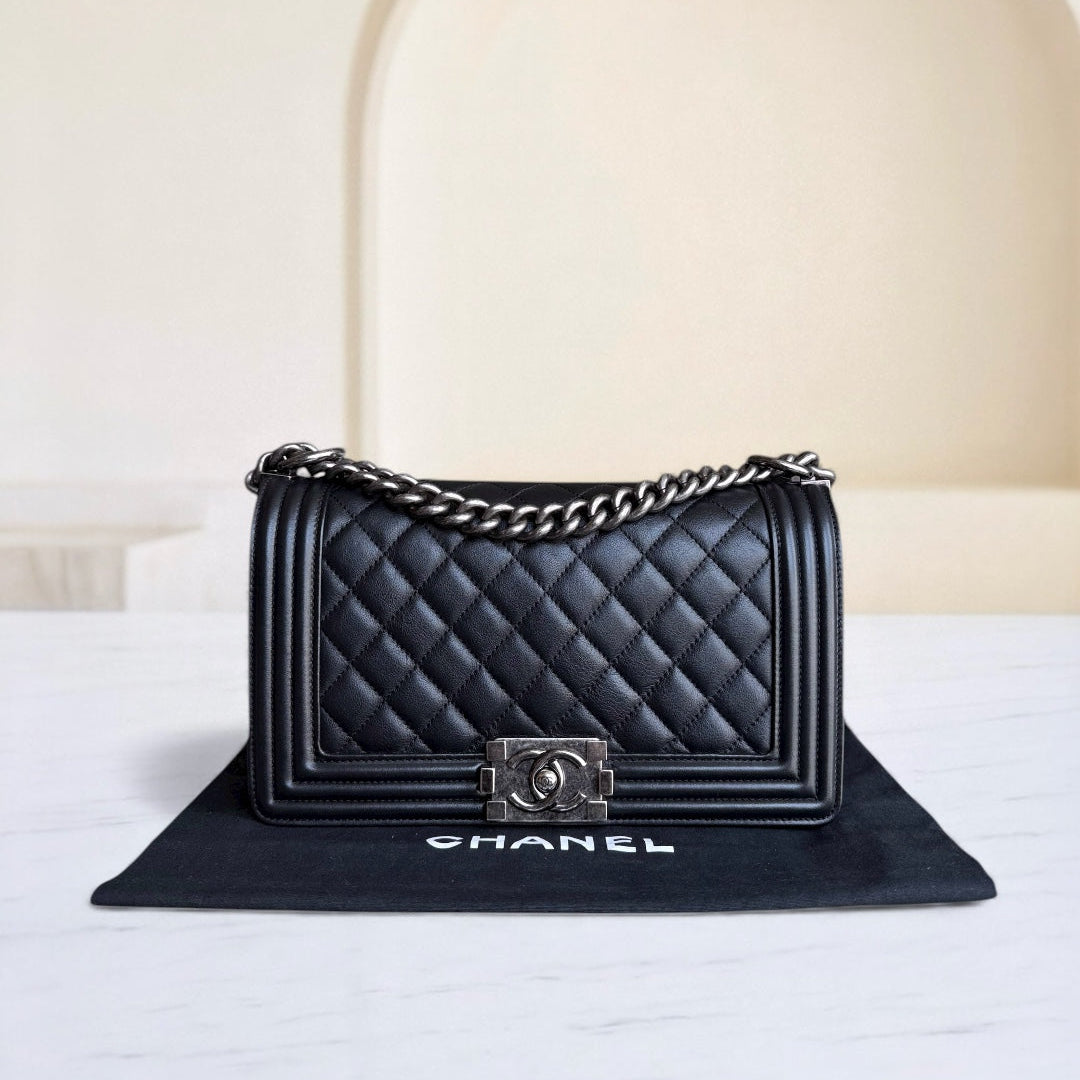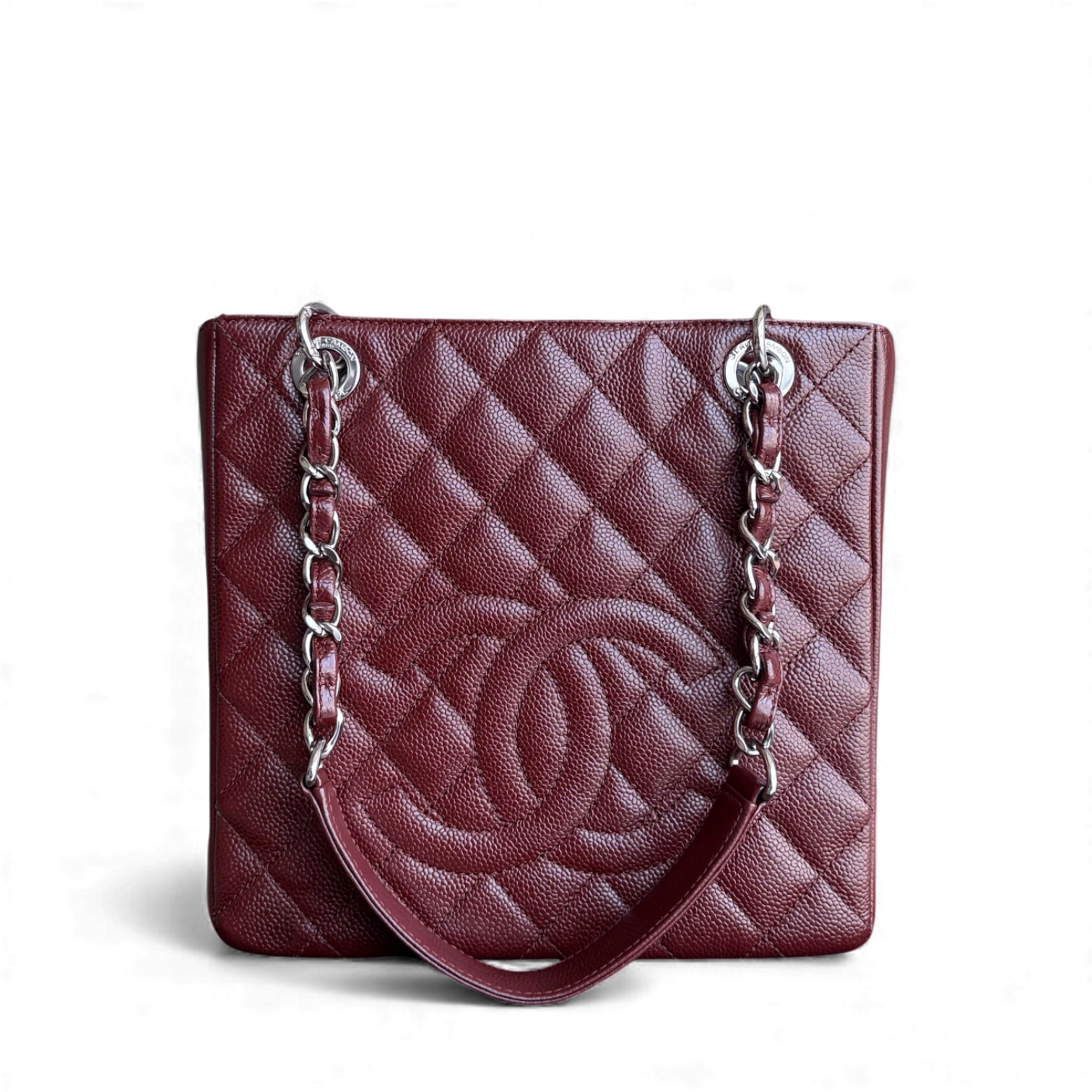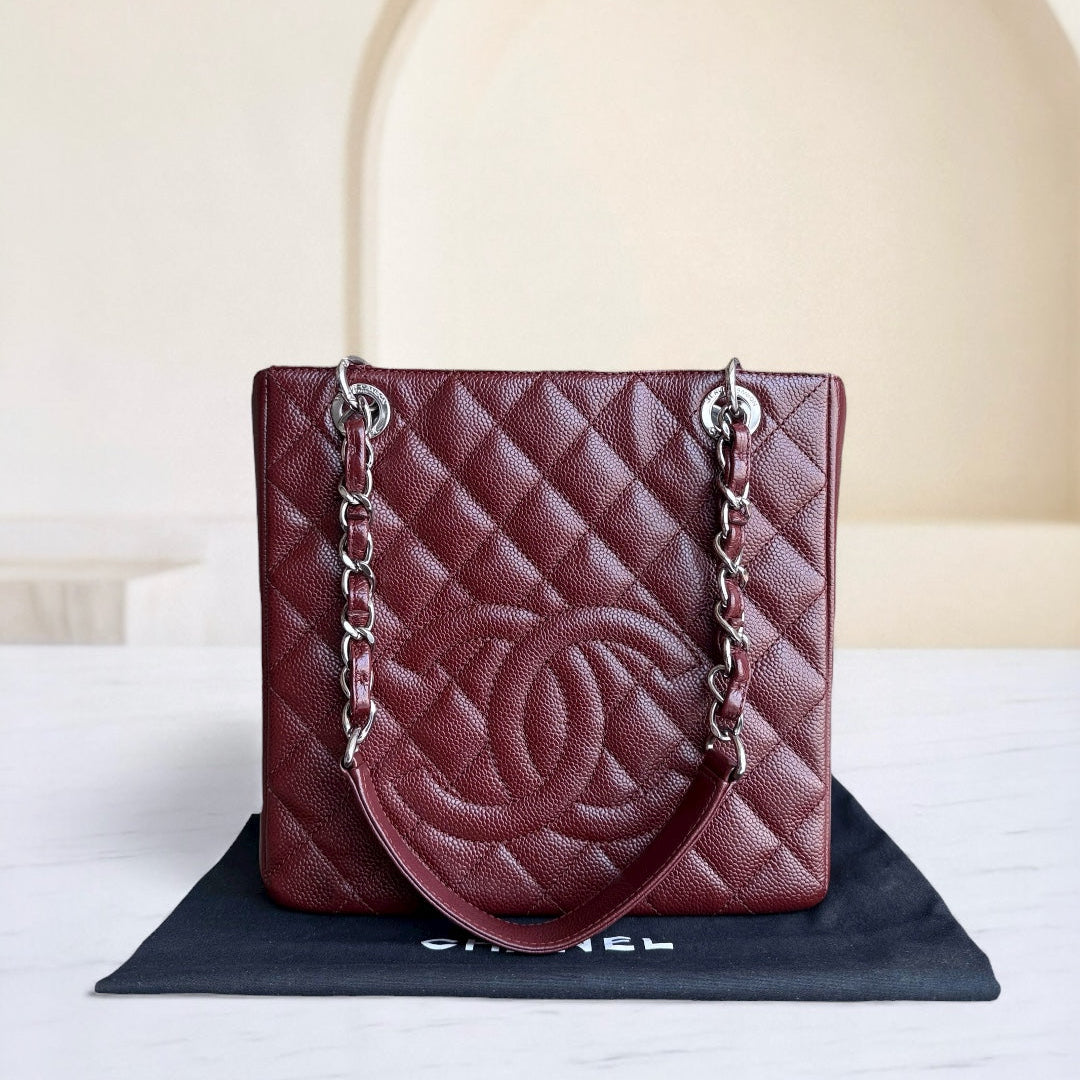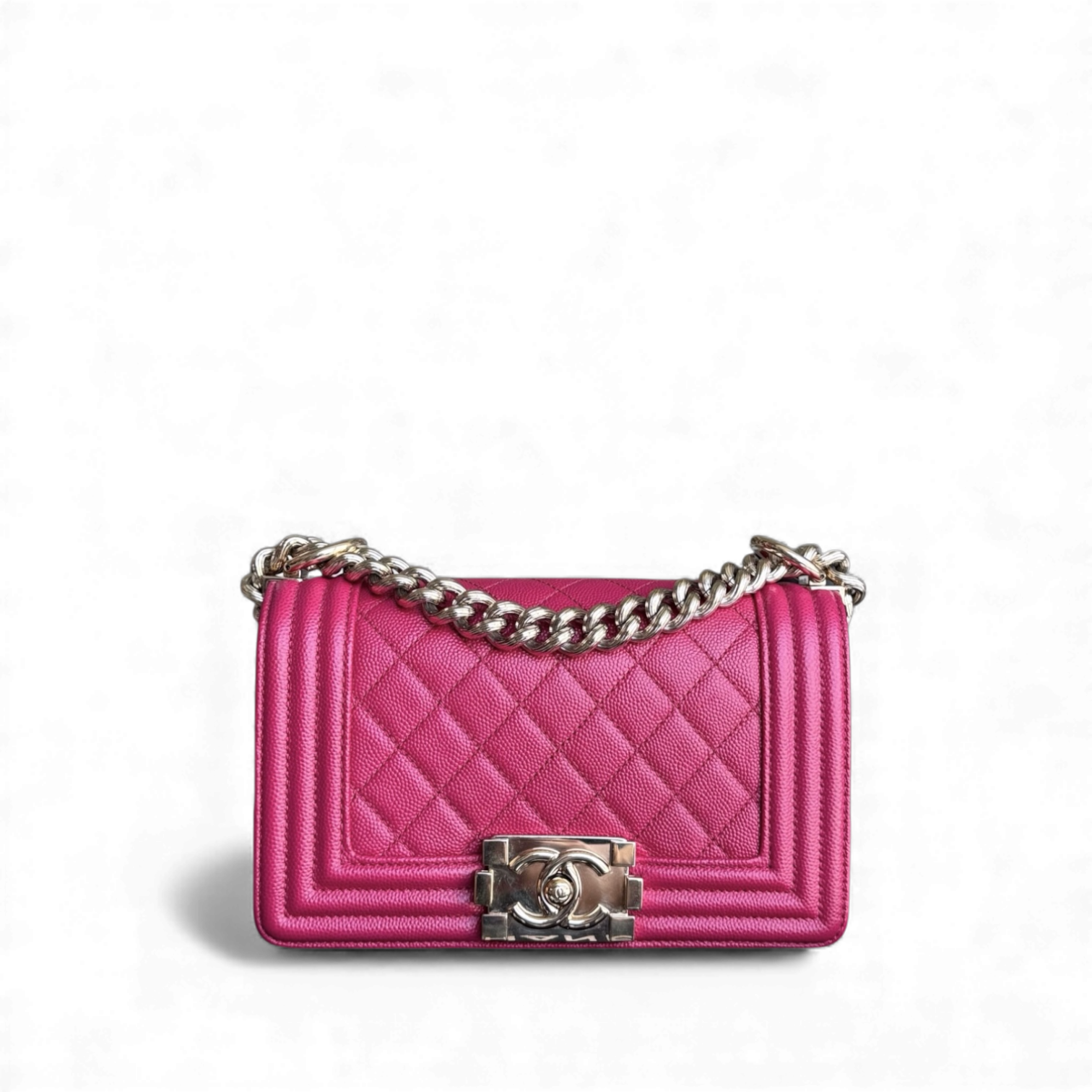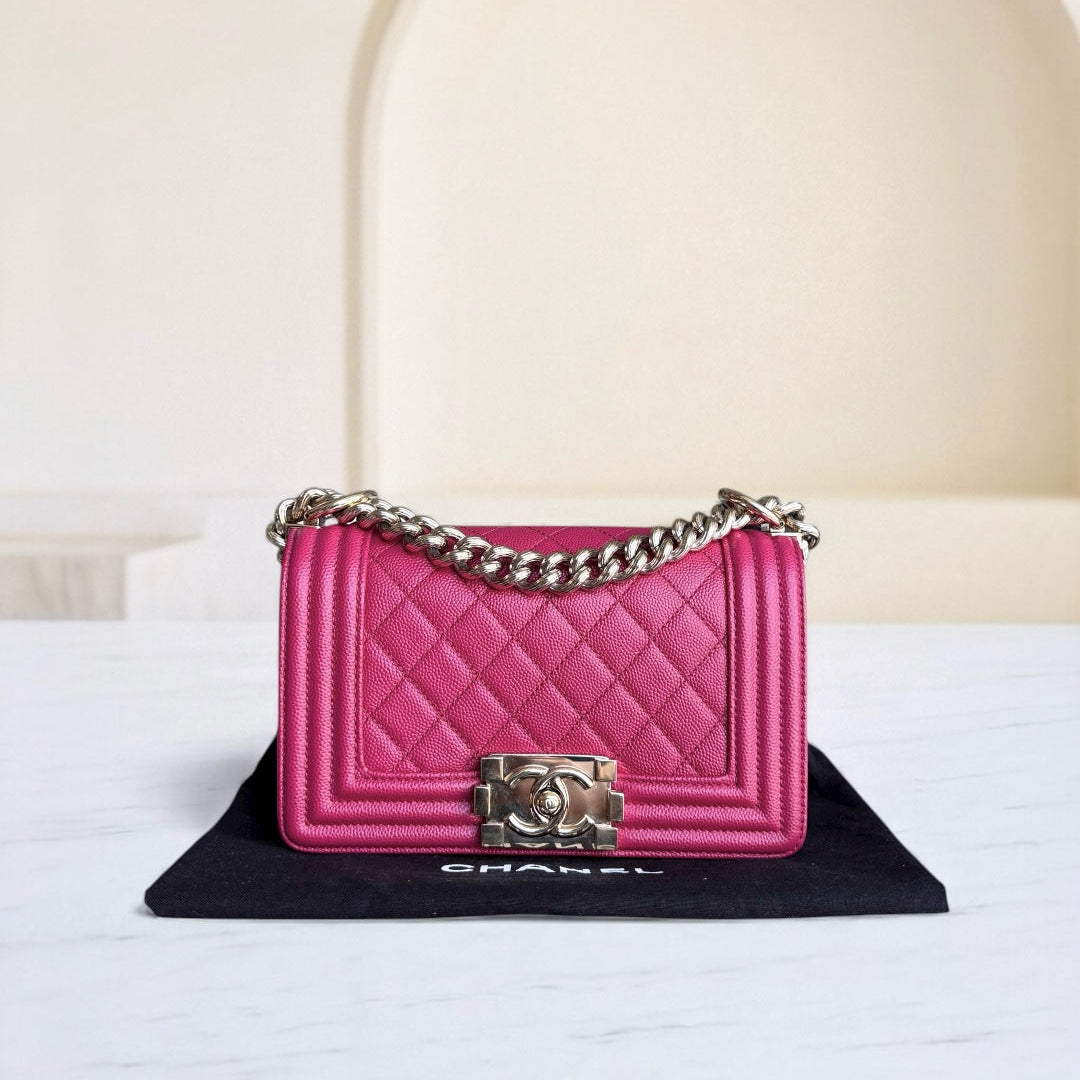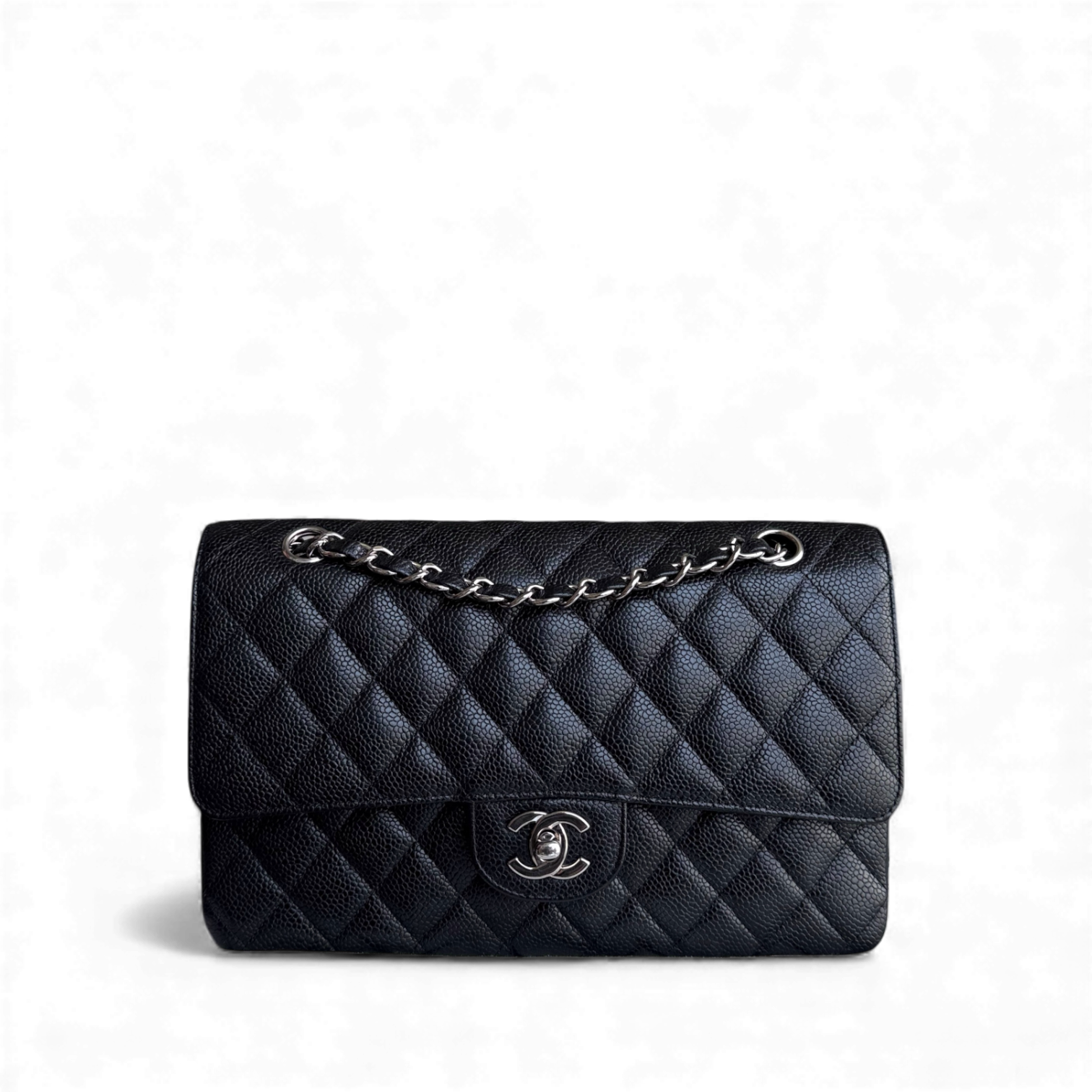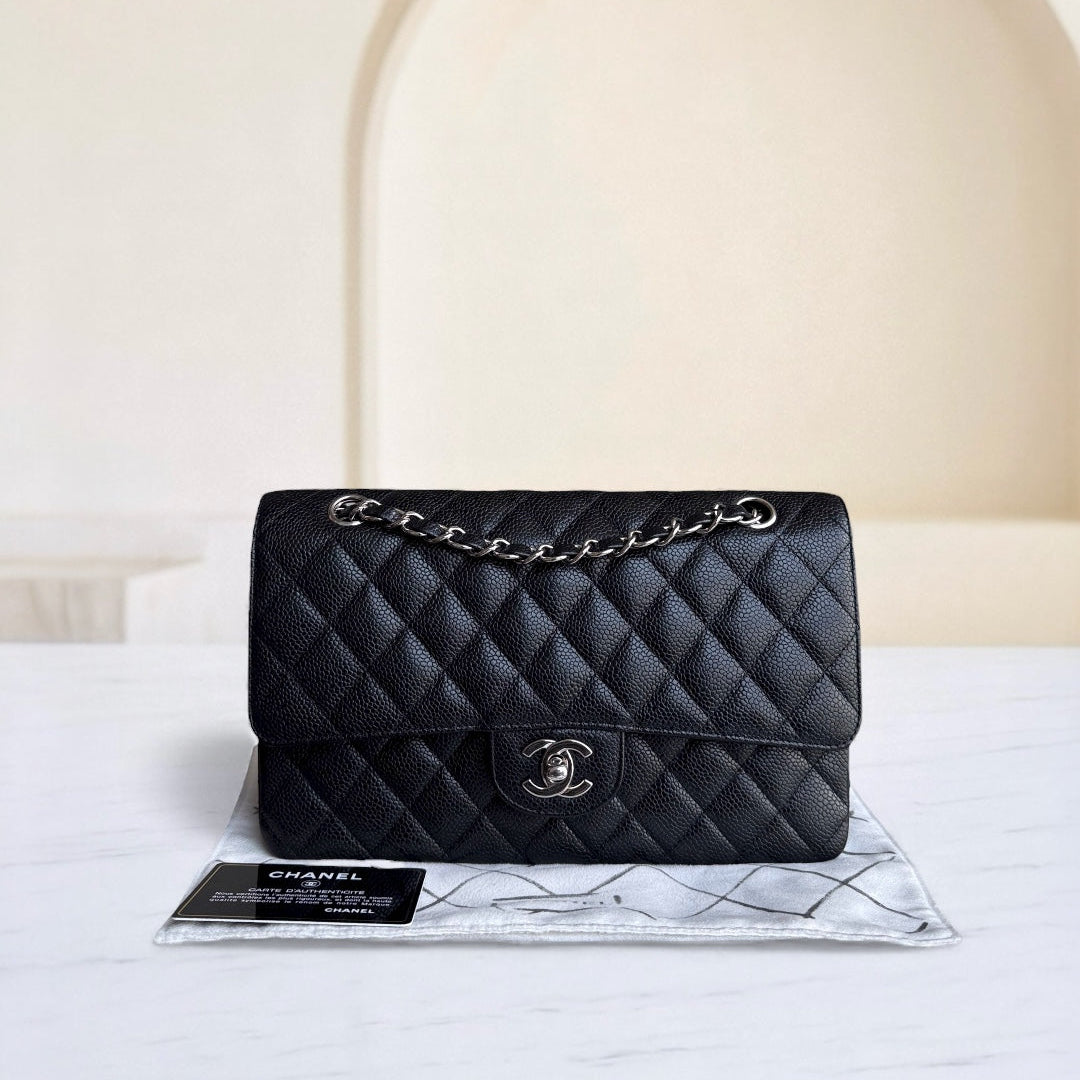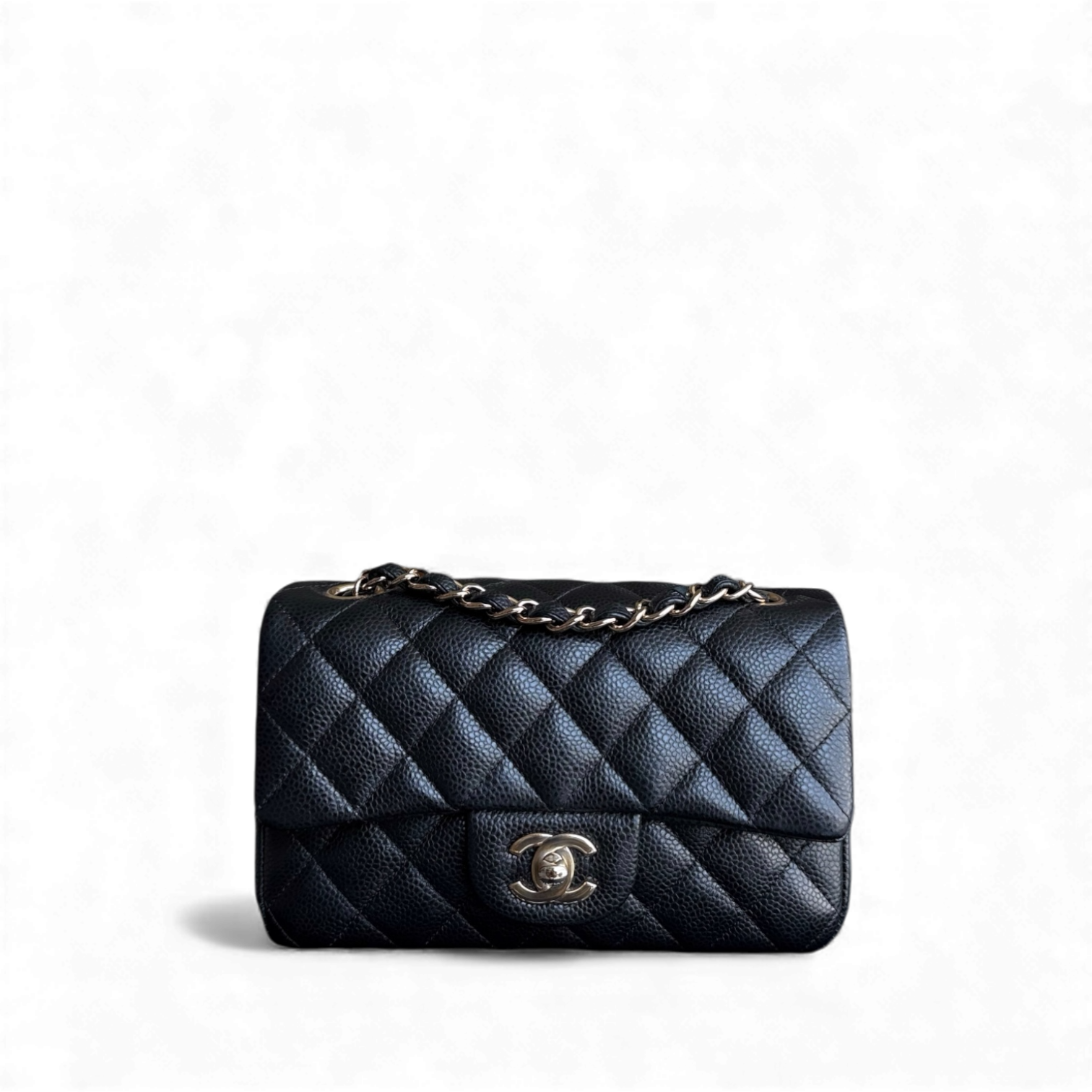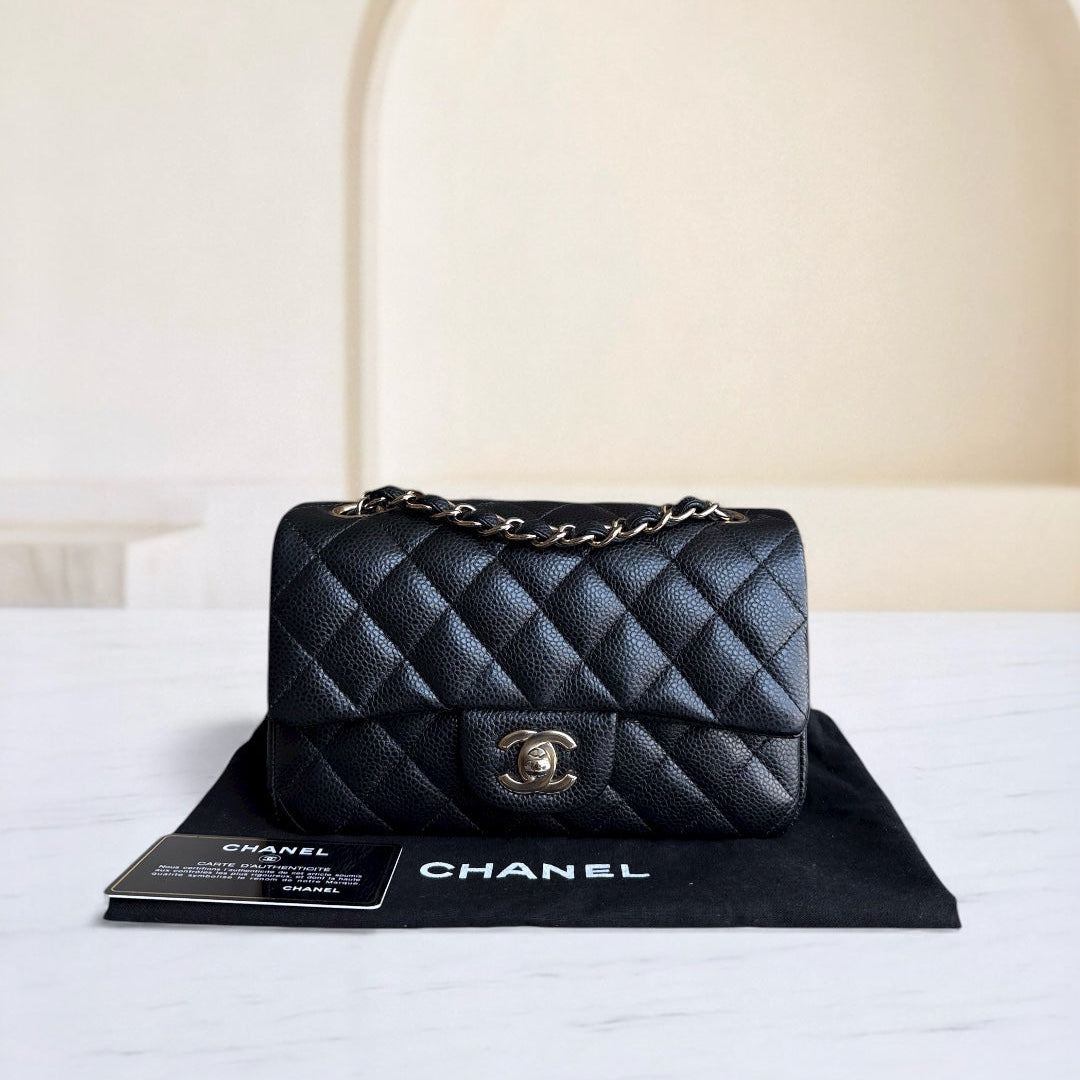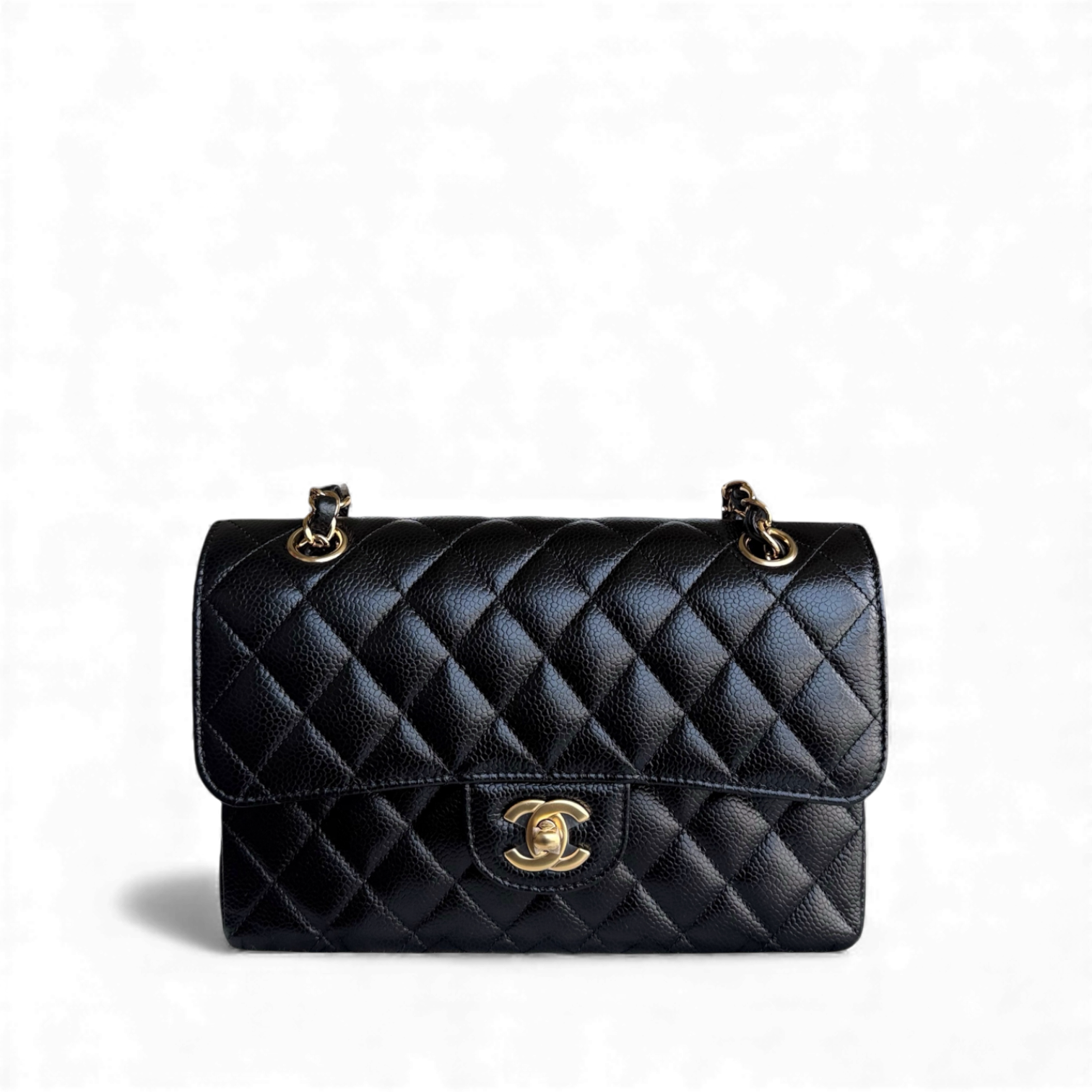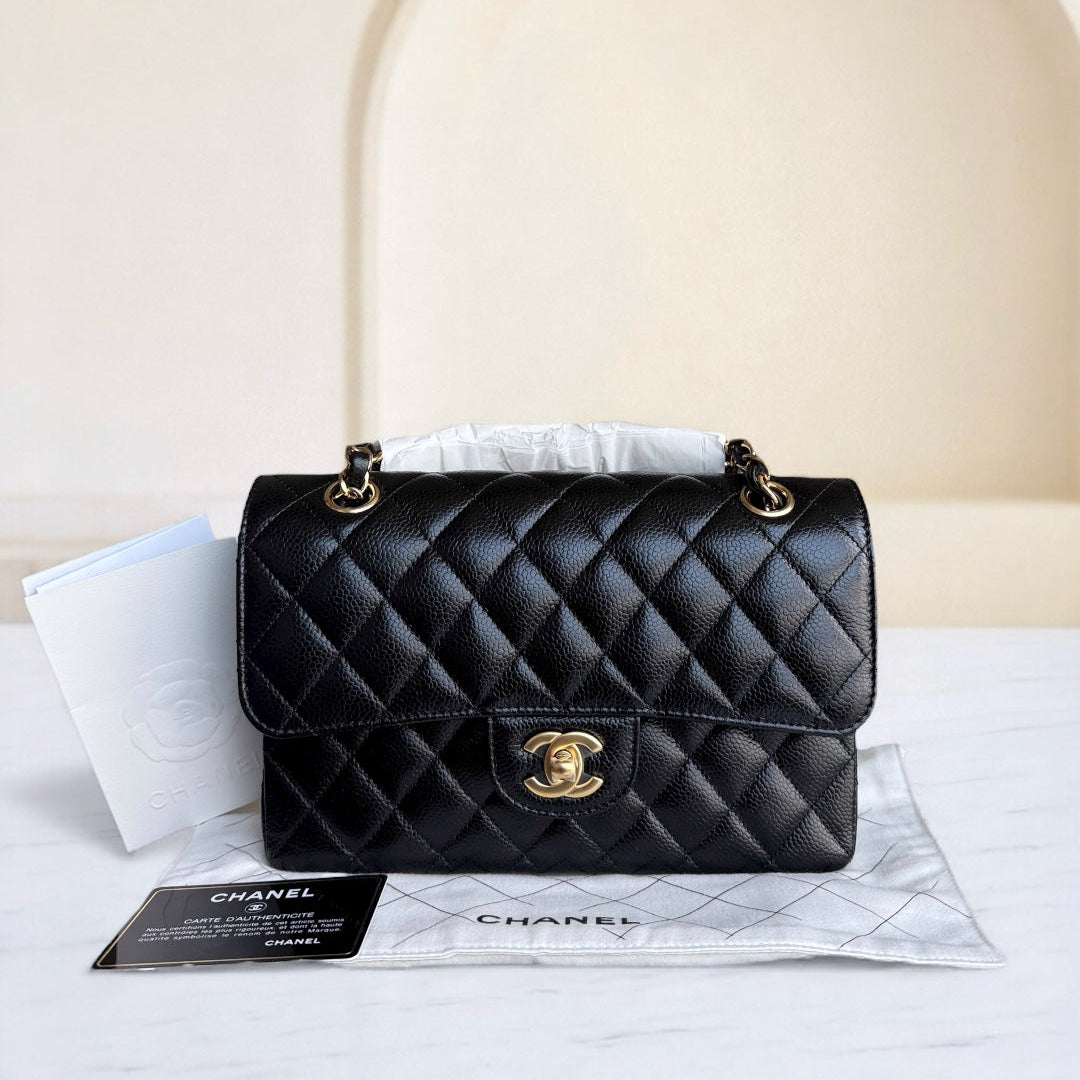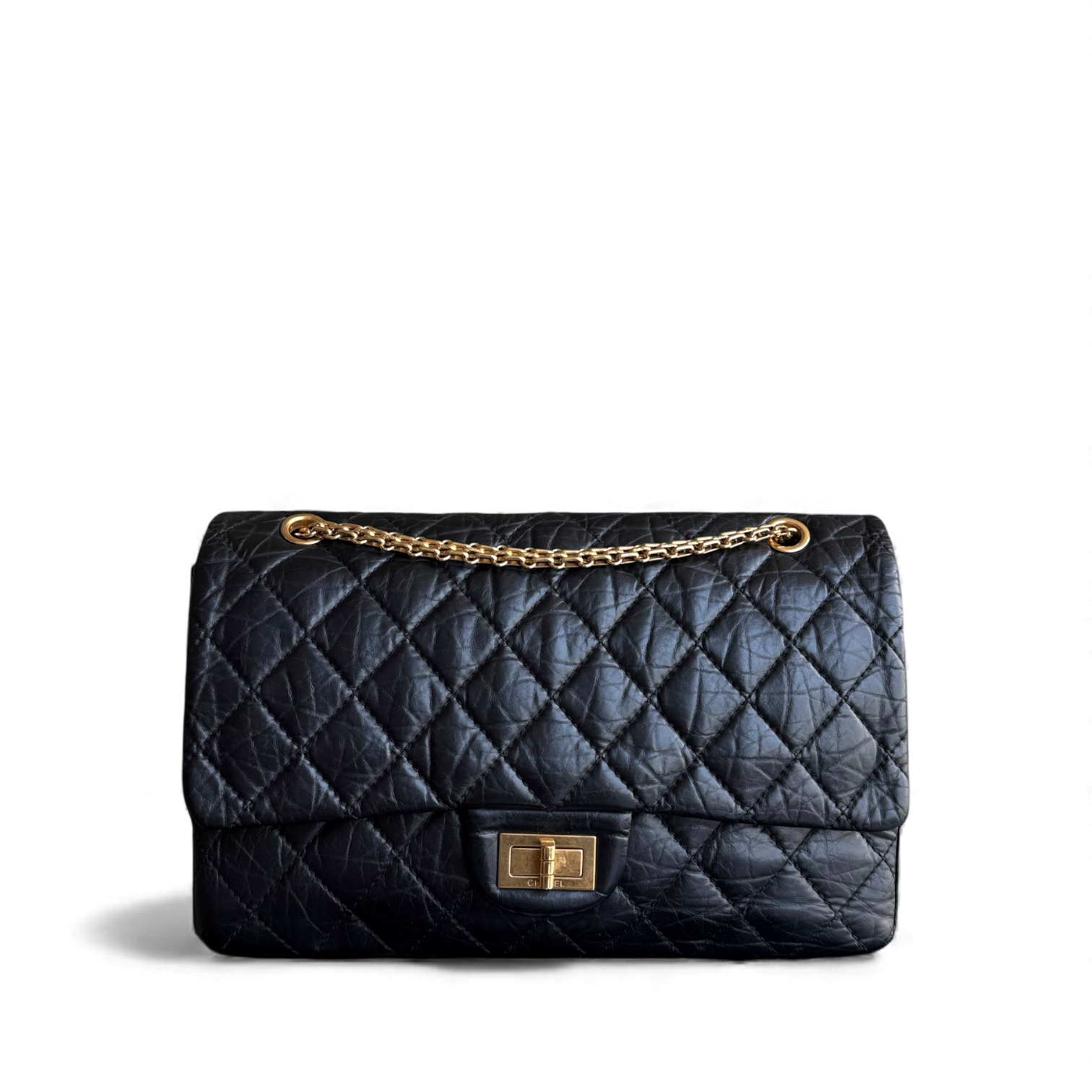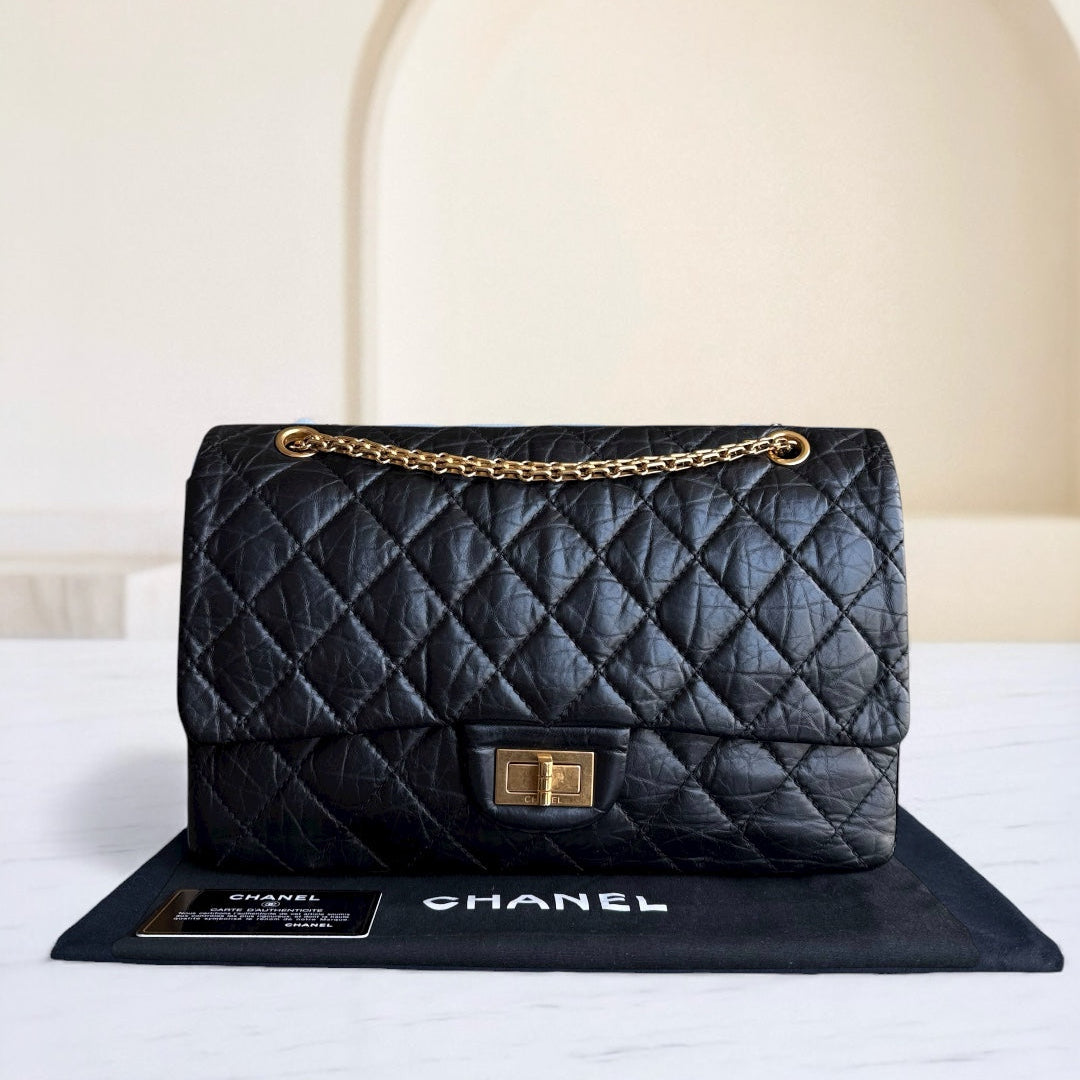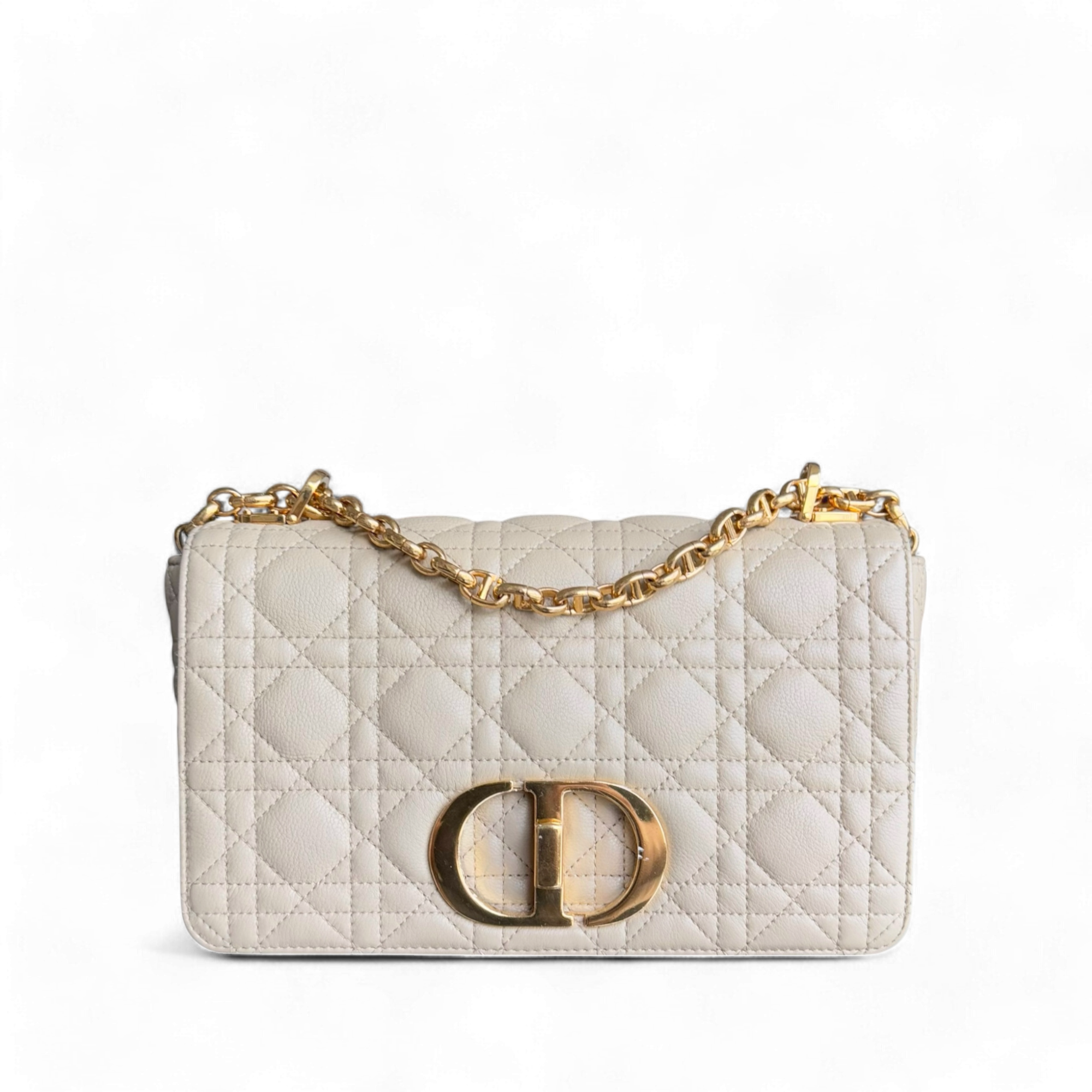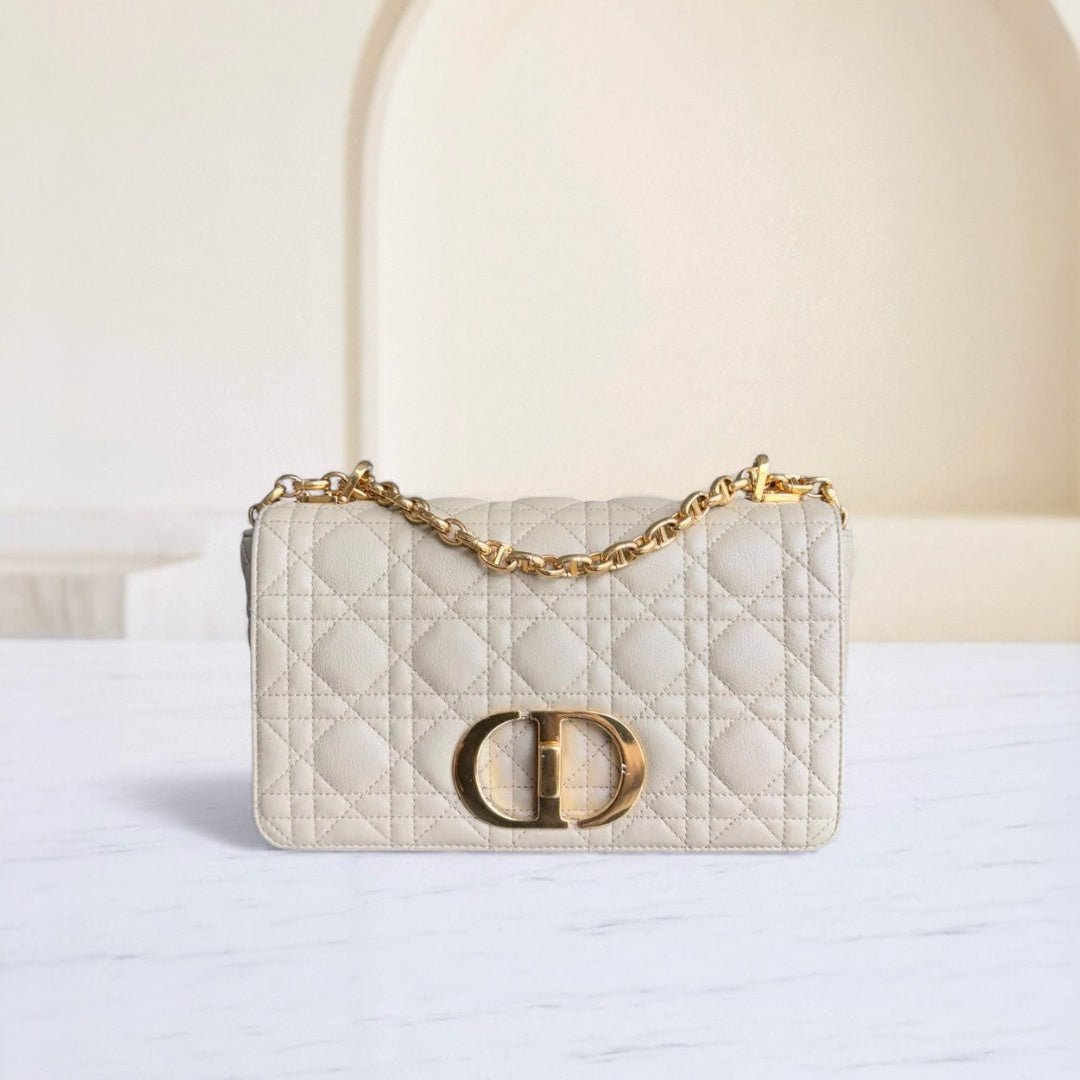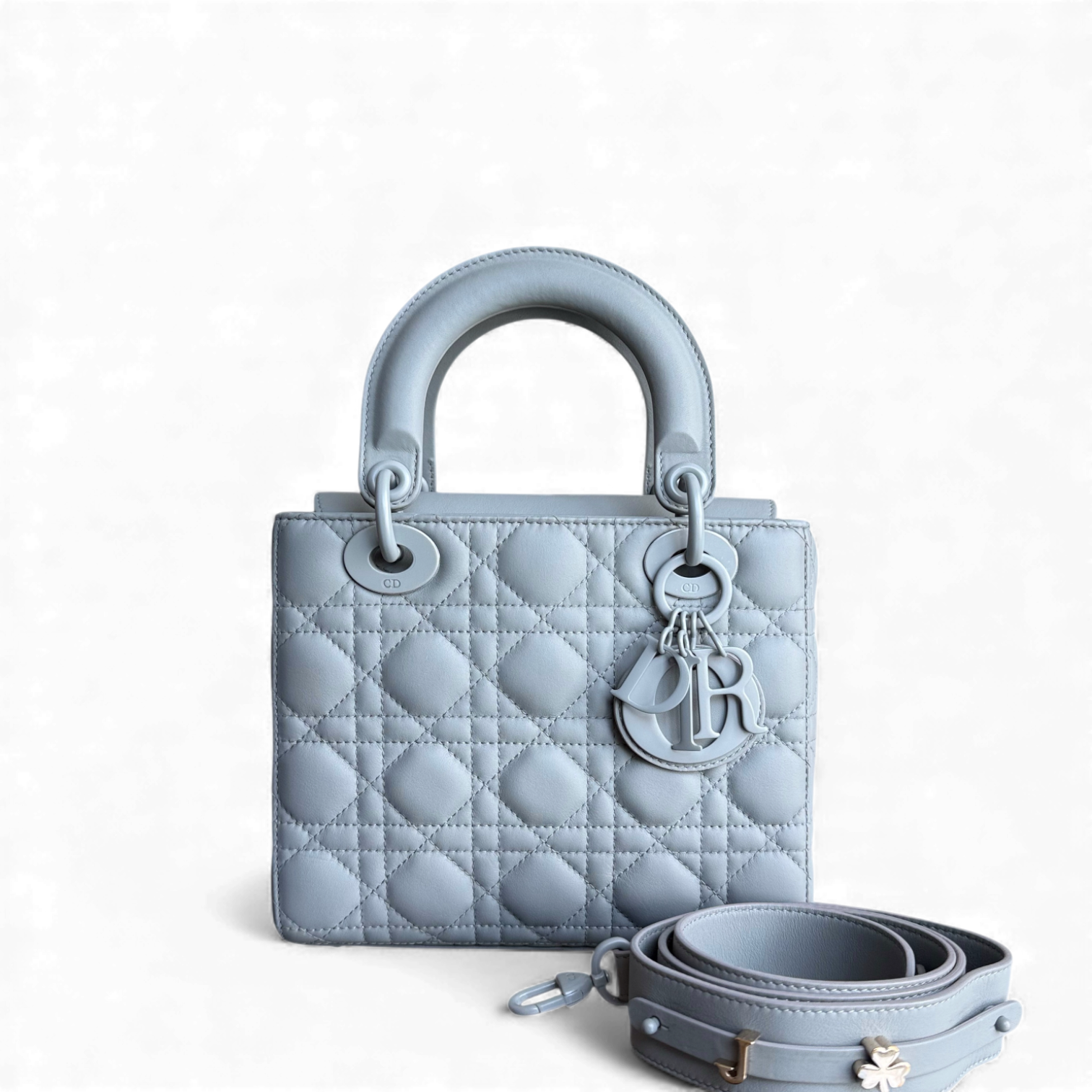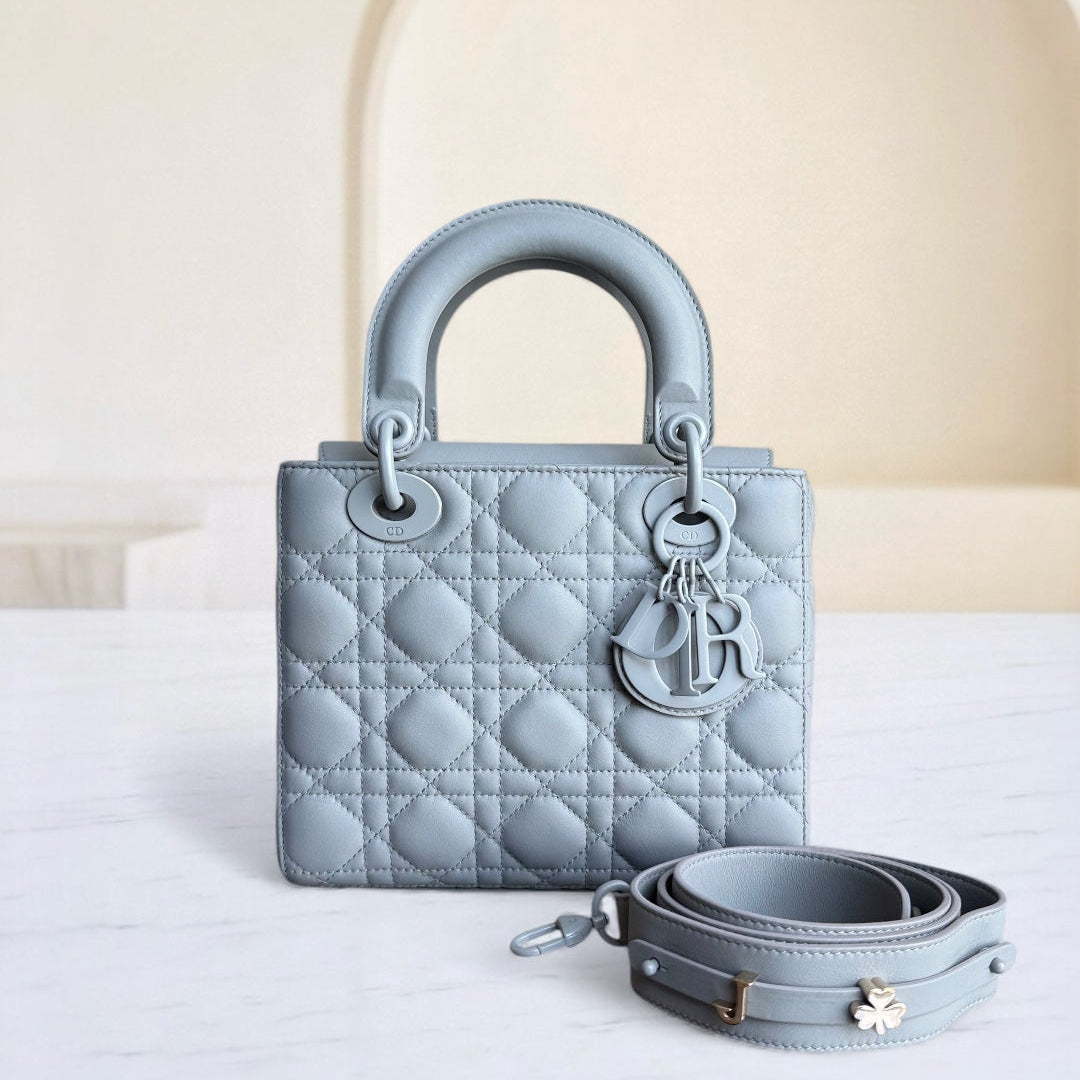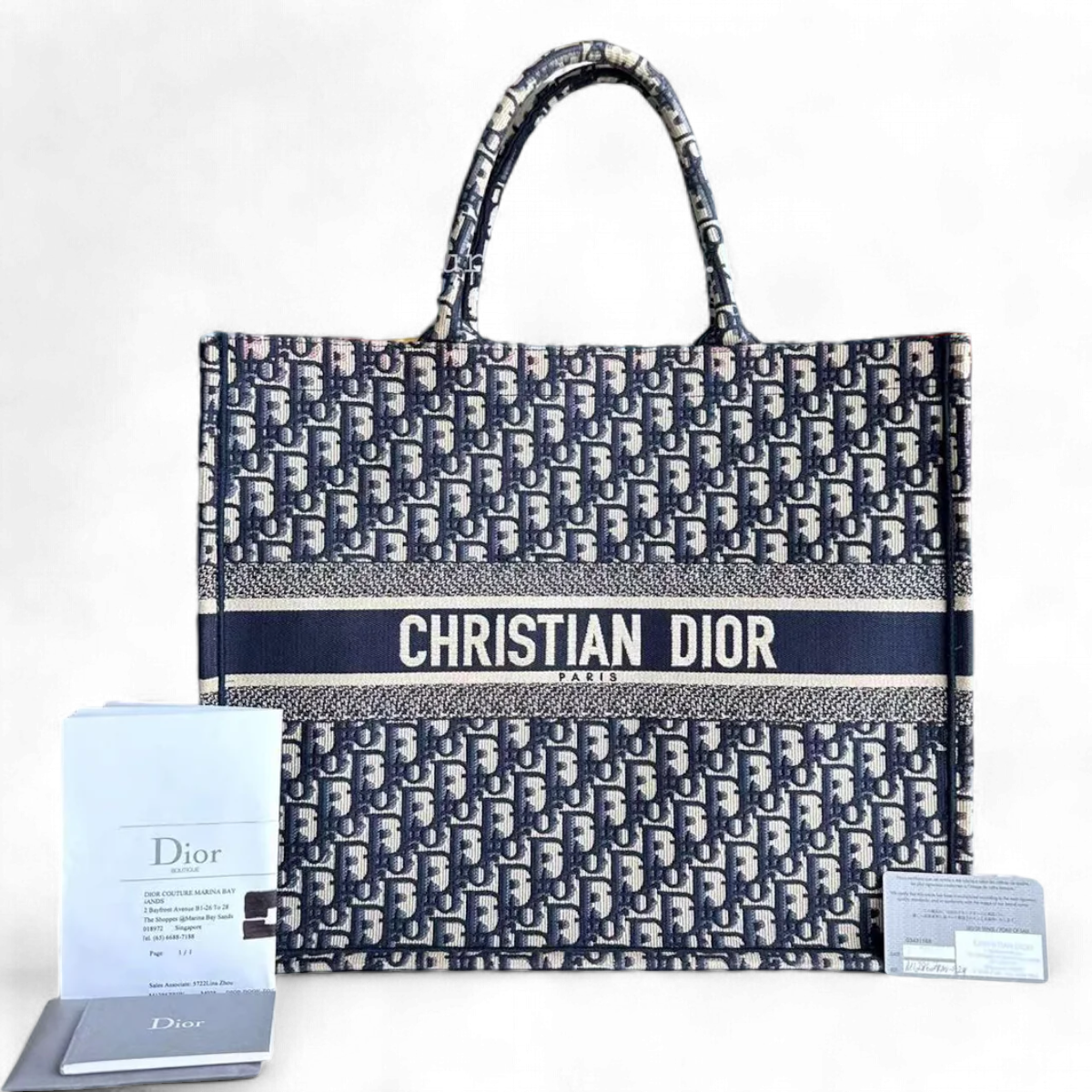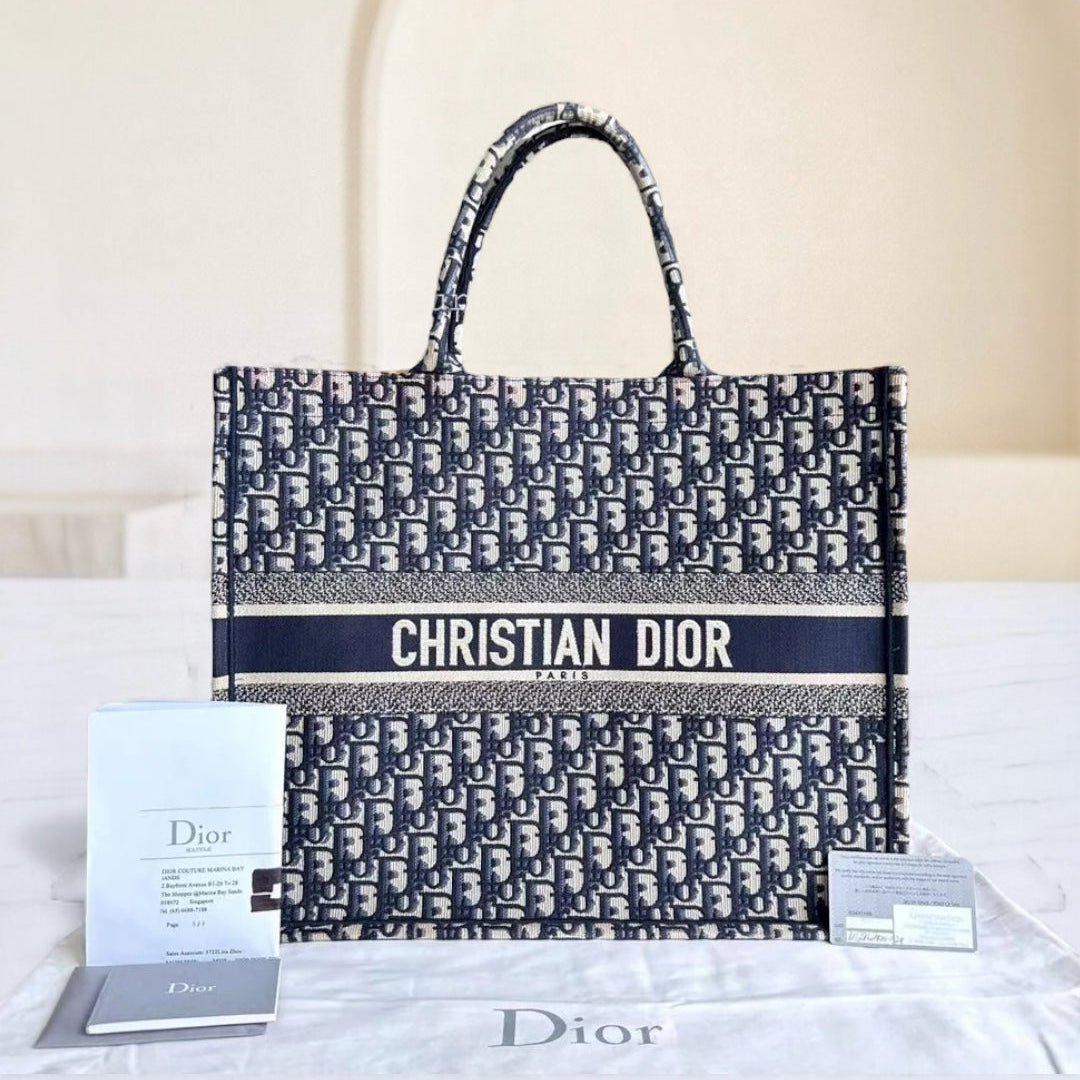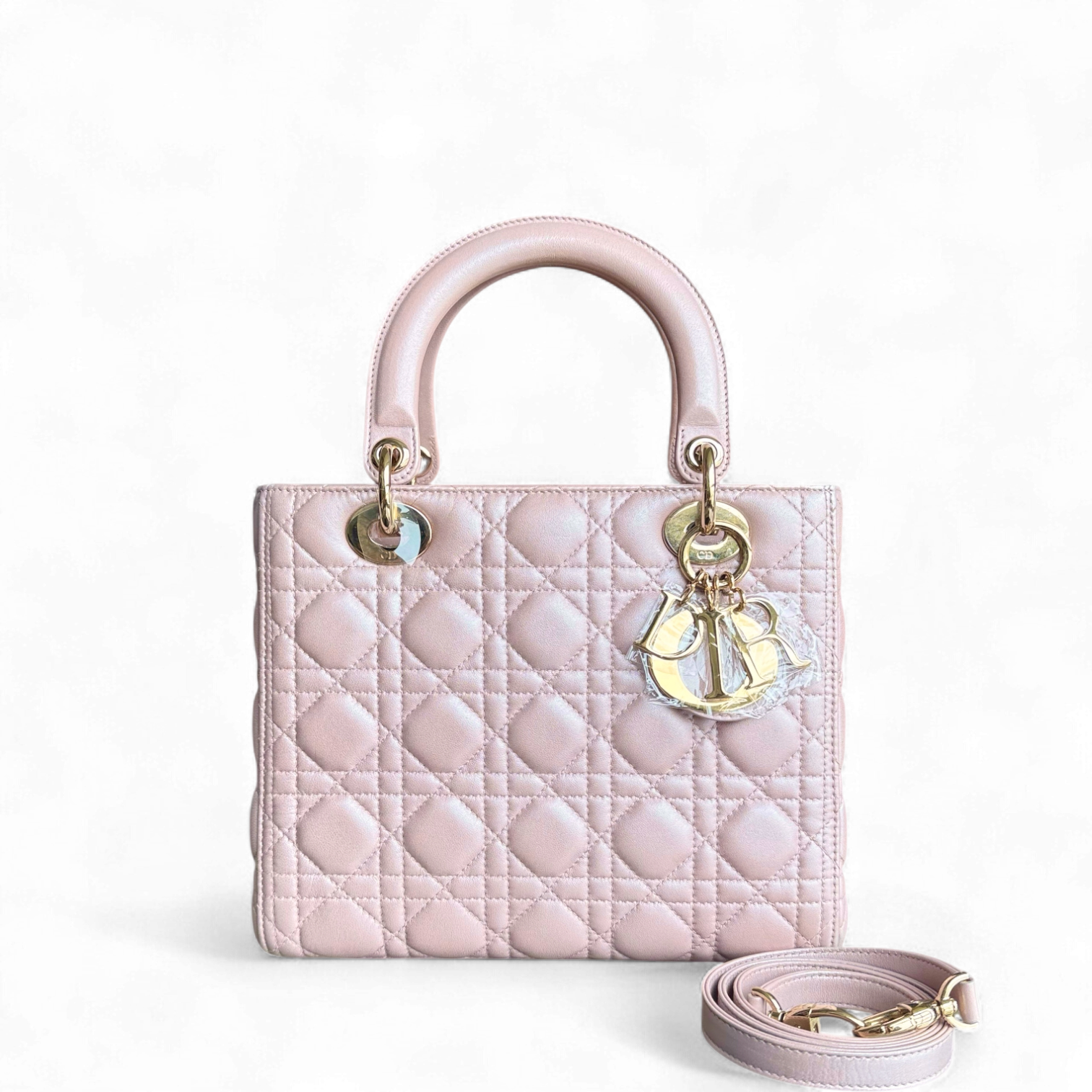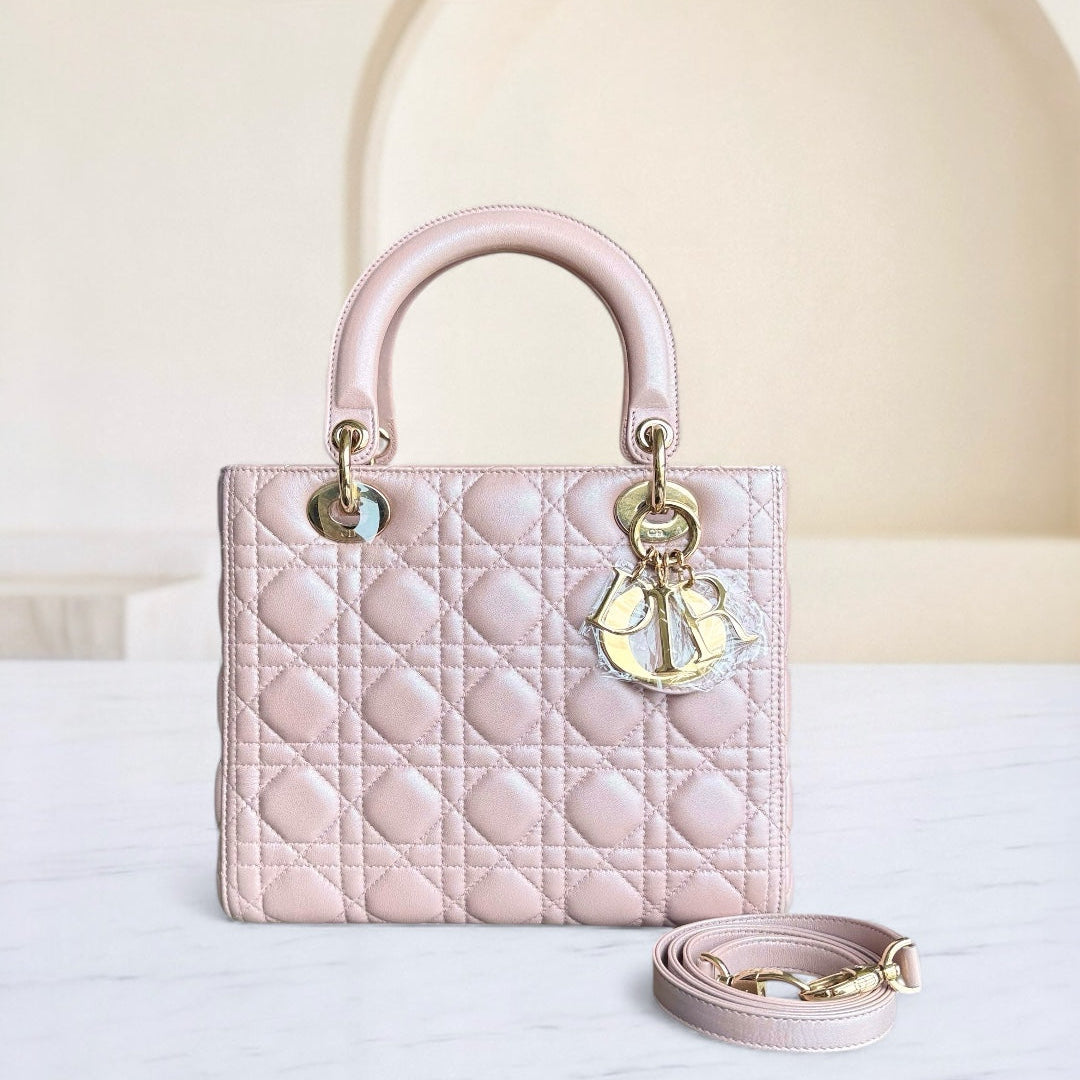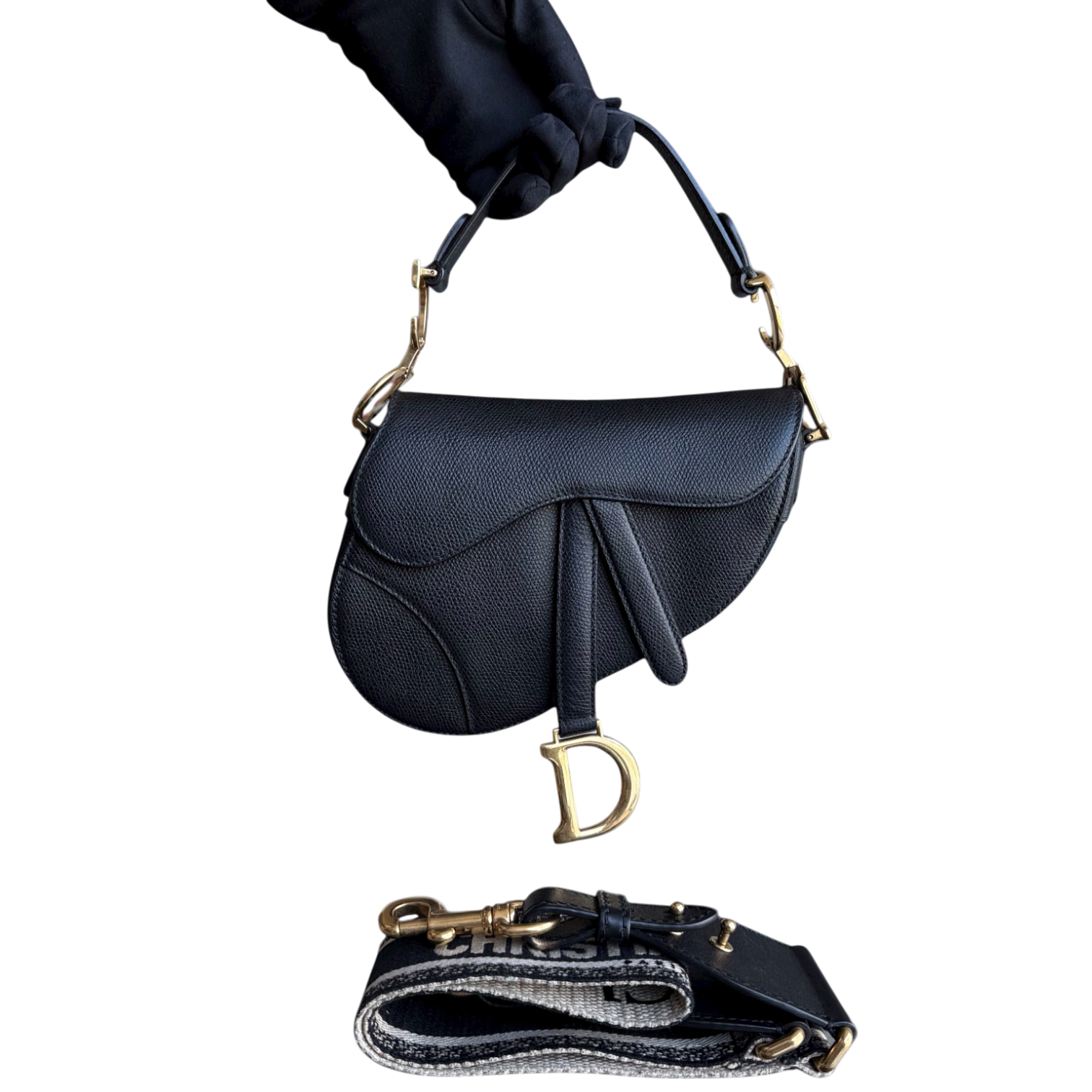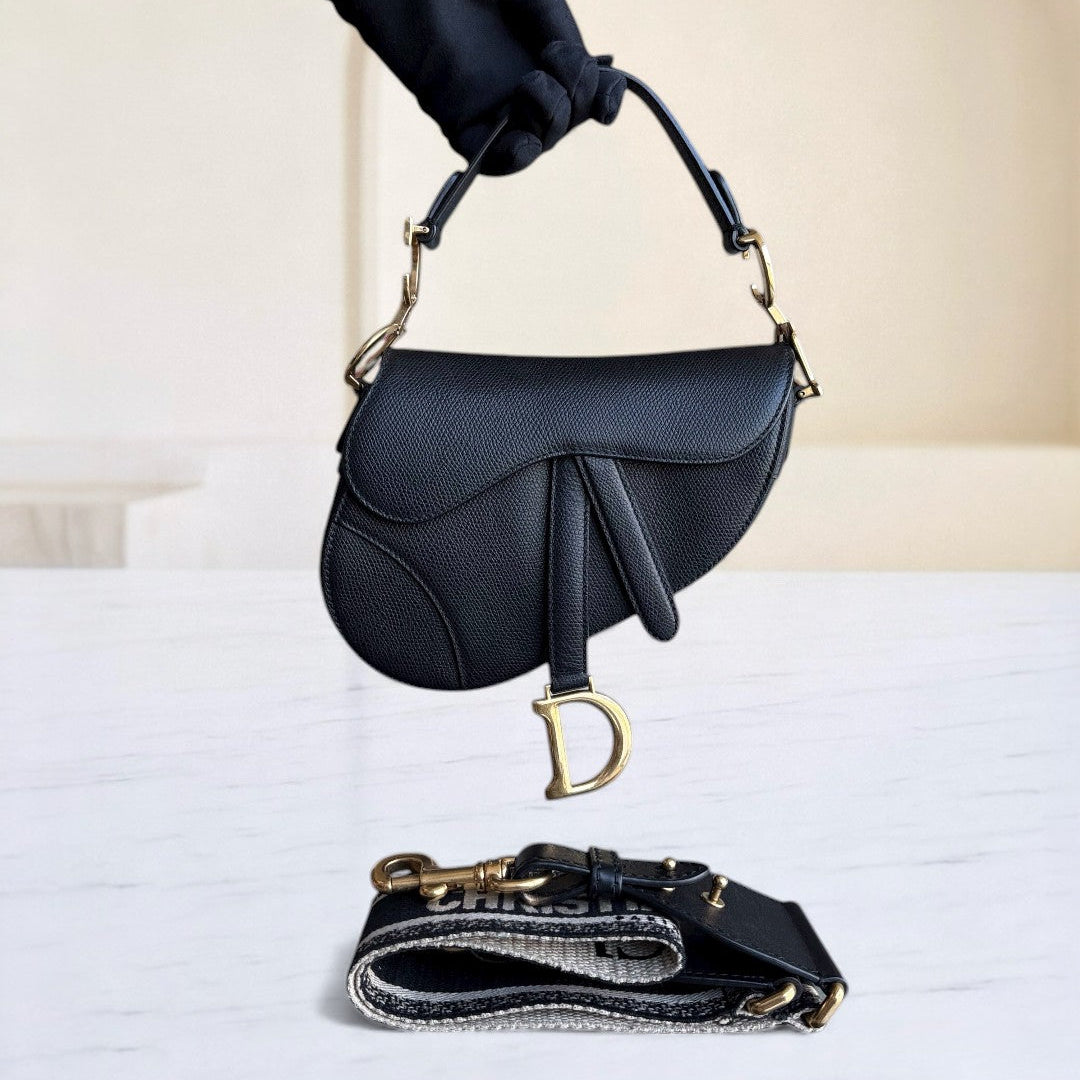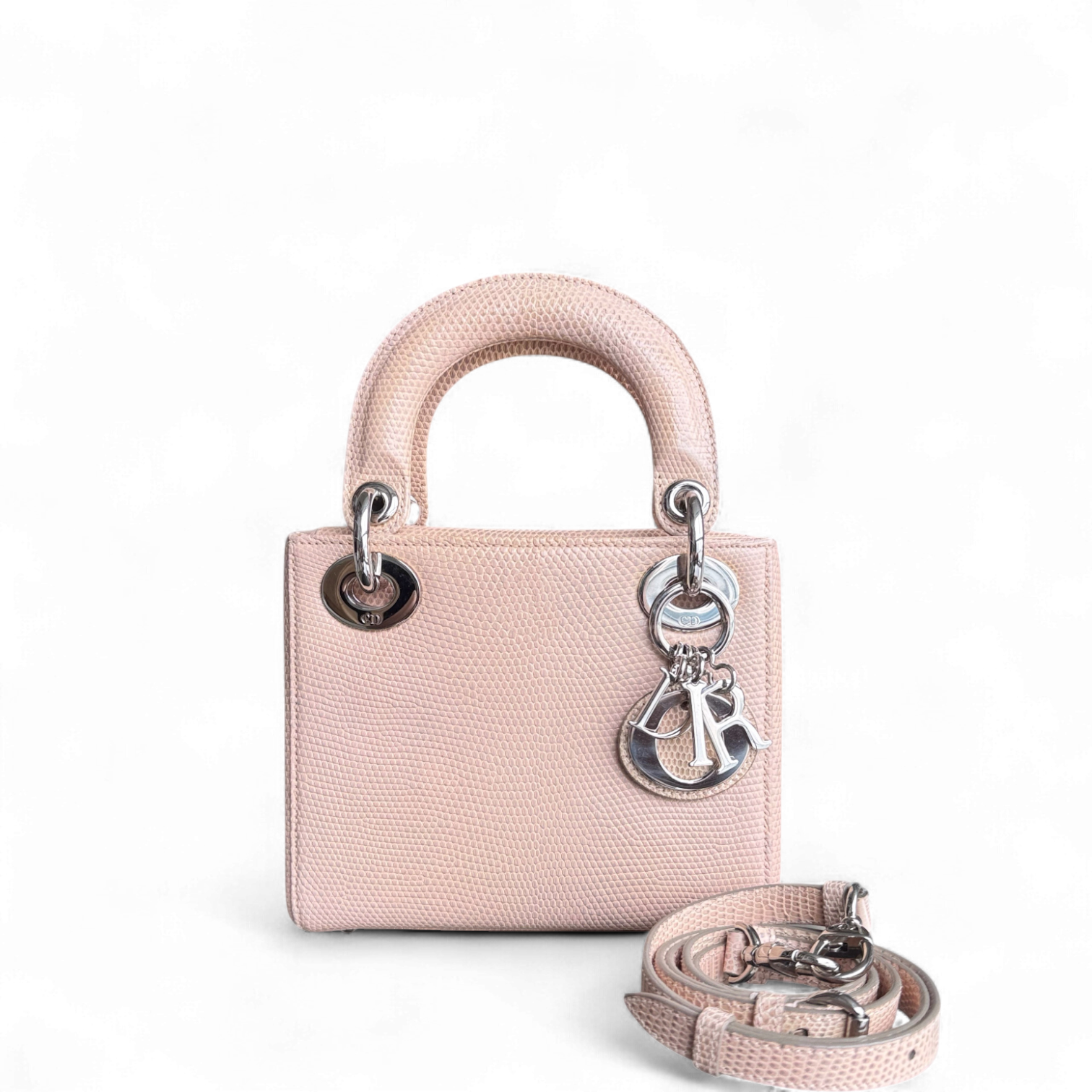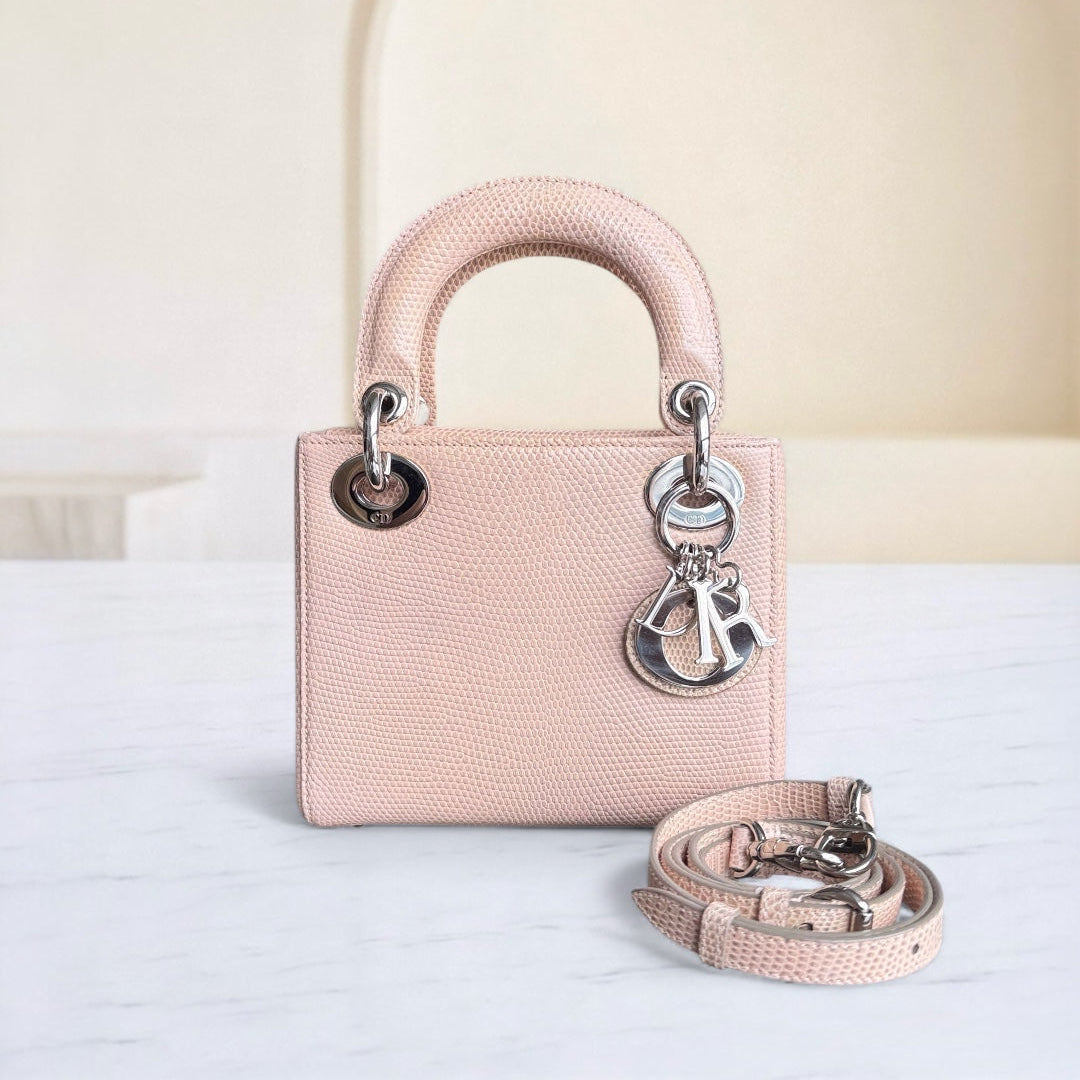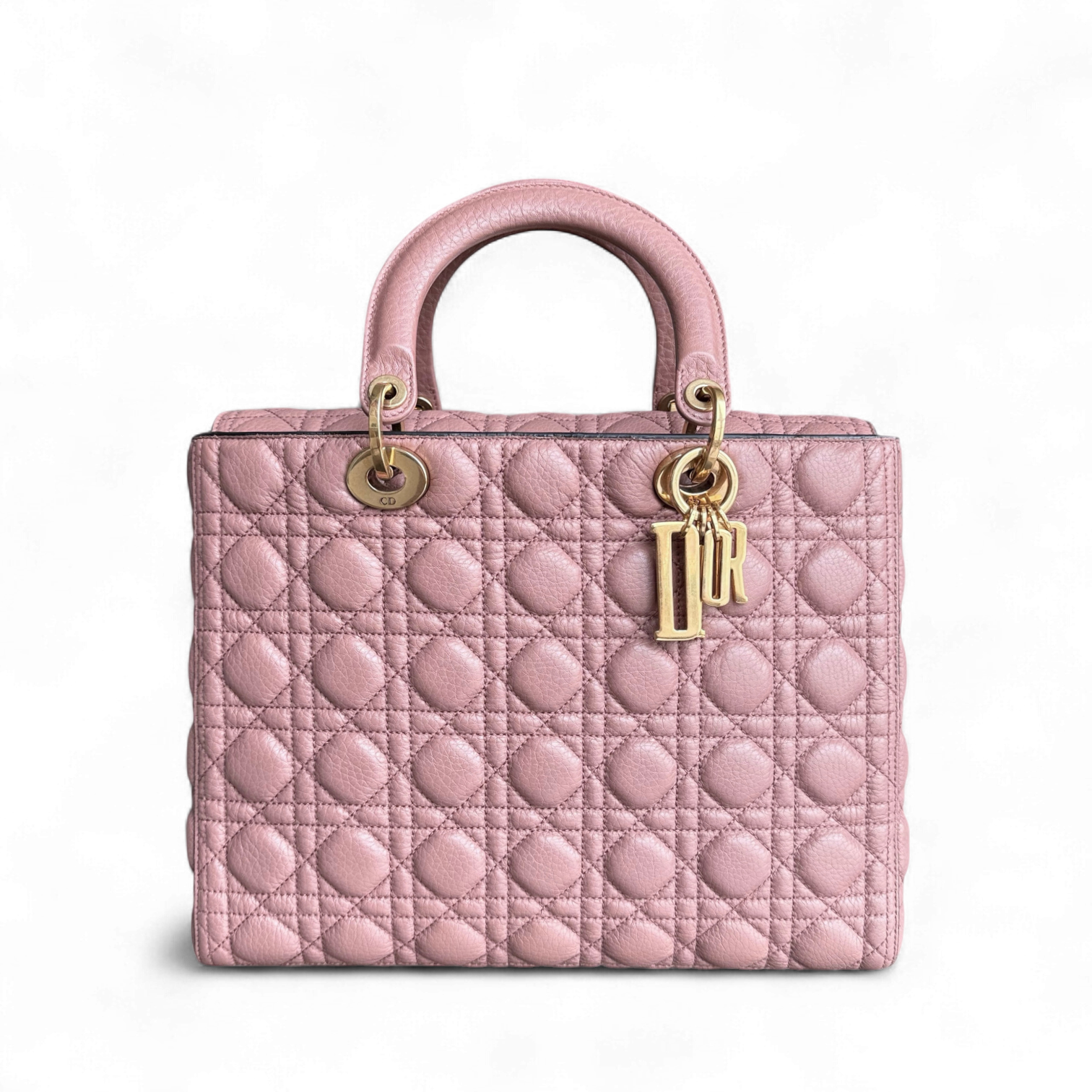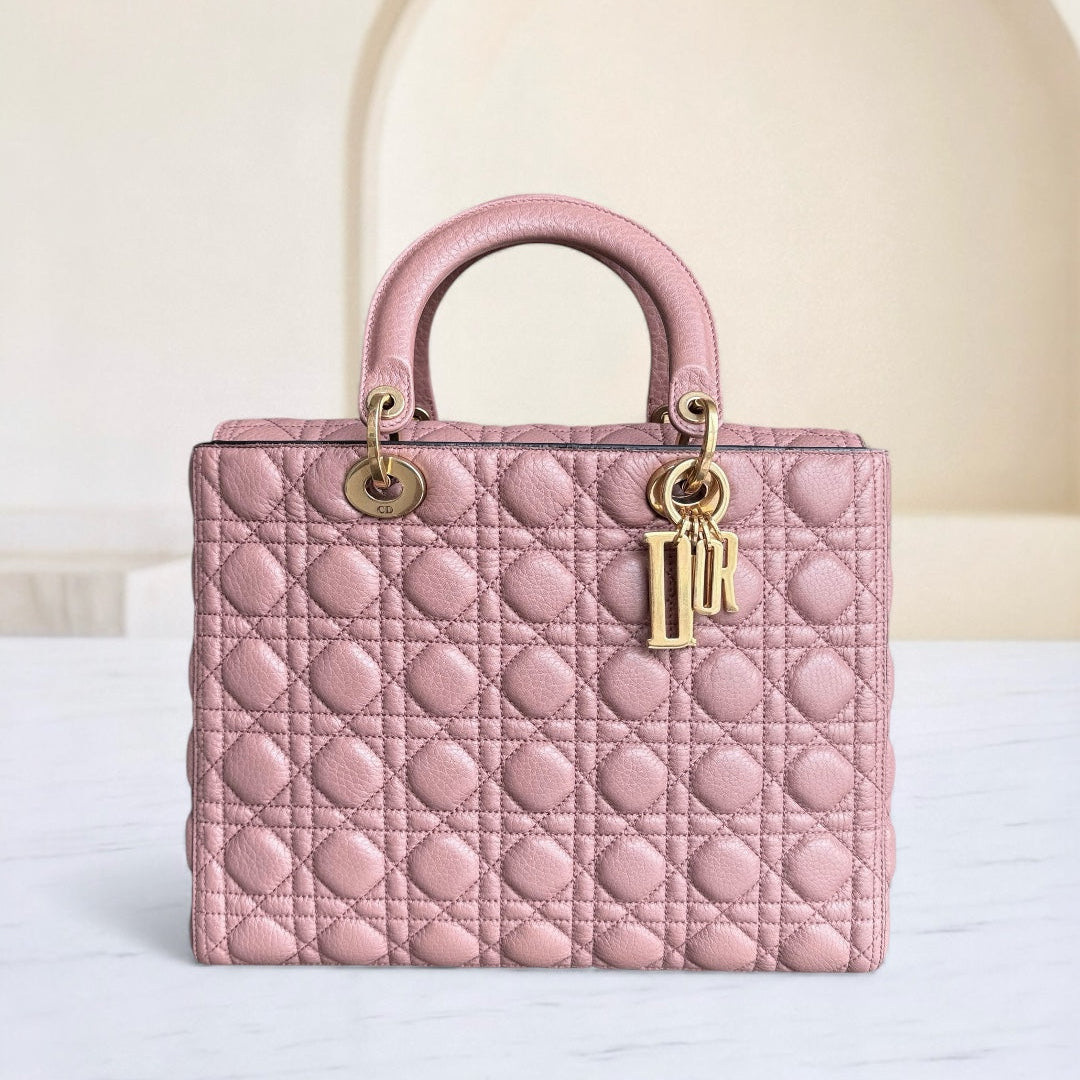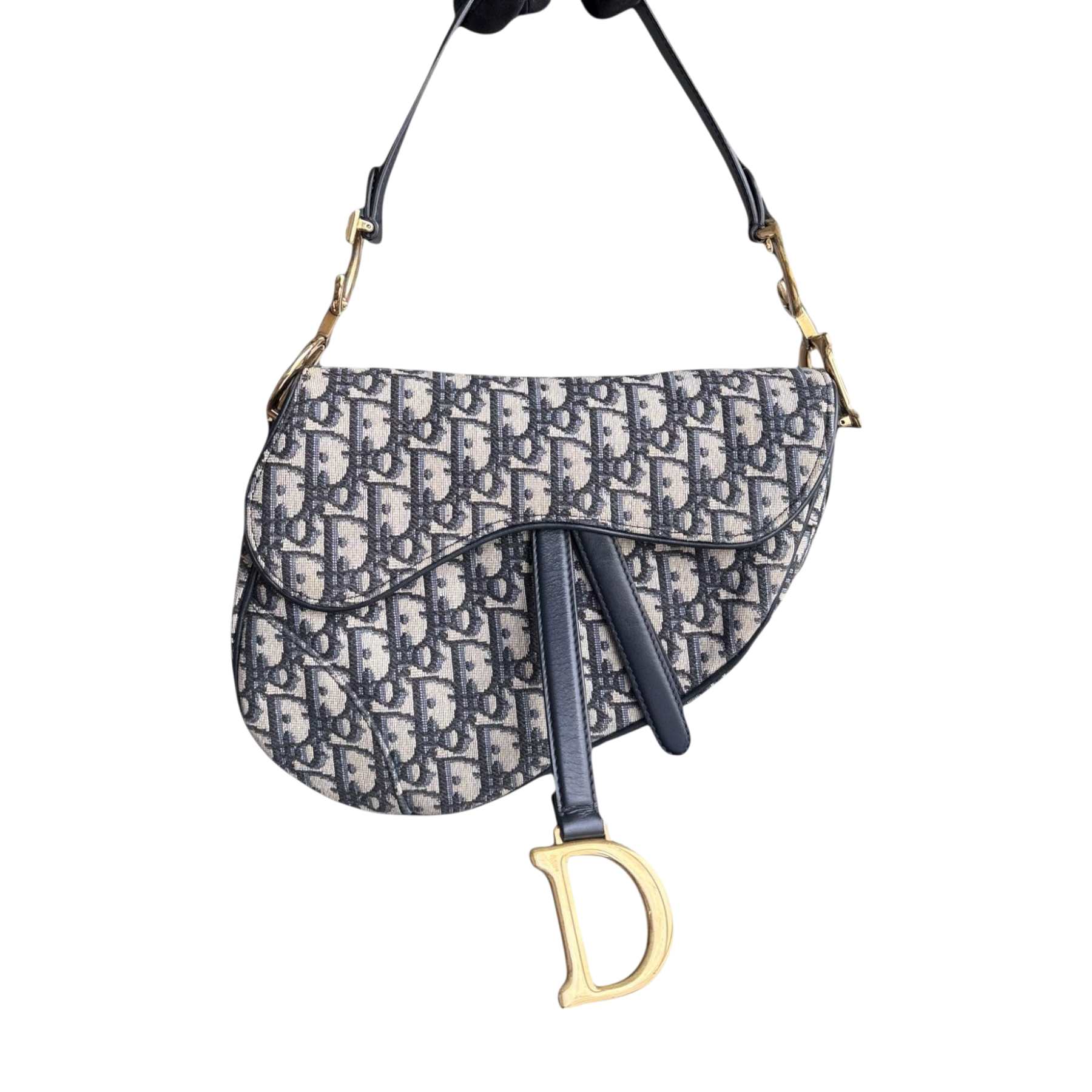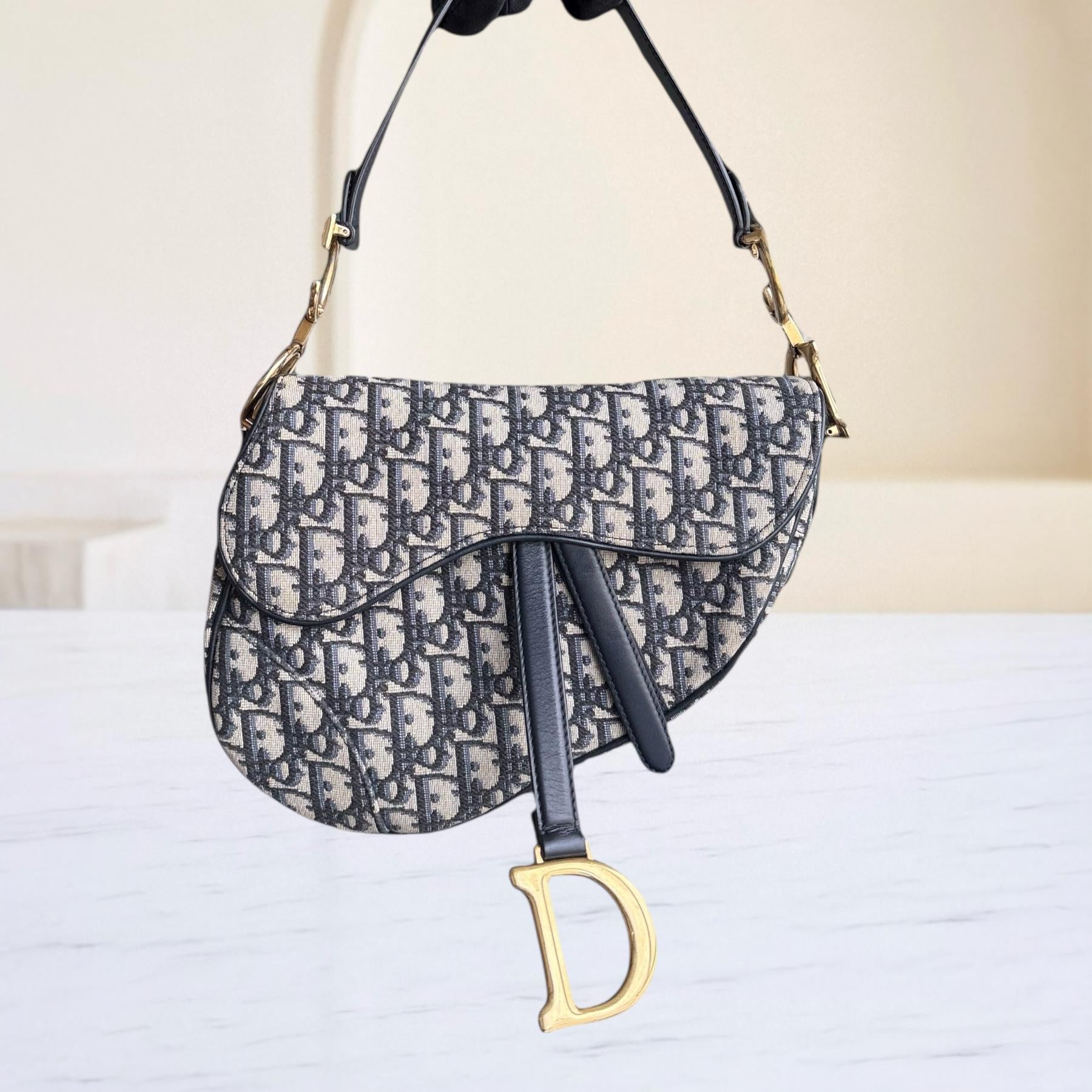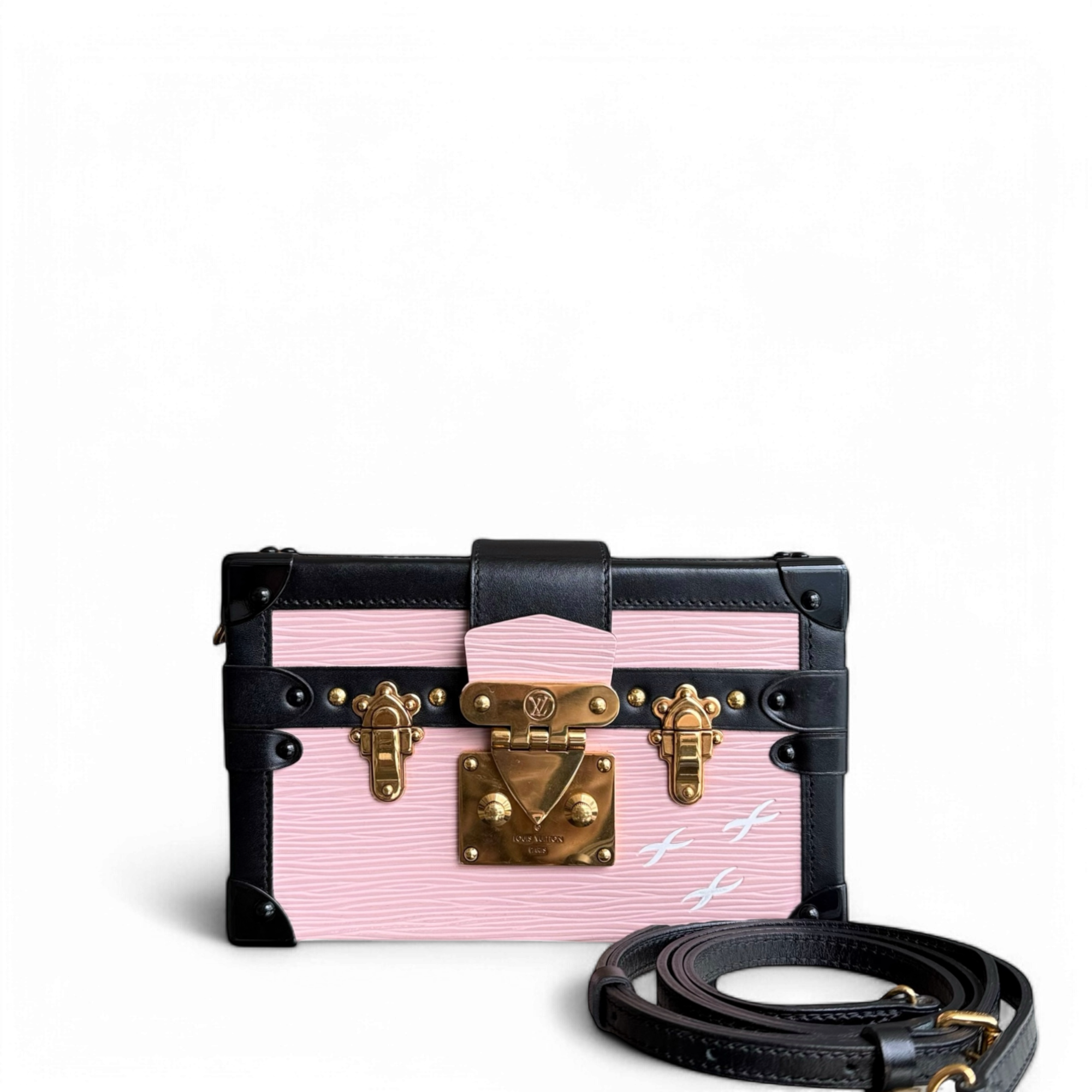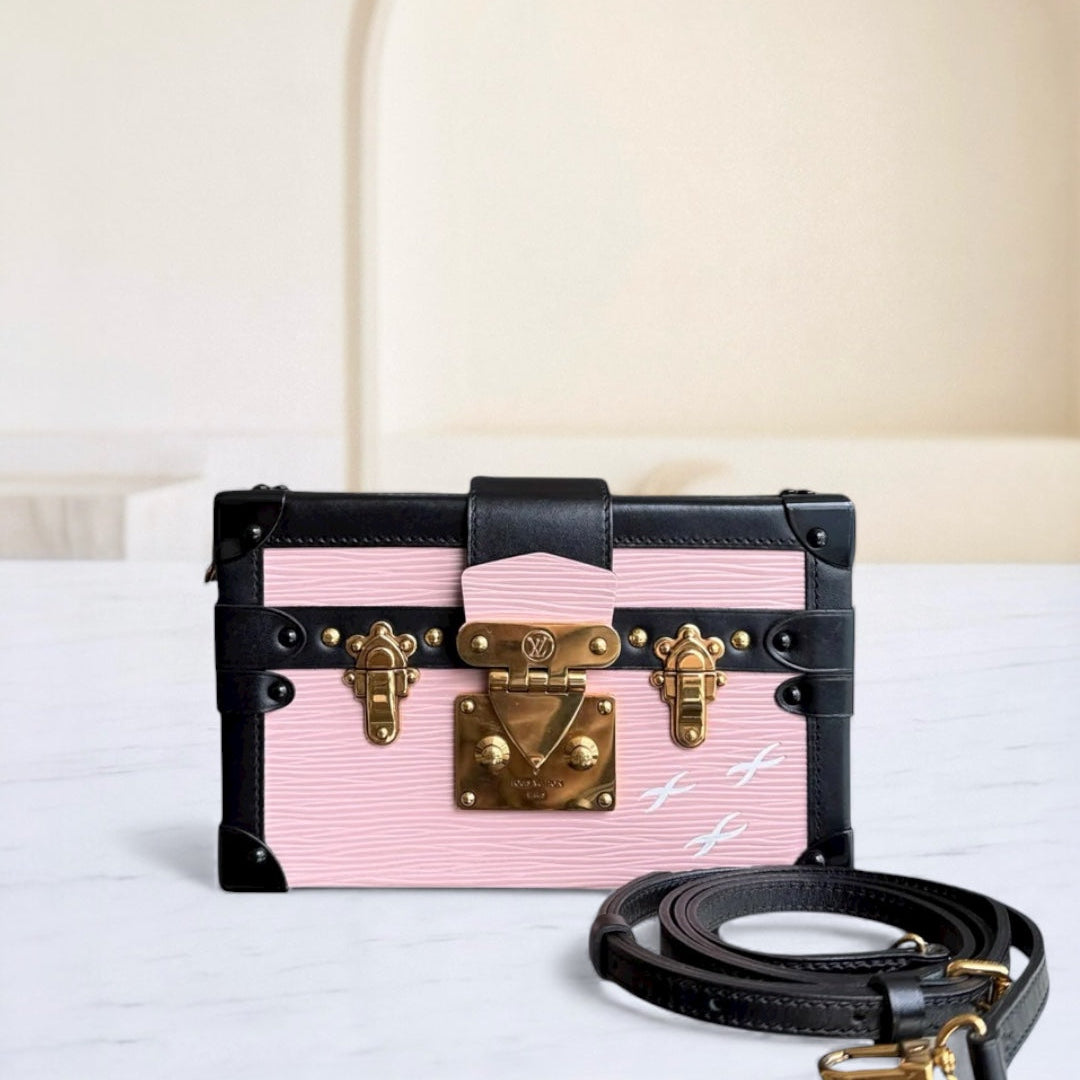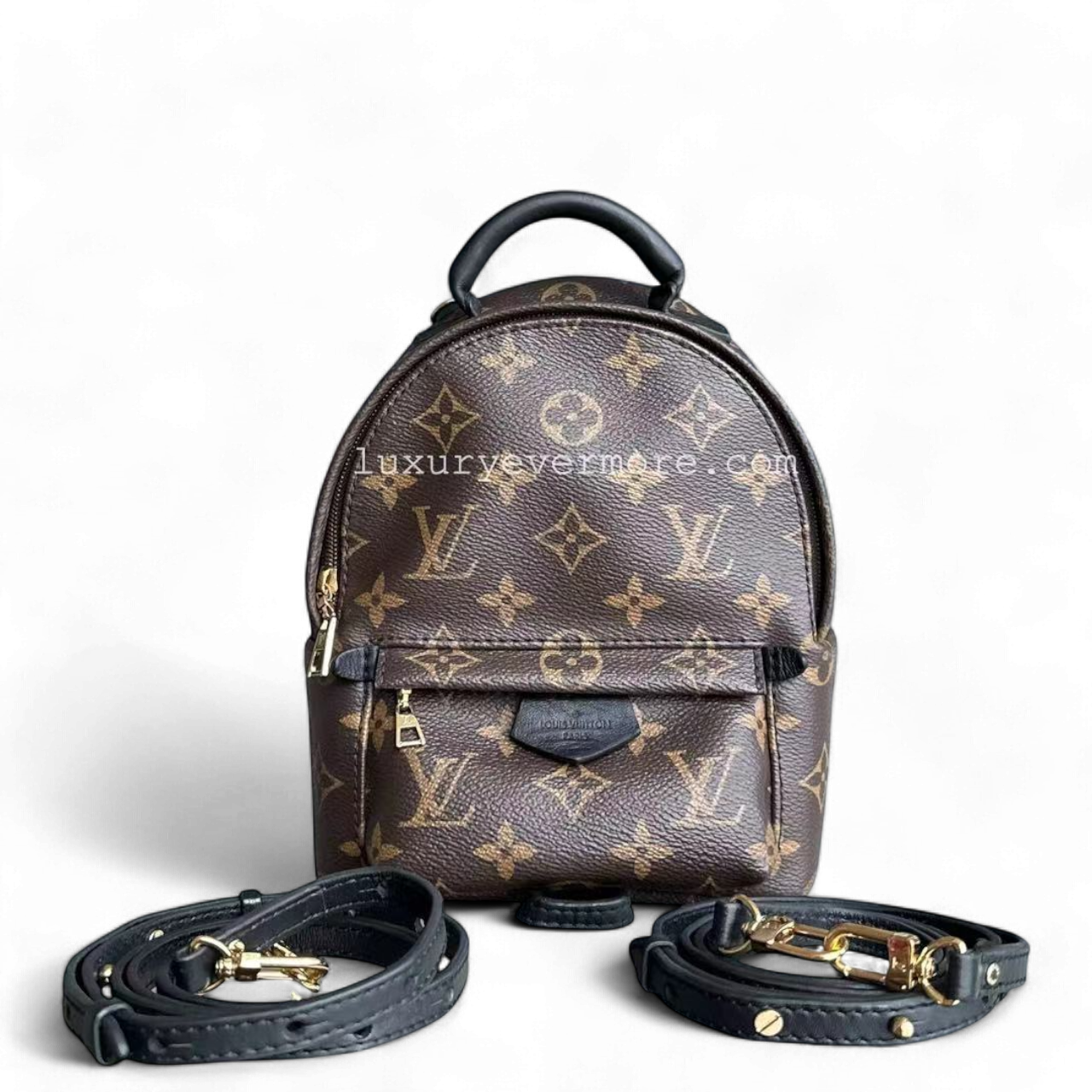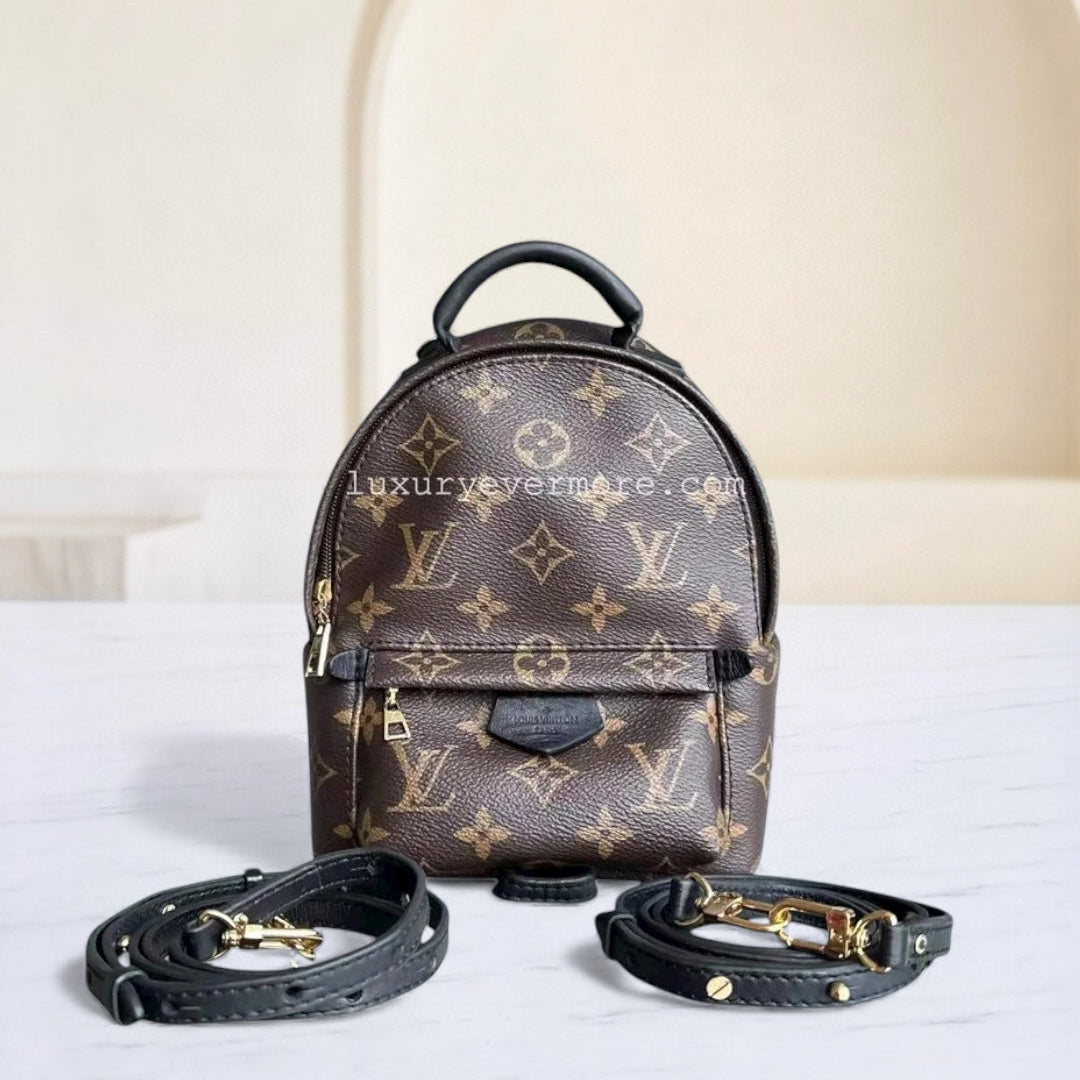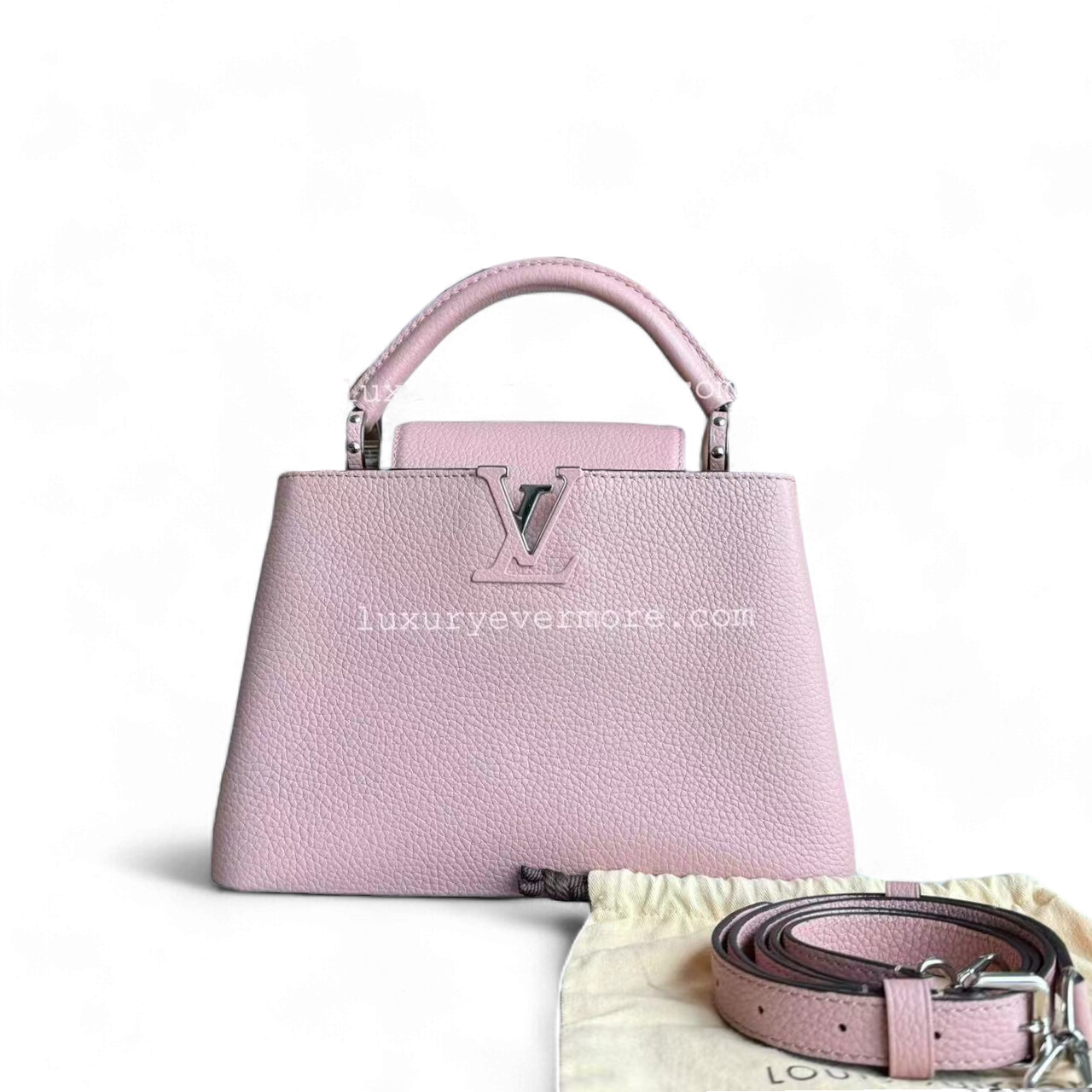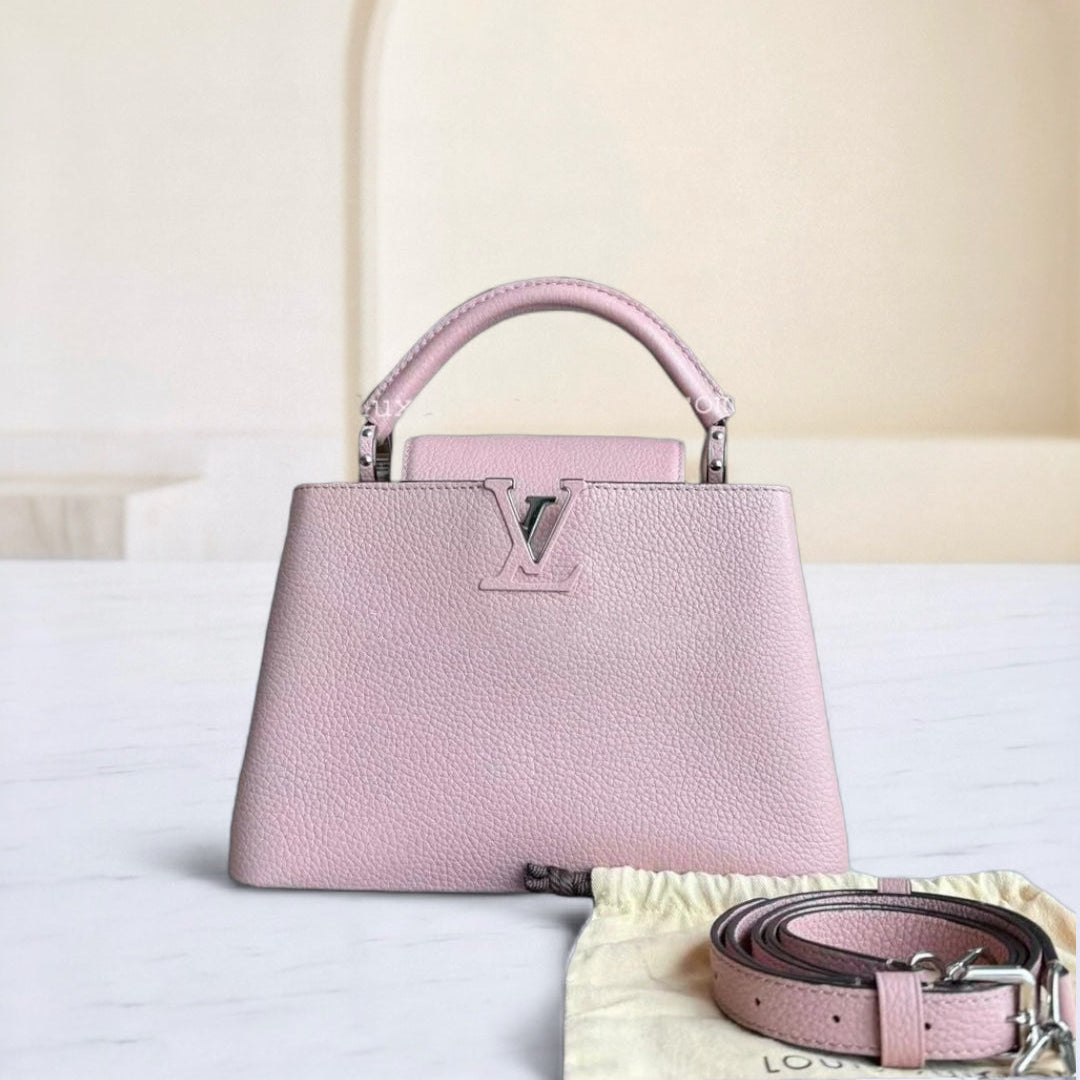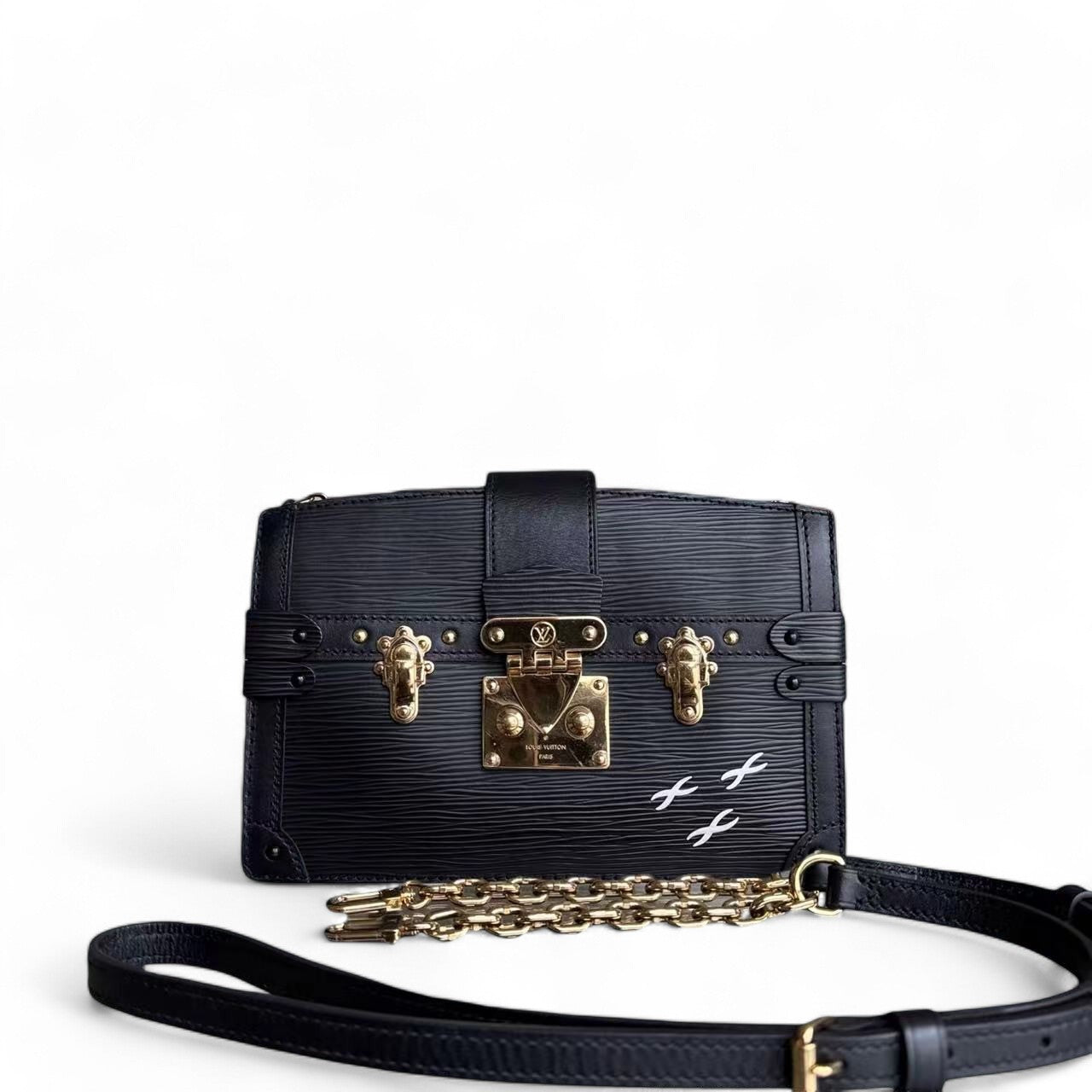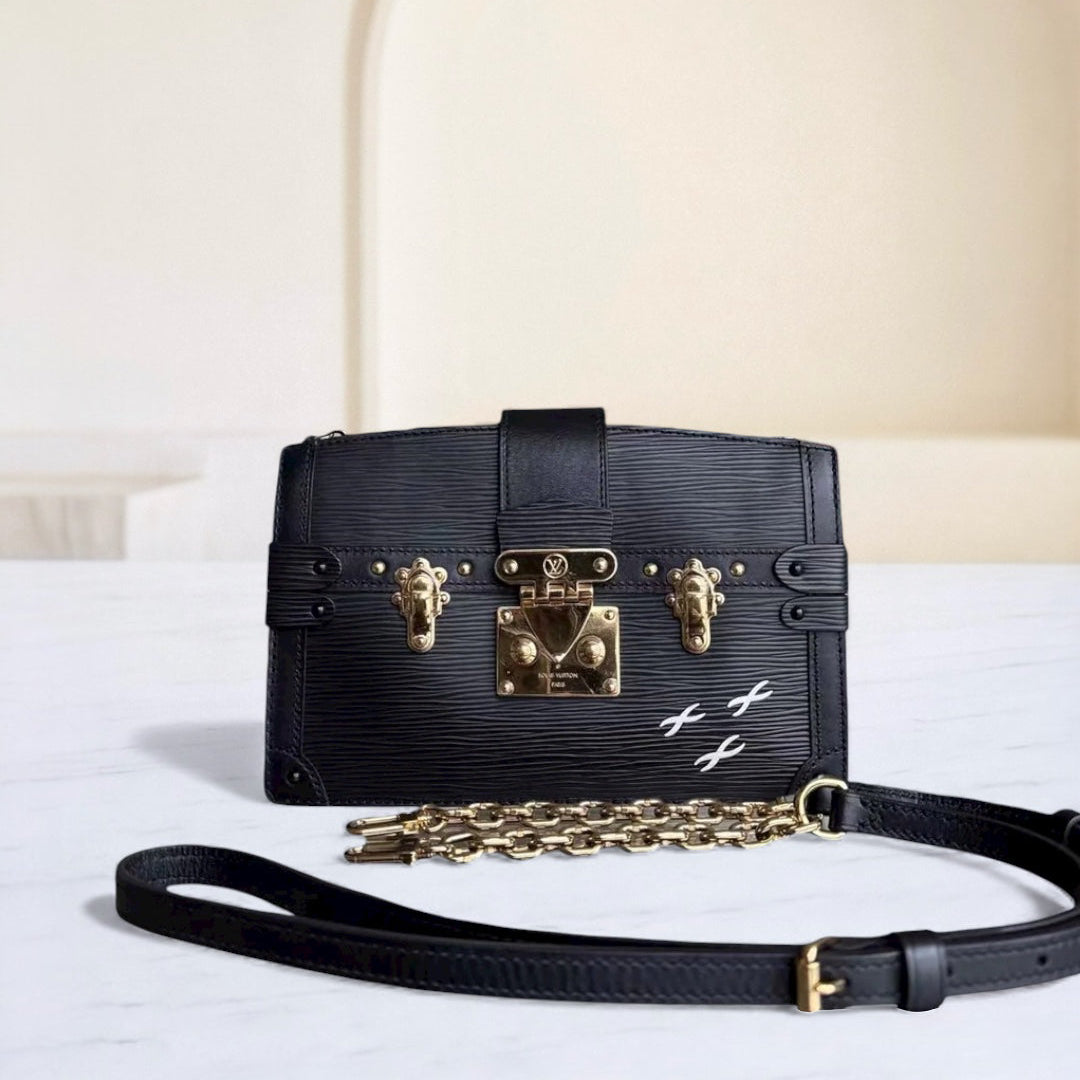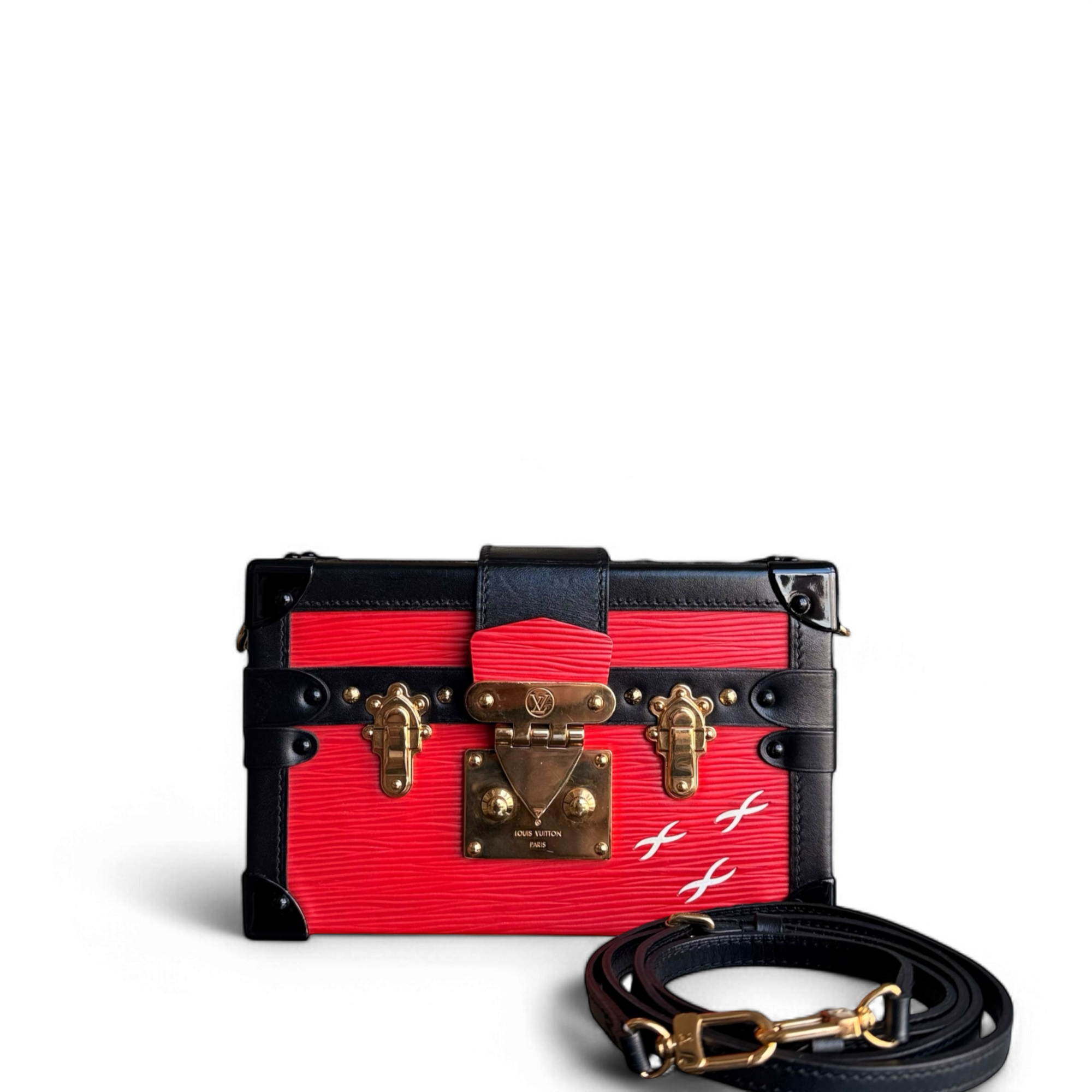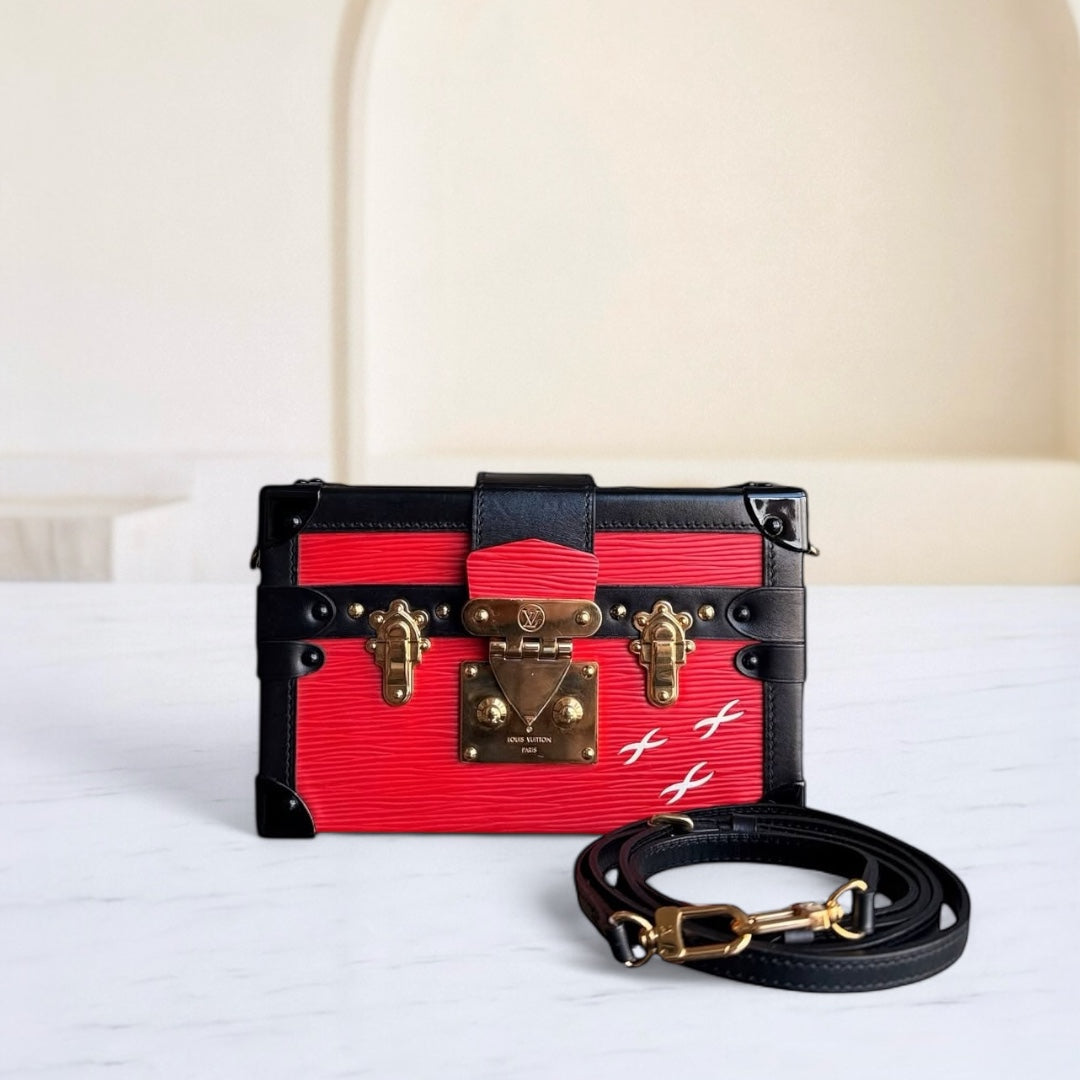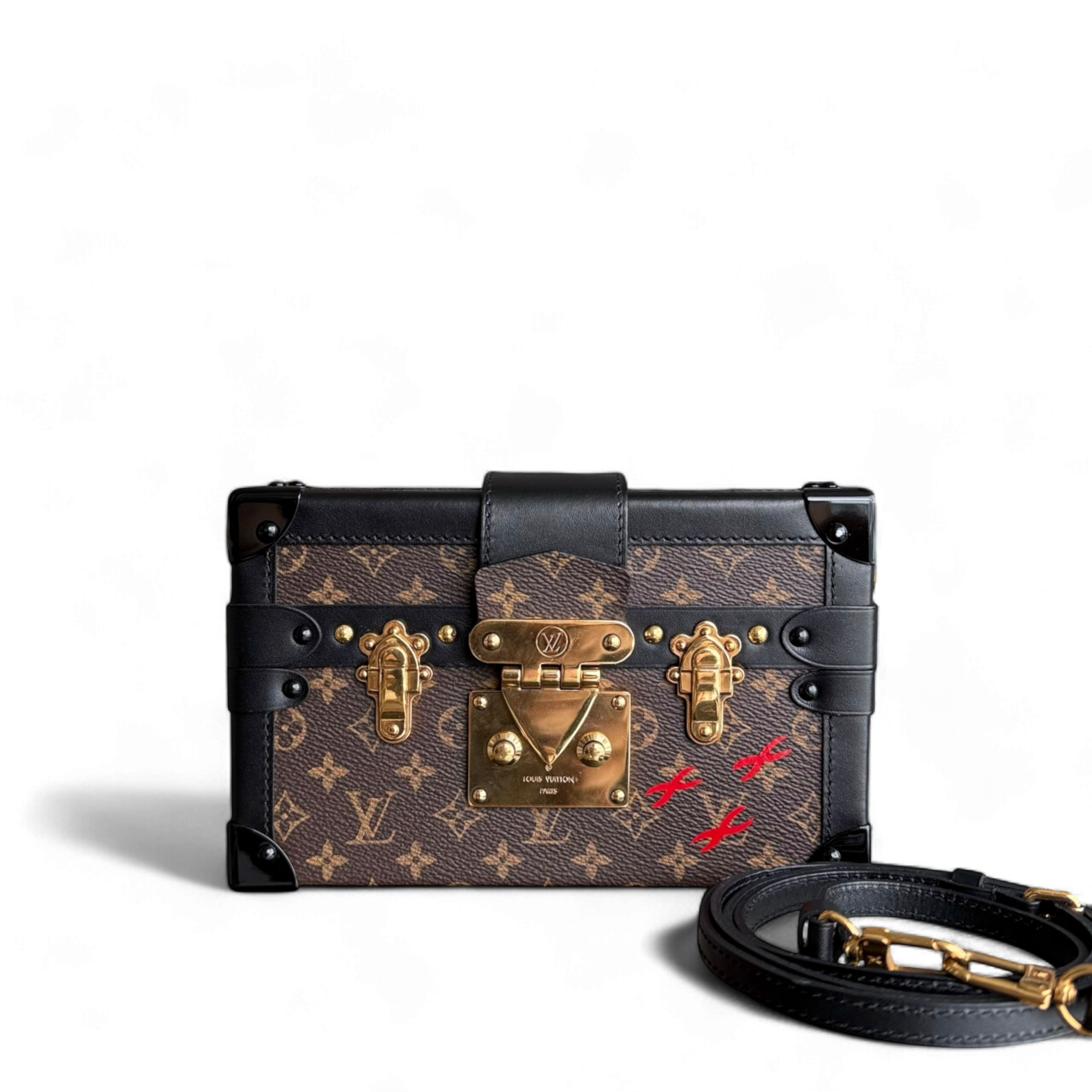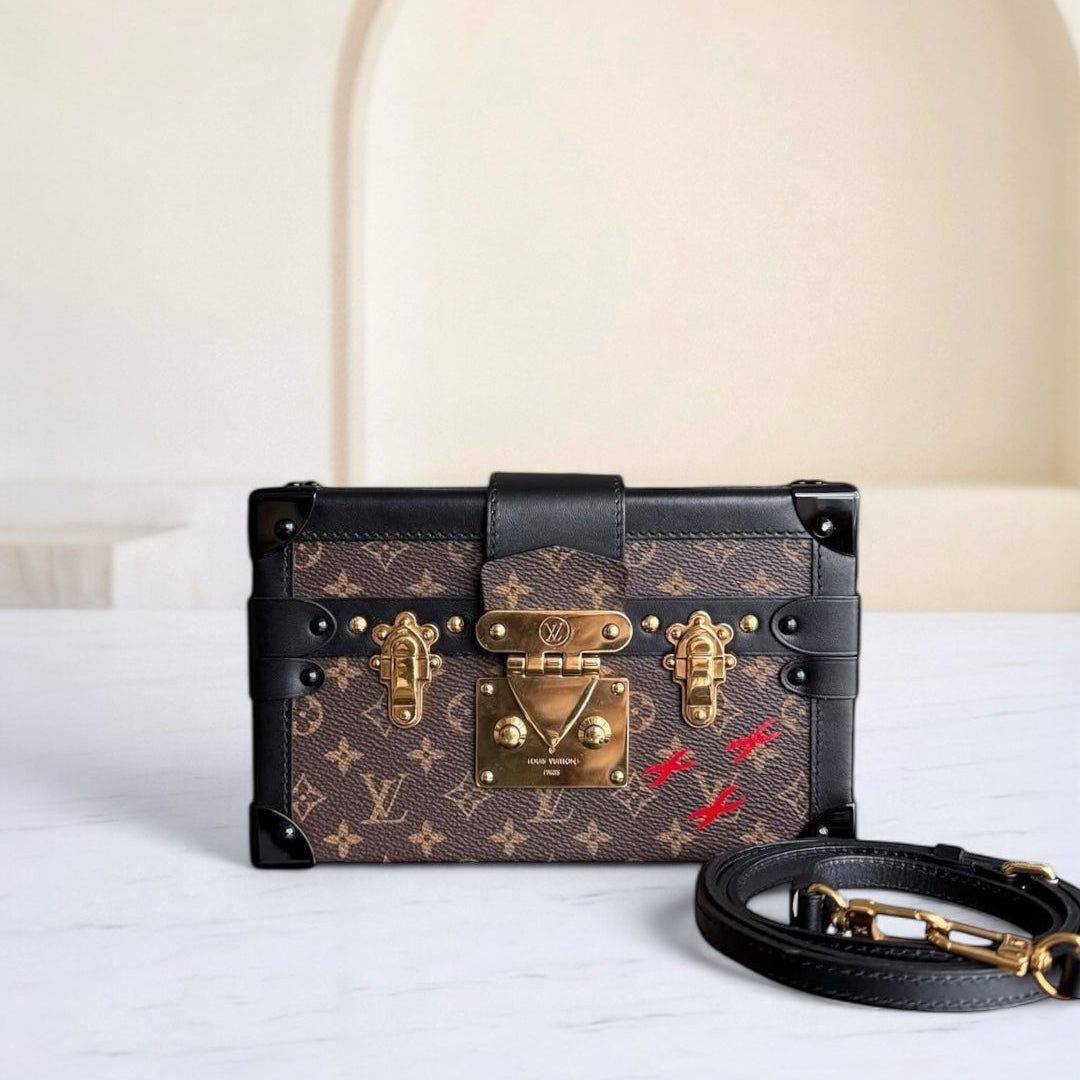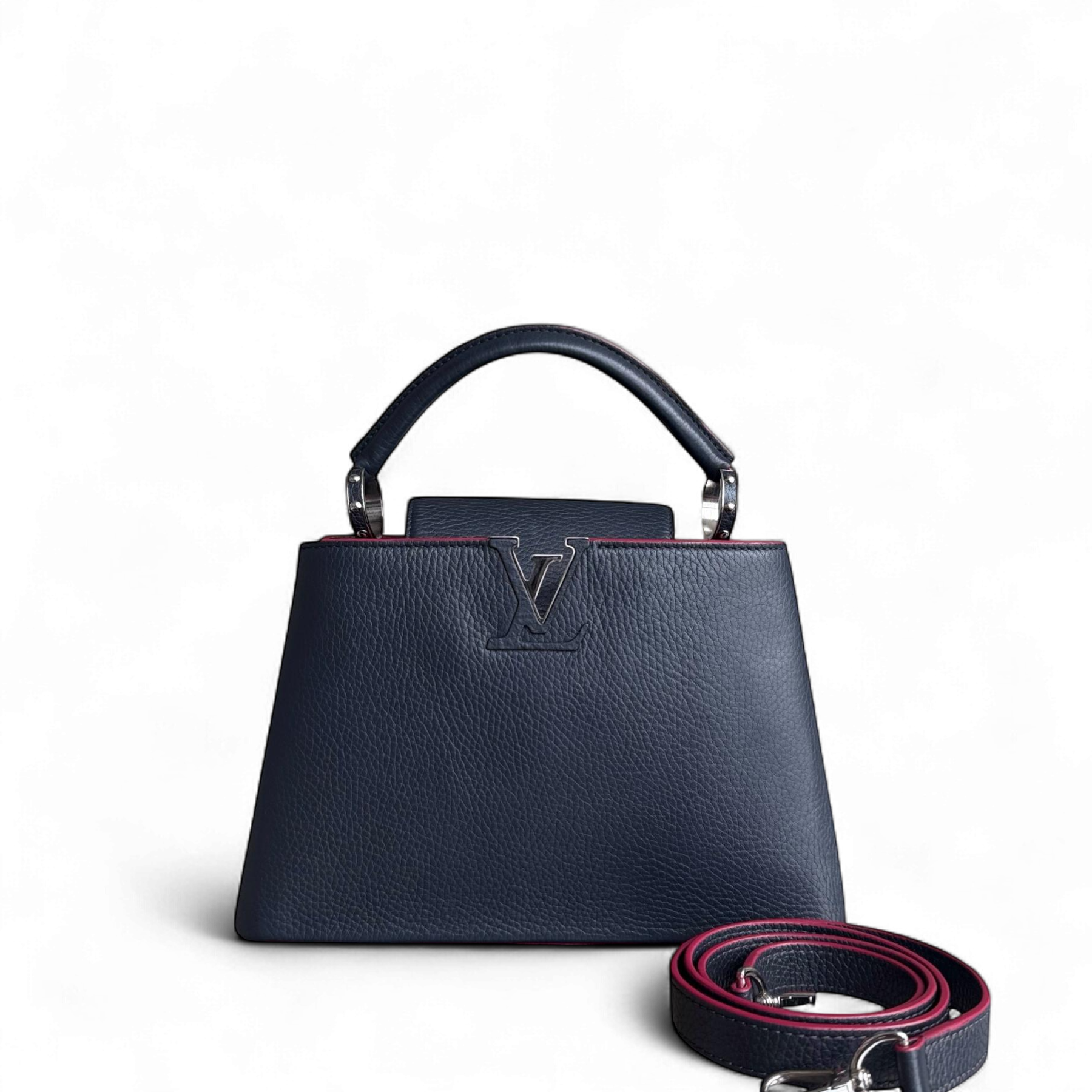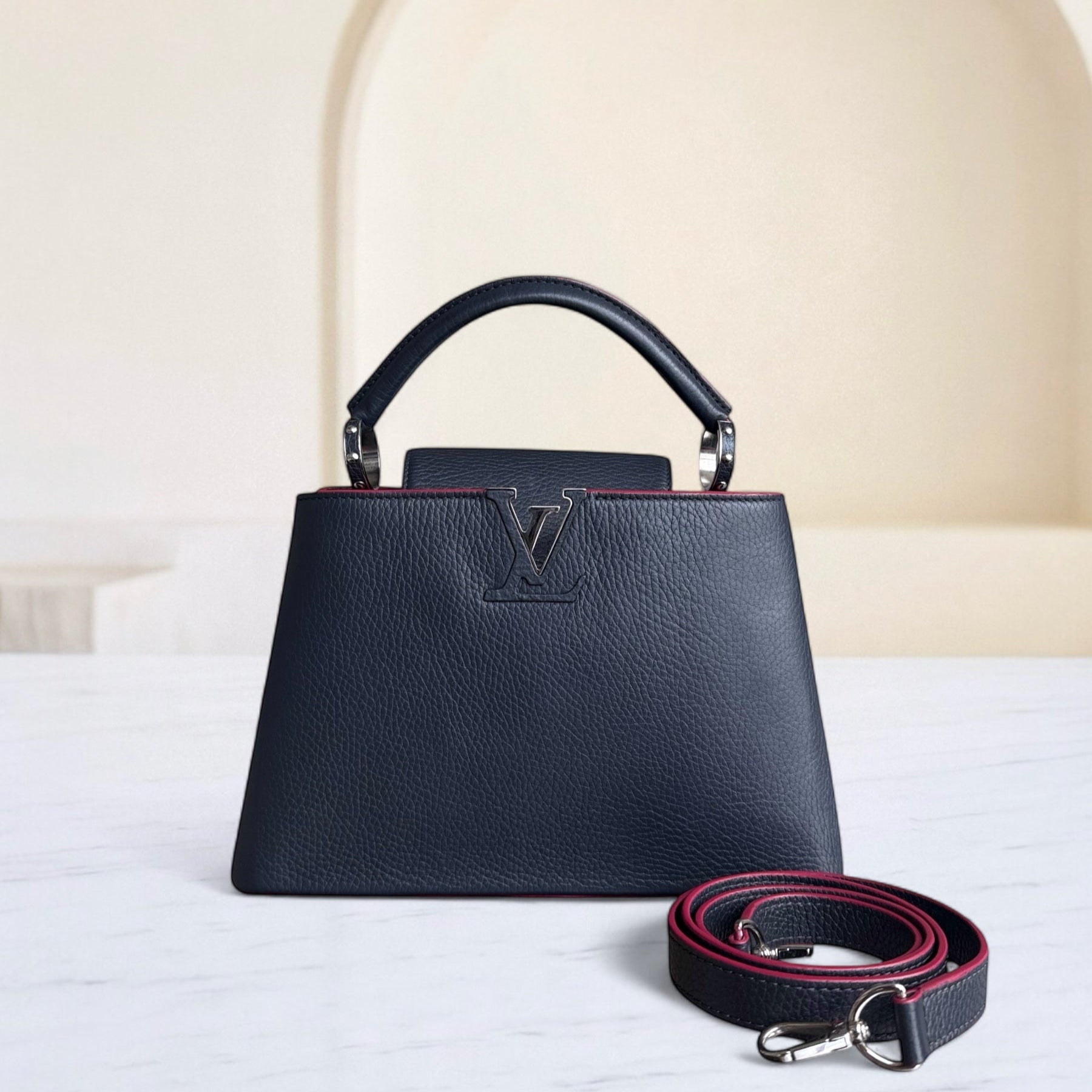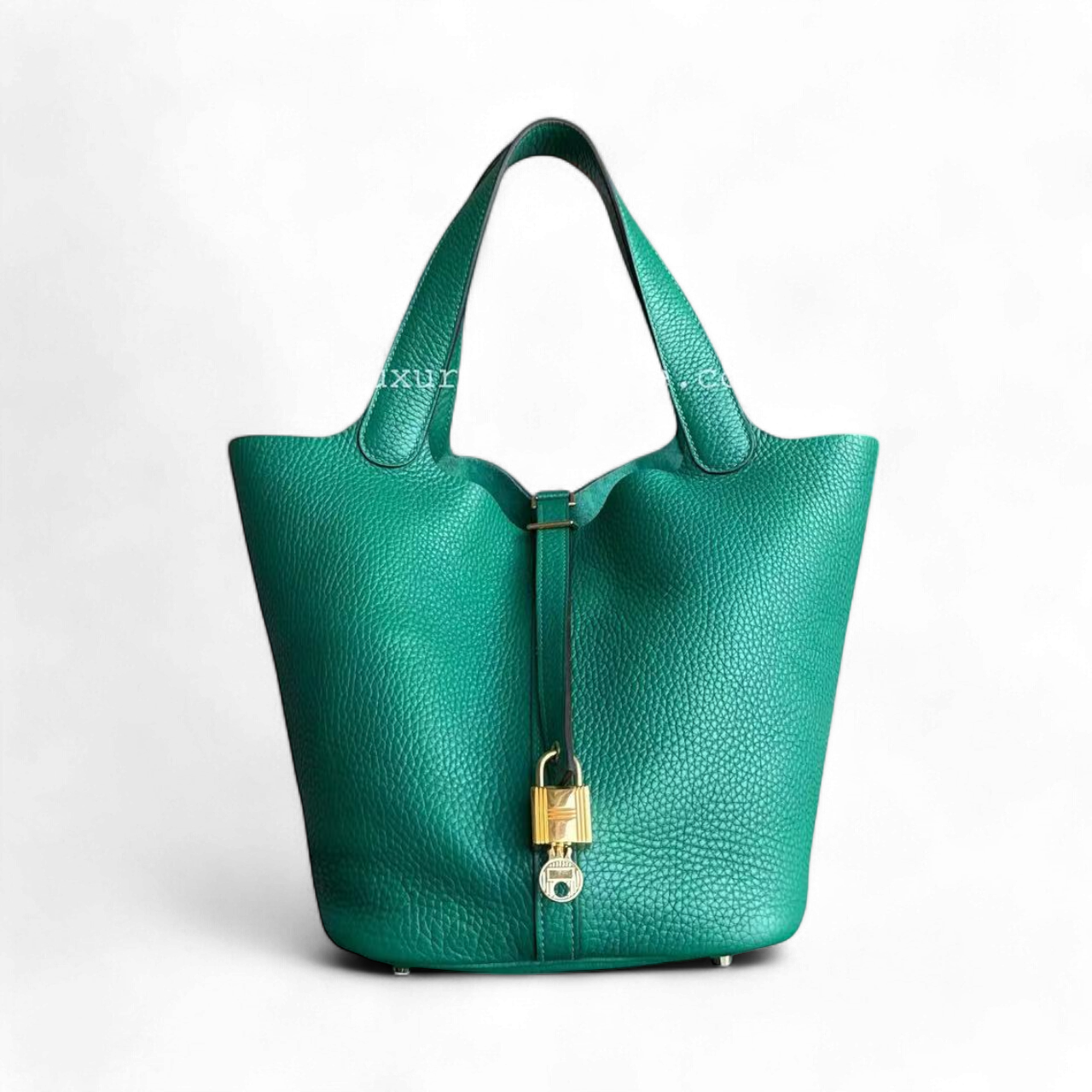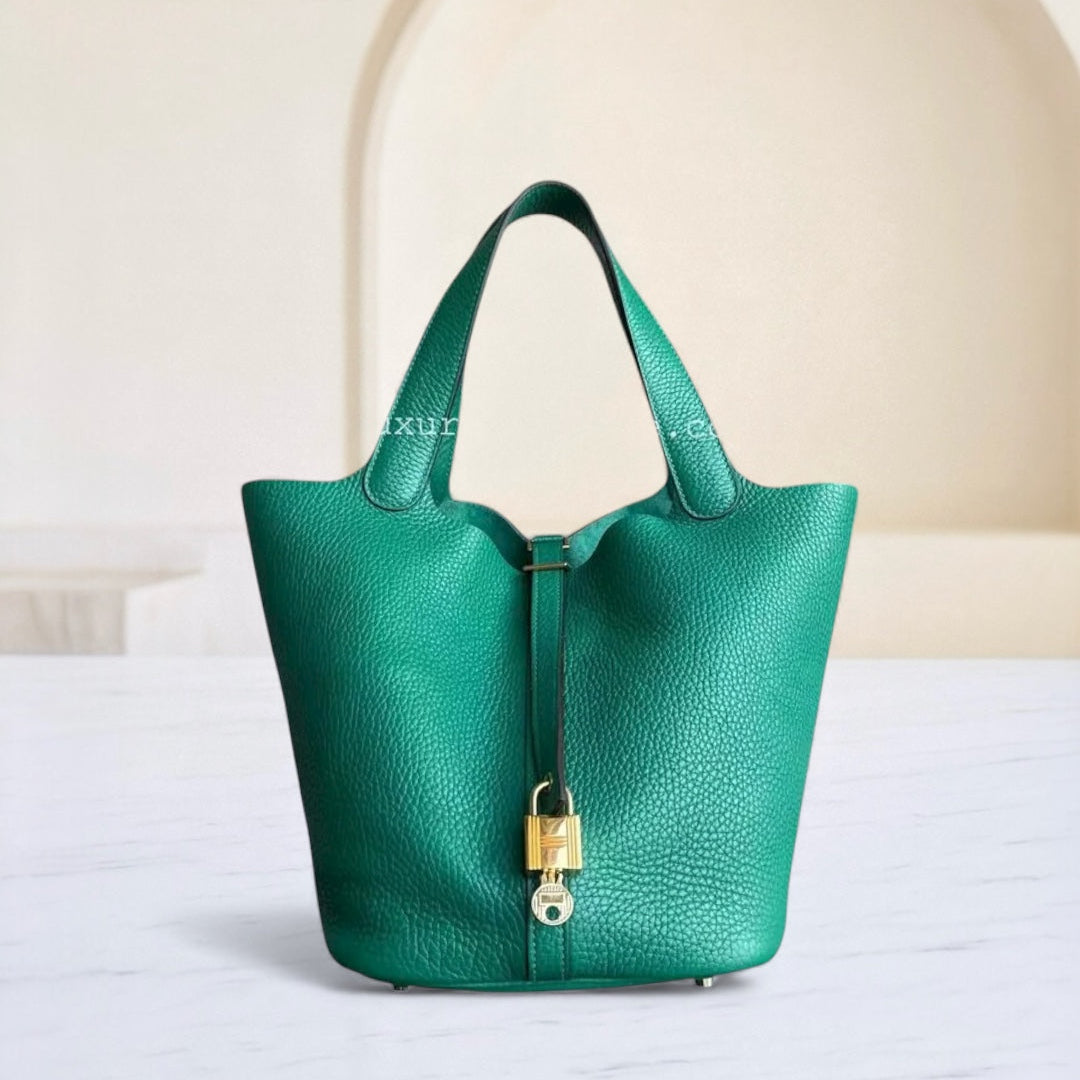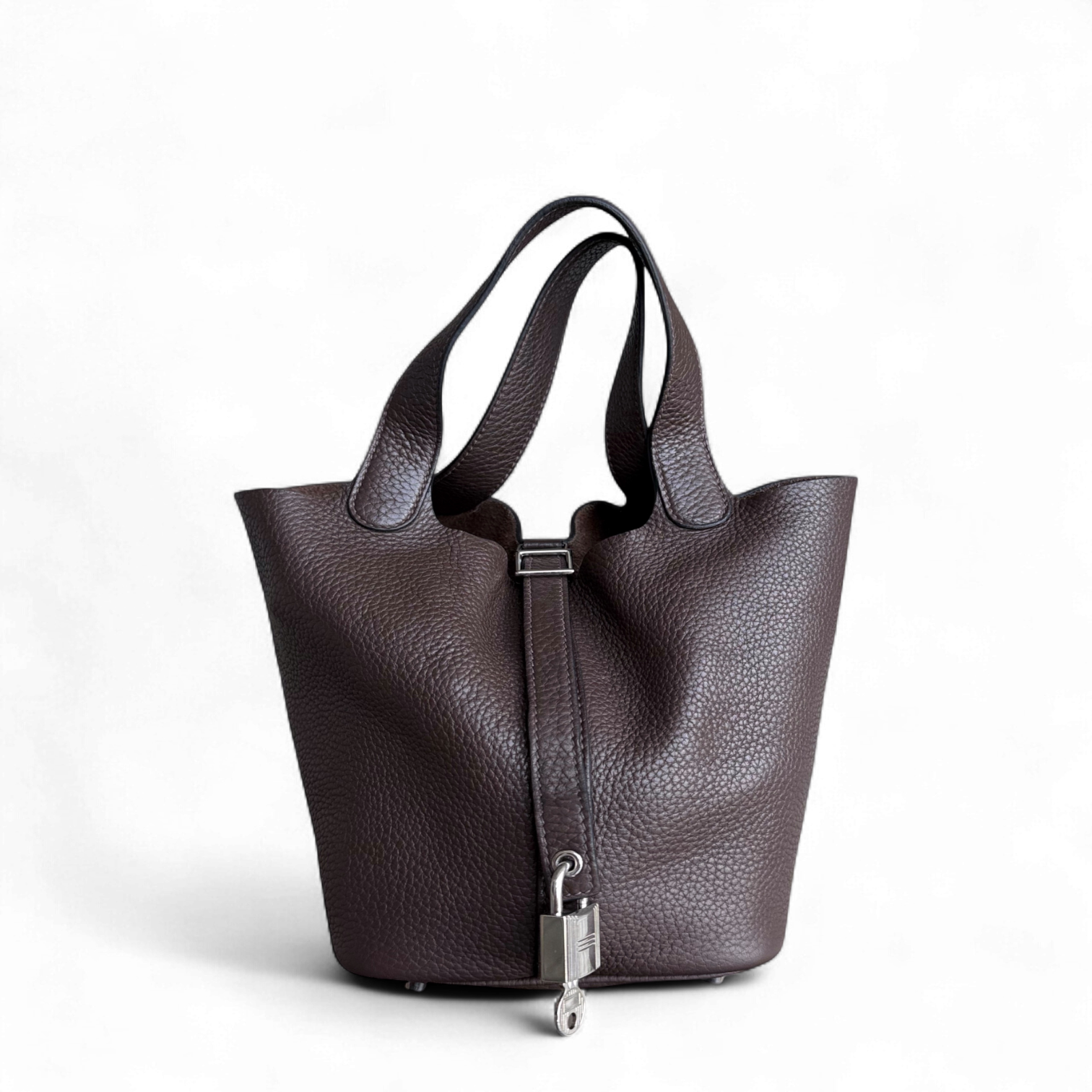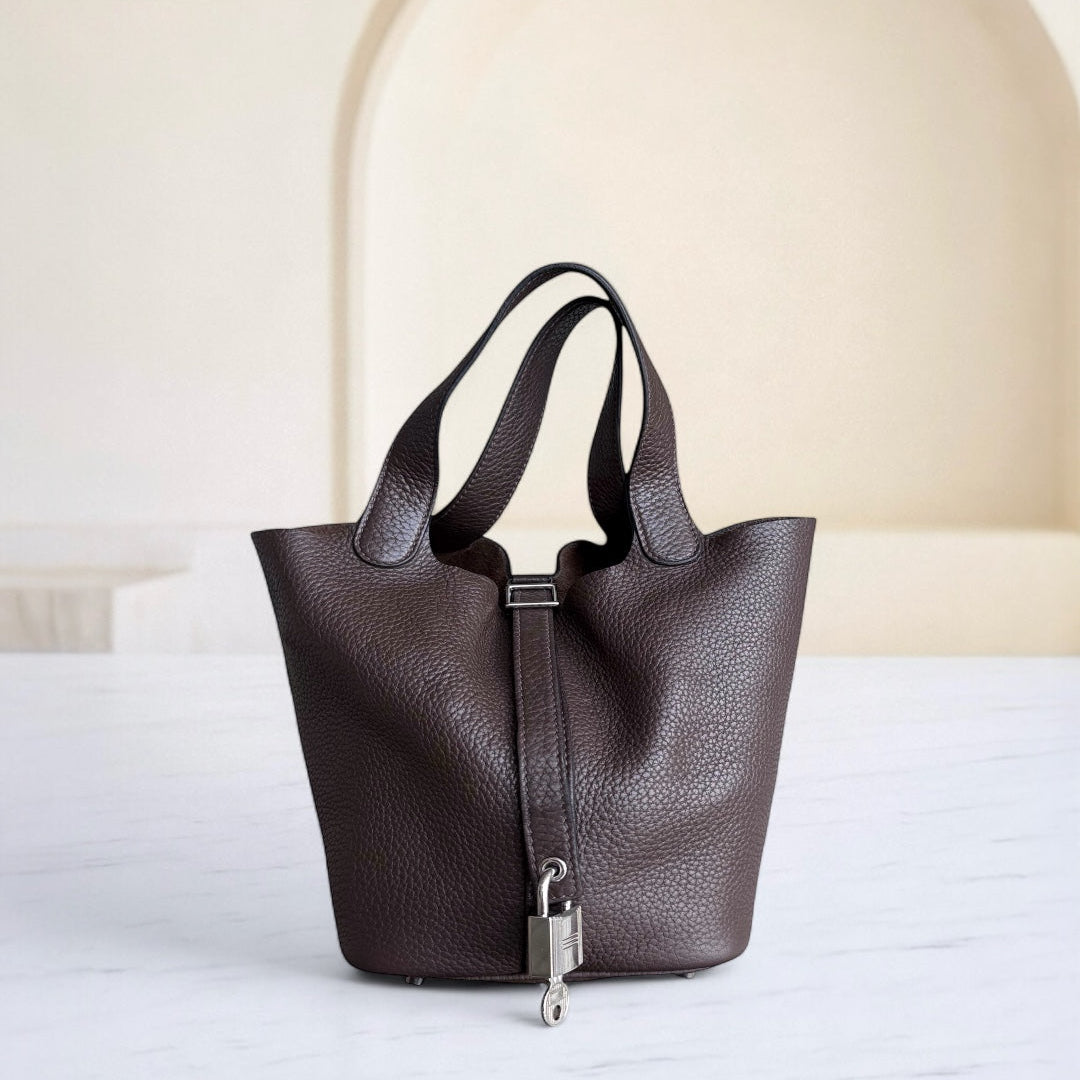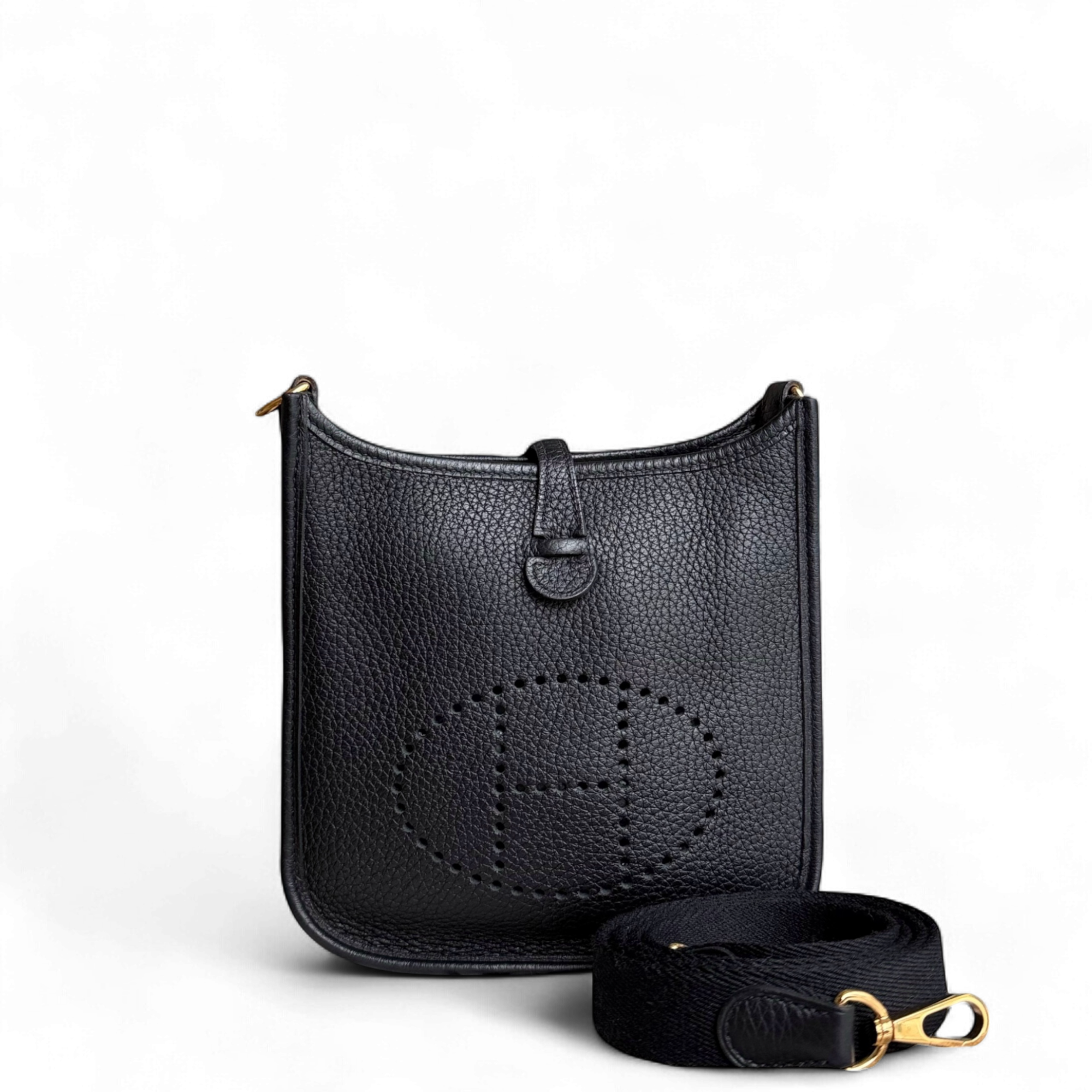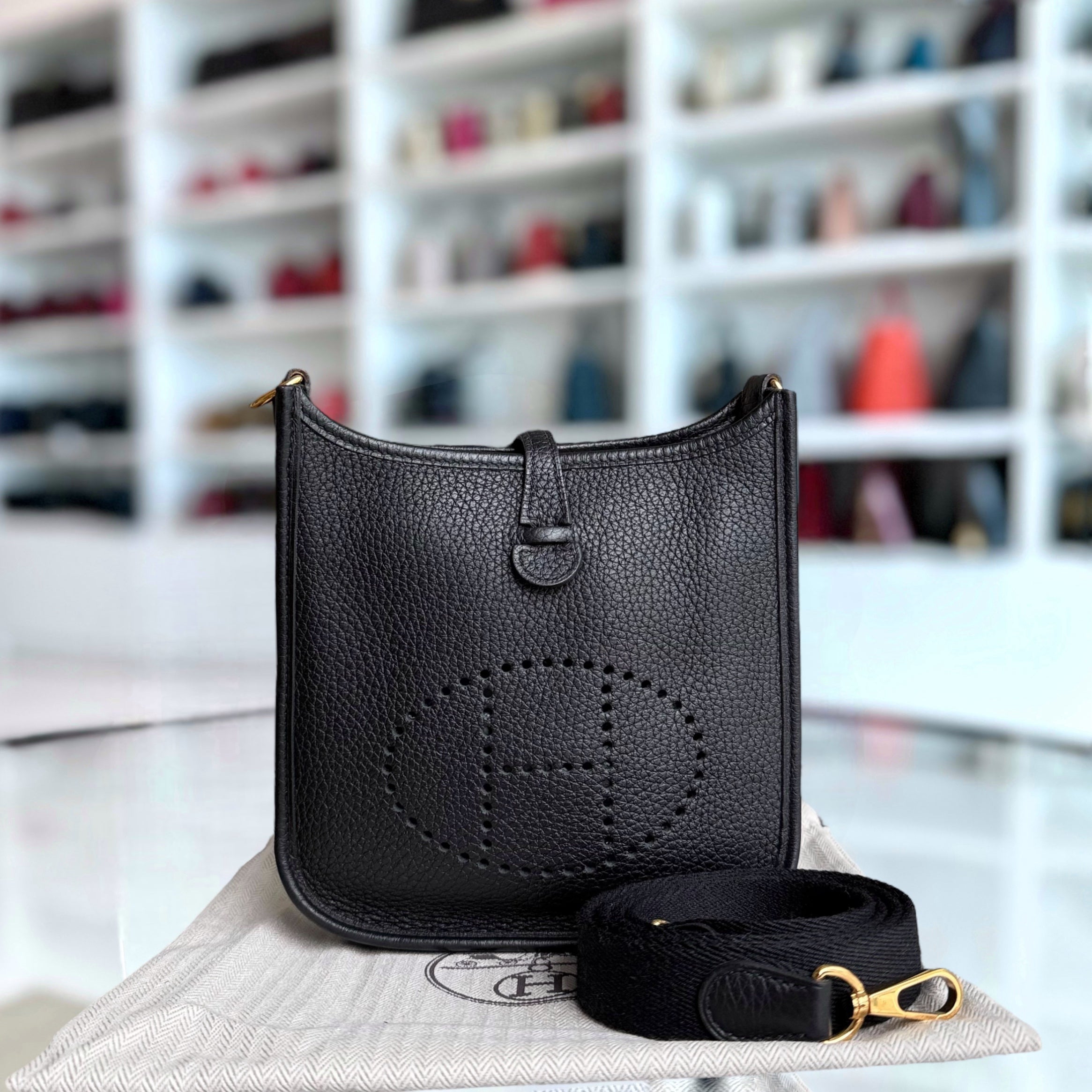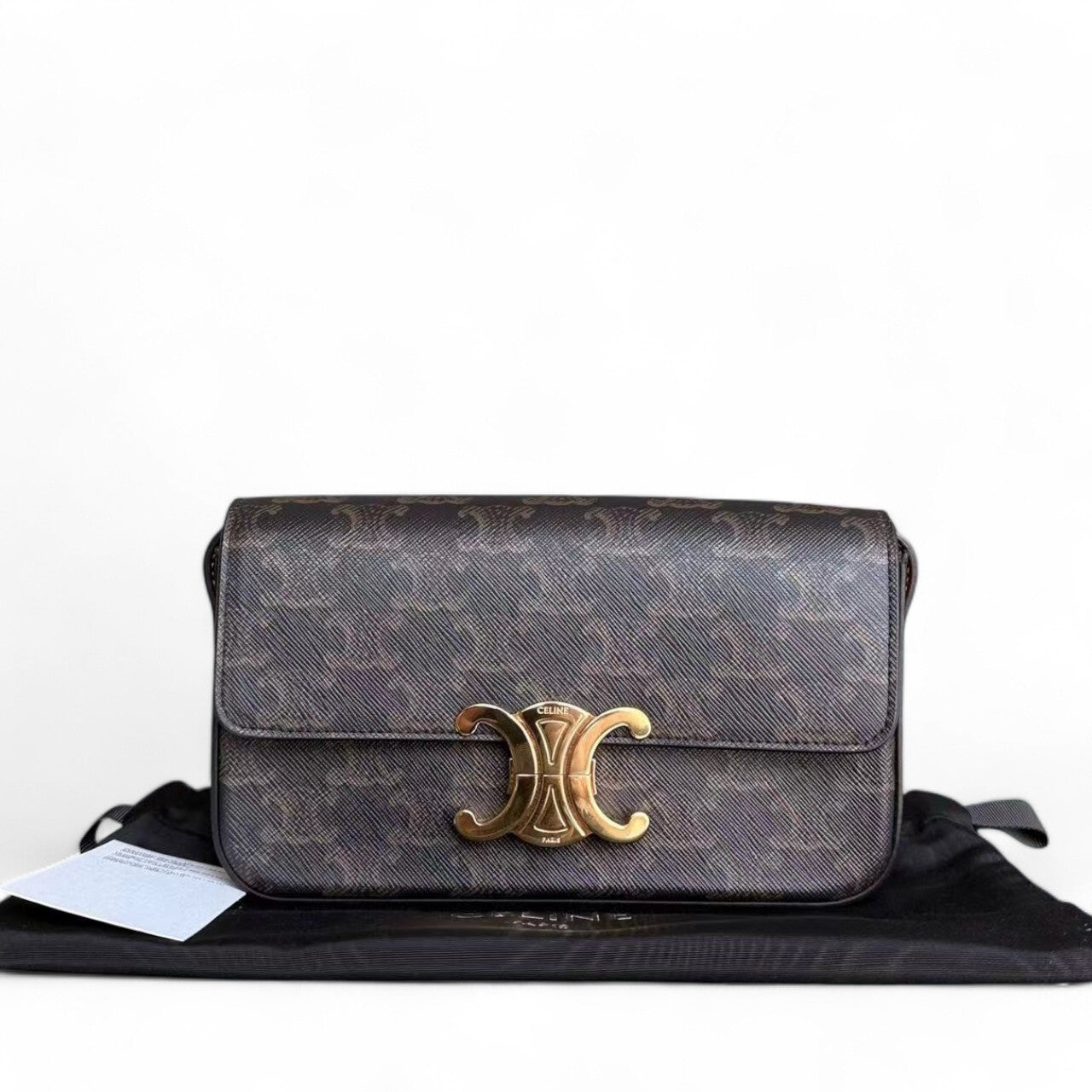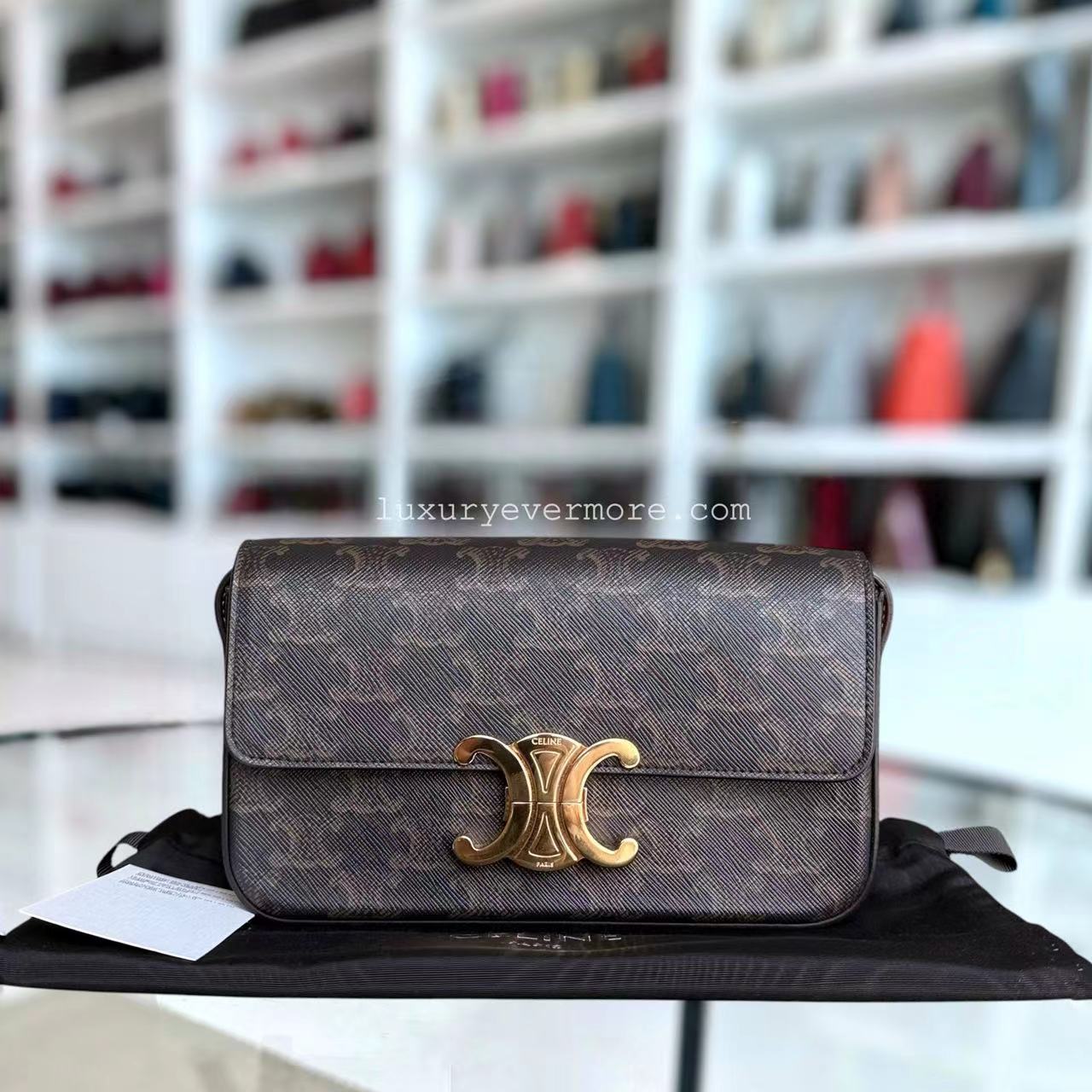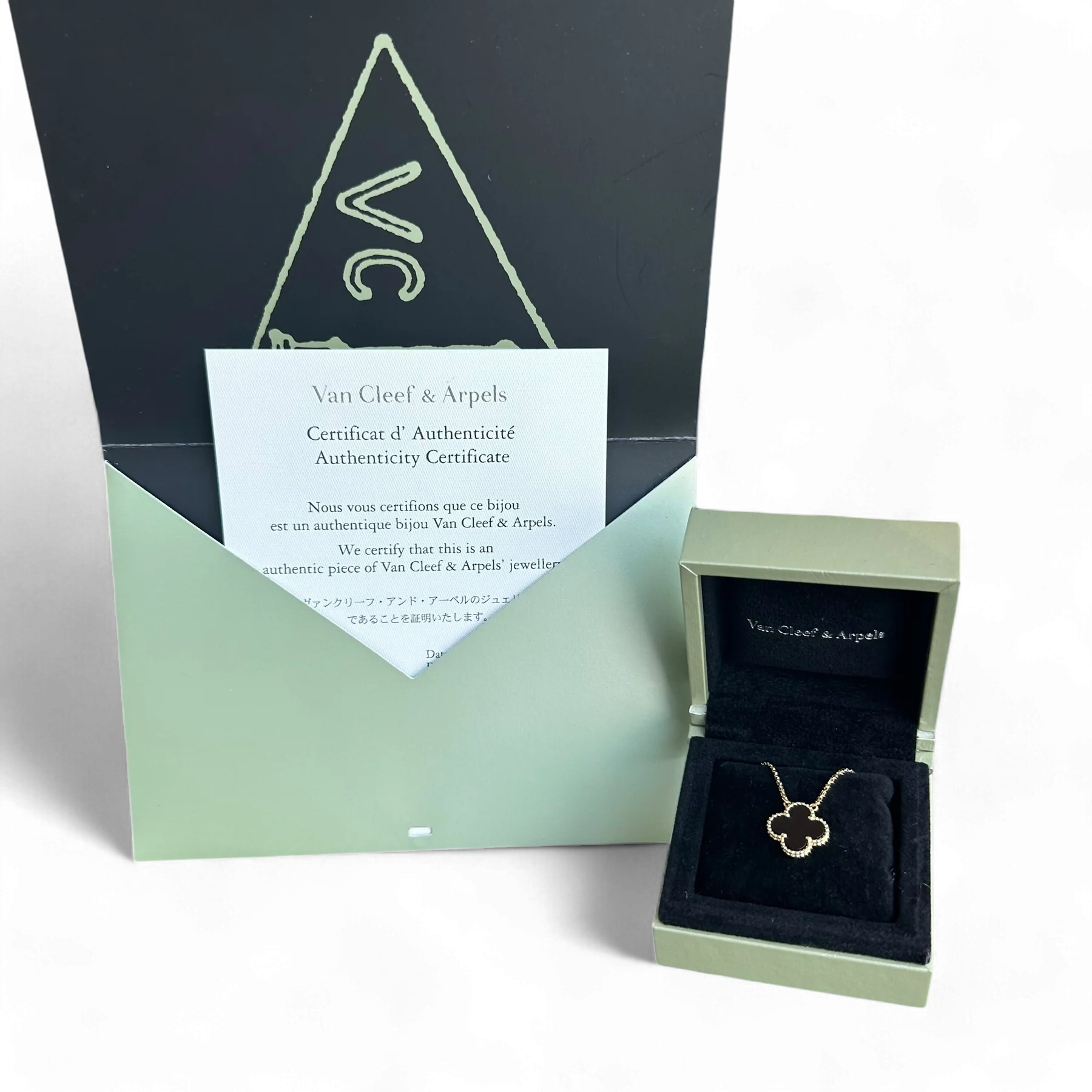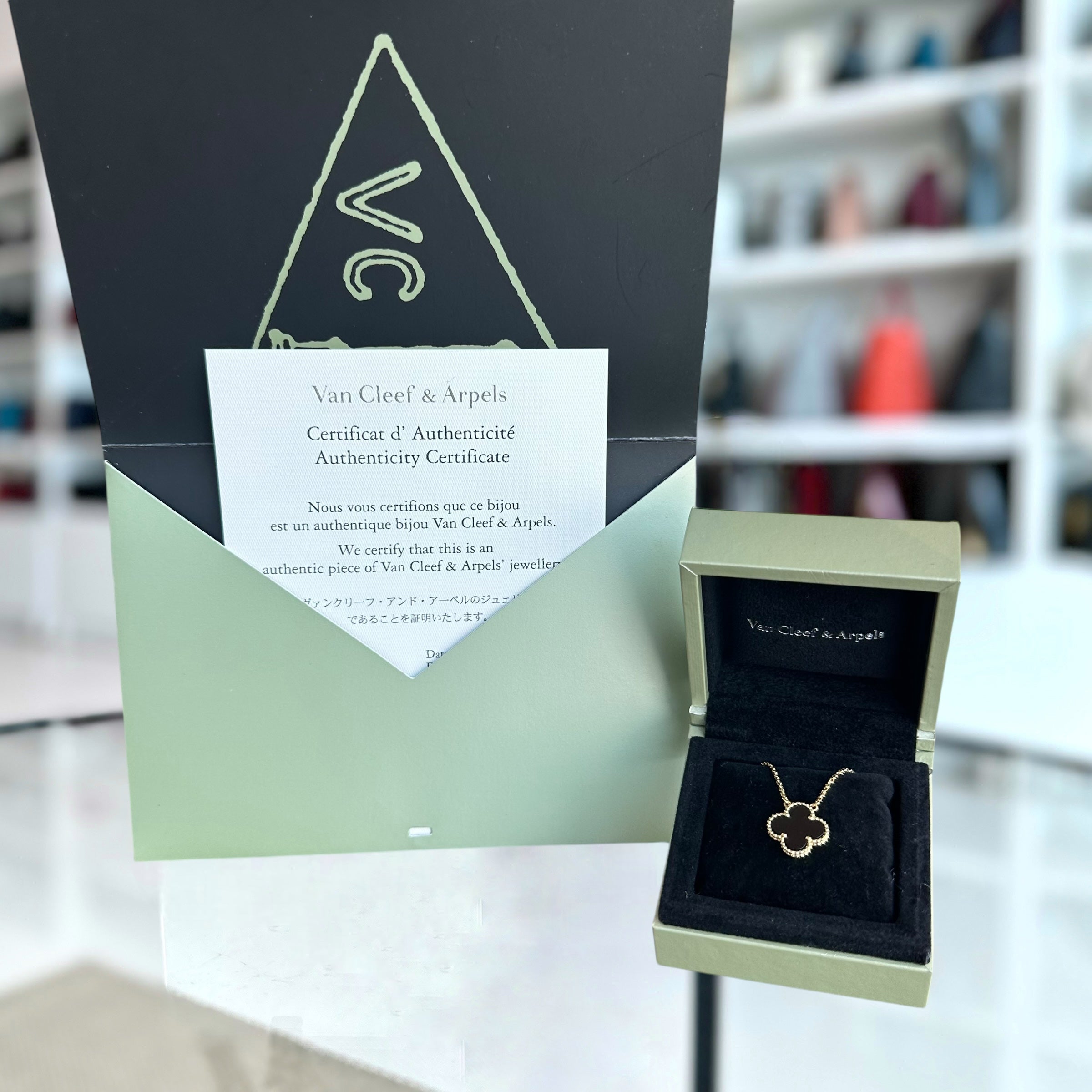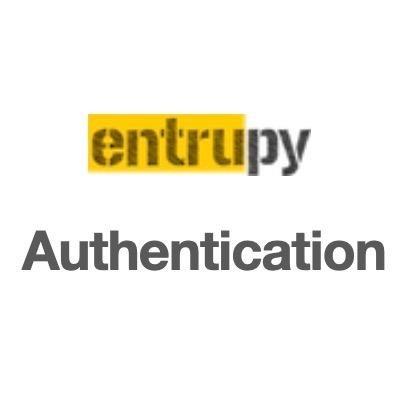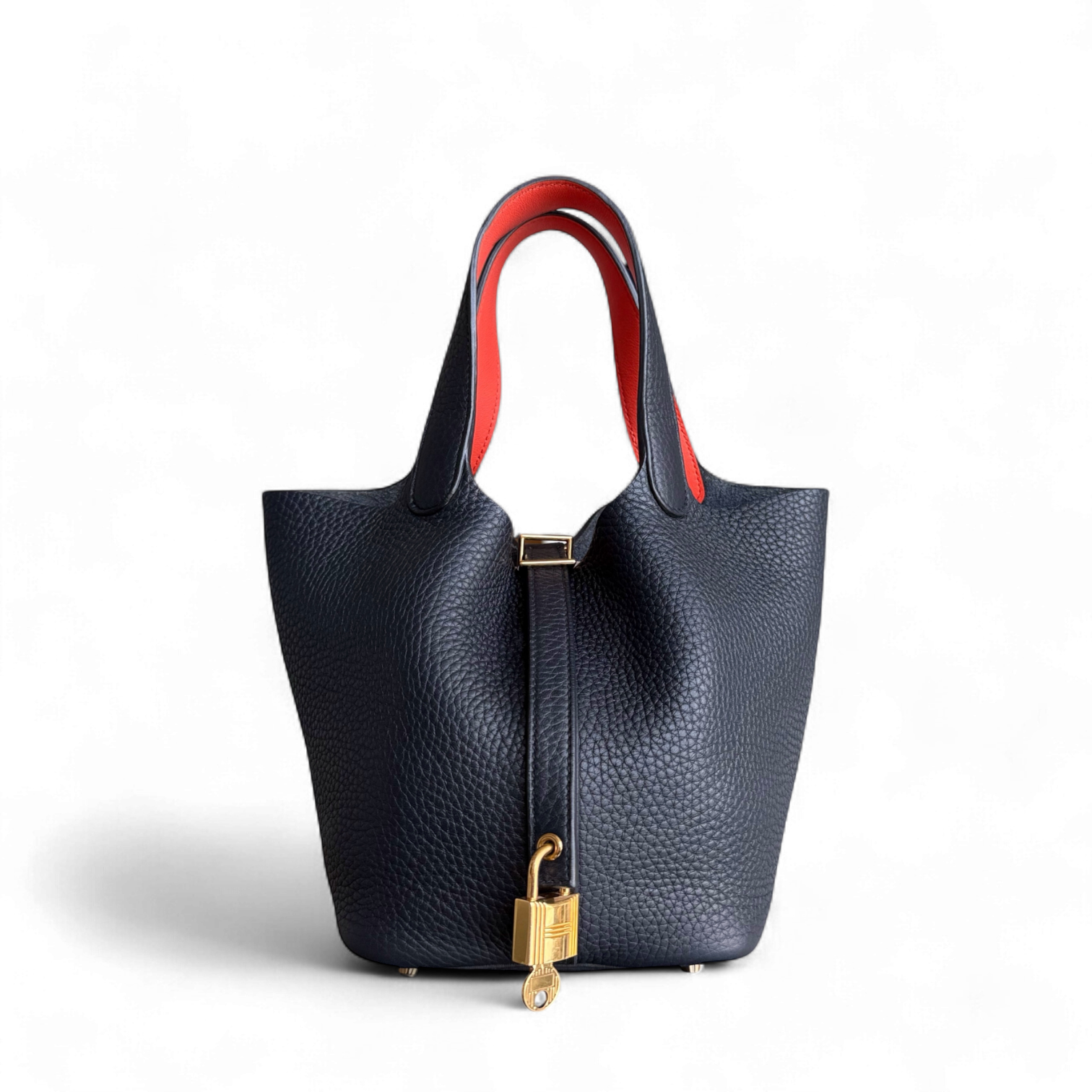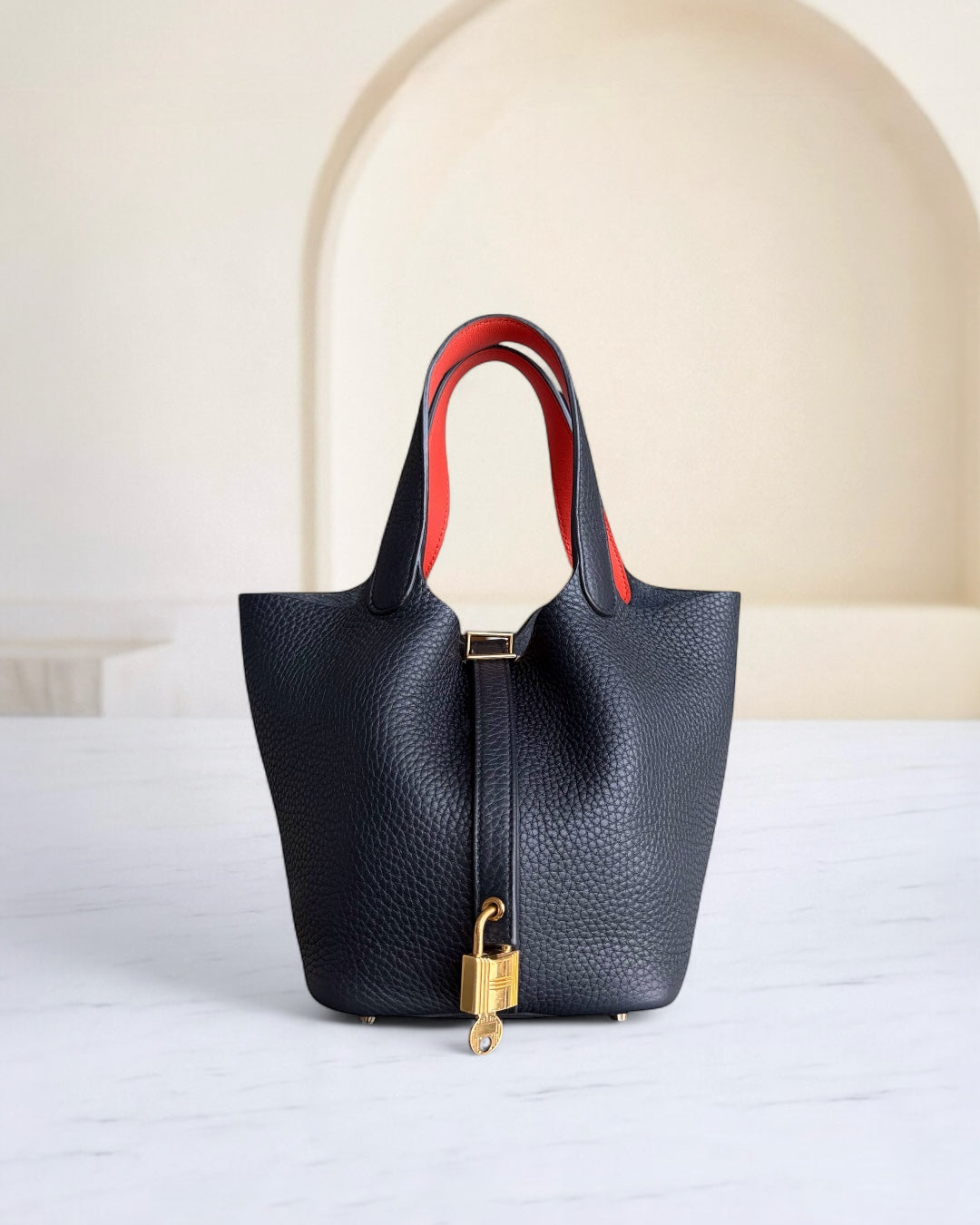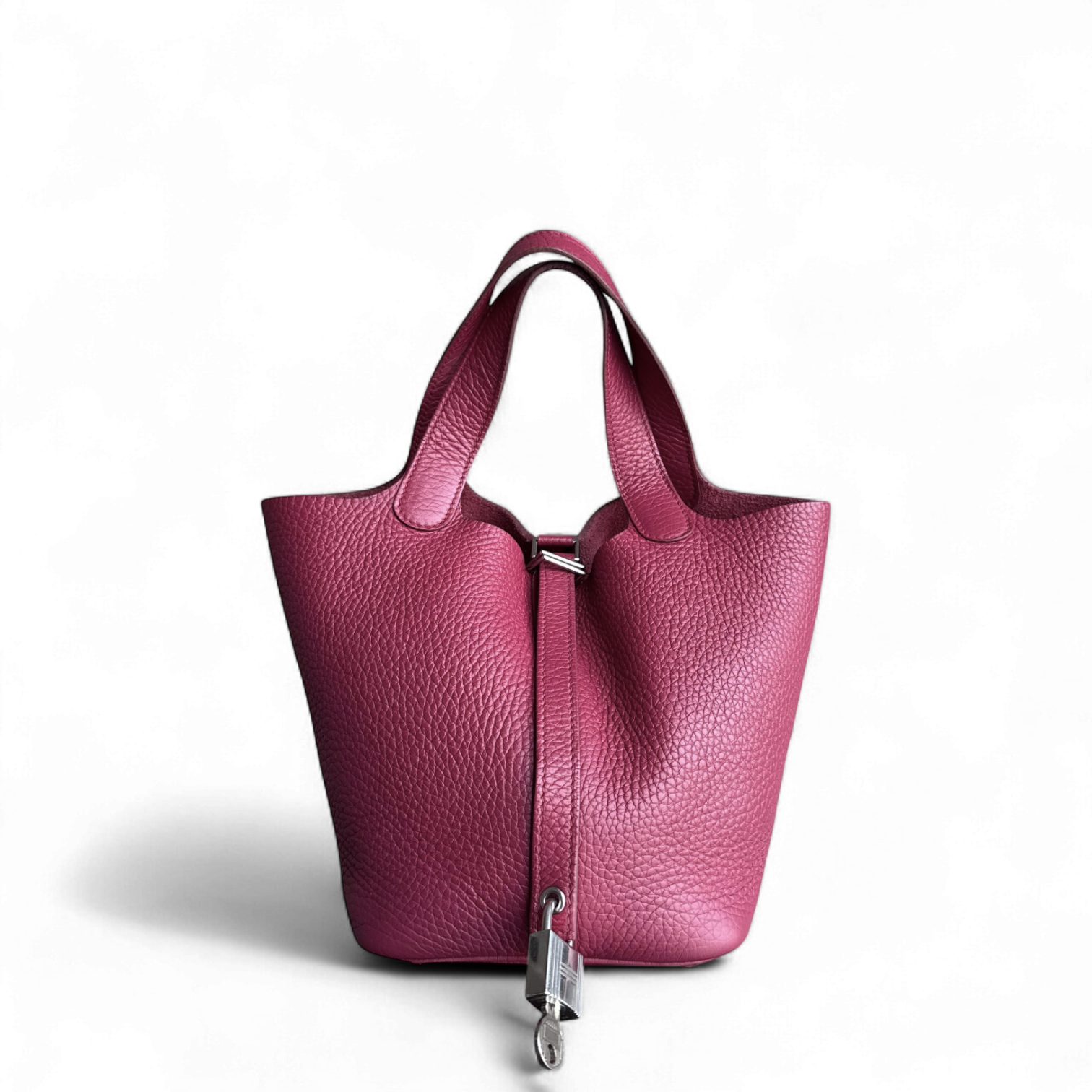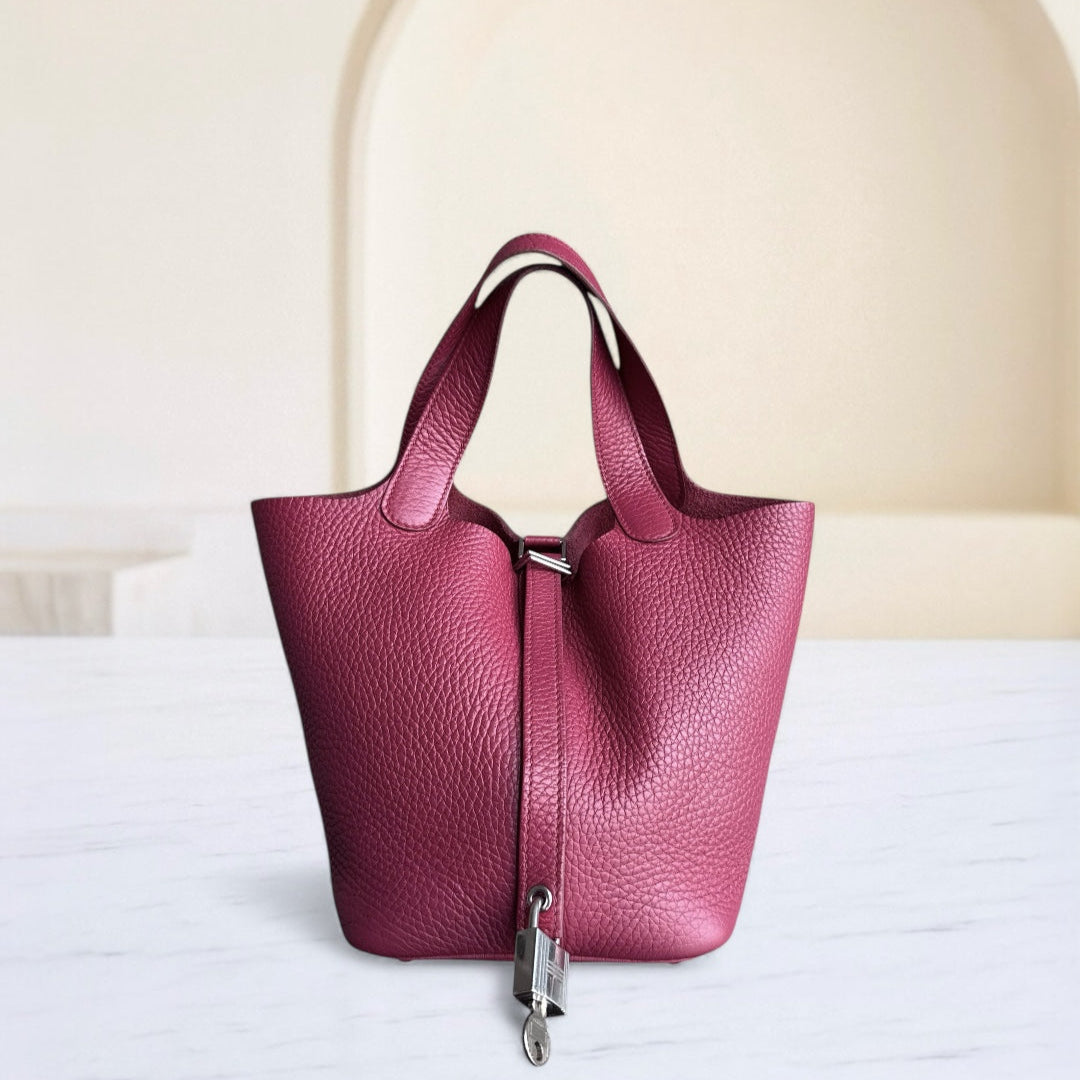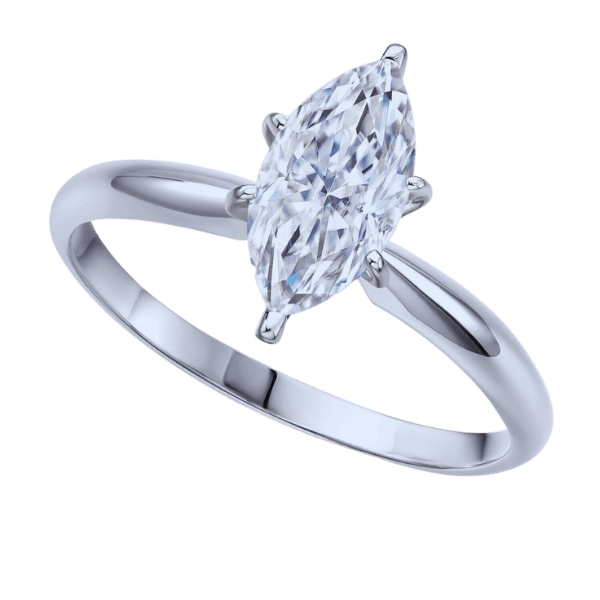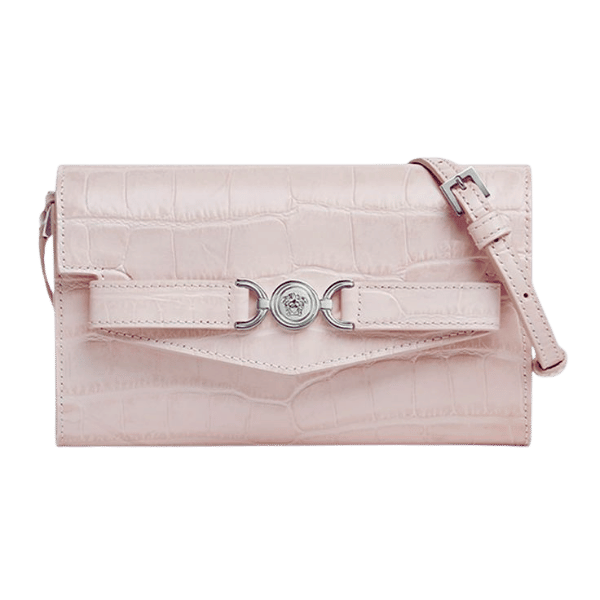Unlocking the True Diamond Value: How Much is a Diamond Really Worth?
From the start, the question of why diamonds are priced as they are has evoked countless conversations regarding their rarity, emotional significance, craftsmanship, etc. So, what exactly determines the worth of diamonds? With the sparkle and allure set aside, even a diamond's appearance is enveloped by many factors that influence its worth. This article will discuss the mystery surrounding diamonds, their pricing, and the science behind their economics and market control value. This guides buyers, collectors, and curious minds who wish to learn about the pricing gaps between diamonds and what truly defines their value.
What Factors Affect the Diamond Price?

A diamond's price is influenced by various elements organized in a system called “Four Cs.” Here is the key:
- Carat Weight: Weight translates to size, and larger diamonds are more valuable due to their rarity, making carat weight a critical price factor.
- Cut: A diamond's brilliance is dictated by its cut's quality. Well-cut diamonds are more valuable.
- Color: Nearly colorless Diamonds are visually less complex and thus cherished more, leading to them commanding a higher selling price.
- Clarity: Value is augmented with increased clarity, as fewer inclusions and blemishes signify lower quantities of such imperfections.
Other than the Four Cs, a diamond's price may change based on the current market, the institution certifying it, or its ethical origin. Awareness of these factors allows for a proper evaluation of a diamond's worth, particularly when analyzing a one-carat round diamond.
Understanding Carat Weight and its Impact
Carat weight is a critical factor as it measures the value of a diamond's weight for a 1-carat diamond. One carat translates to 200 milligrams, and due to scarcity, even slight weight changes can affect the price remarkably. Creatively, larger diamonds are expensive over time because they are scarce and put an increase in price per carat. However, a diamond's overall value is not determined by just carat weight; other factors that need to be evaluated are cut, clarity, and color to appreciate and value the stone truly.
The Importance of Diamond Grading
One of the primary diamond grading services is to assess a diamond’s value through the 4Cs of carat weight, cut, clarity, and color evaluation. The systematic approach aids in determining a diamond's appraisal with certainty relative to established benchmarks, ensuring that diamond transactions occur in an efficient market. The grading clarifies the dollar figure attached to the diamond while also assisting in establishing the diamond's legitimacy and value. Assessments given are reliable as they are provided by reputable agencies such as GIA (Gemological Institute of America ), which assure credibility and trustworthiness through the prescribed methods of measuring the stone.
How Does the Cut of a Diamond Affect the Price?
Every diamond's cut determines its appeal, which directly impacts the price, along with its brilliance. A well-executed diamond cut captures and reflects light, creating a sparkling, eye-catching stone. Poor-cut diamonds are dull, making them less appealing and lower in price. Among all the factors of diamond grading, this particular one is essential because it can influence the value the most. The diamond's interaction with light will dictate the price's appeal. The greater the proportions and symmetry, the better the appeal and value.
How to Evaluate a Carat Diamond?

Using a Diamond Price Calculator
A diamond price calculator estimates the value of a diamond based on its main grading parameters: weight, cut, color, and clarity. To maximize value, every detail must be precise, such as the price range of a single-carat diamond, which the grade of clarity or cut quality can determine. These calculators link current market data to provide value adjustments based on market conditions, which results in improved estimates of the price of a diamond.
As of recent trends, a diamond’s value with a G color grade, VS1 clarity, and excellent cut quality is around $6,000-$8,500. Comparatively, SI1 clarity trade diamonds will range from $4,000 to 6,000 with lower value. The difference in prices shows the significance of all grading parameters. Consumers can use this information along with the calculator to make accurate decisions for diamond purchases or valuations.
Reading a Diamond Price Chart
The diamond price chart is essential for understanding pricing changes with the four key grading parameters: carat weight, cut, color, and clarity. Locate the diamond's carat weight on the row axis to harvest the most value from the chart. Proceed to the column corresponding to the diamond's color grade, which ranges from D (colorless) to Z (light yellow). Clearer pictures of prices are possible with the additional tables that may superimpose clarity grades such as VS1, VS2, or SI1.
Example data shows that a diamond weighing 1.5 carats with a G color grade and VS2 clarity sits between $12,000 and $16,000. A lesser diamond H color grade with SI 1 clarity has a lower range, between $8000 and $10500. The graphically structured charts allow simpler comparisons, making it easier to find the best trade-off between qualities set by consumers. These trade-offs are especially prevalent when fueling the desire for bigger-carat white diamonds with lower color and clarity grades. The systematic approach to the chart allows buyers to form realistic expectations of prices and enhance their experience and confidence when purchasing.
Comparing Natural and Lab-Grown Diamonds

Differences in Diamond's Value
The two types of diamonds have differing monetary value ranges because of their origins, production cost, and even market perception. Because of the geological conditions spanning billions of years producing diamonds, their natural variety has a higher price tag due to how rare they are and the extensive effort it takes to mine them. A priceless example would be a natural, G color and VS2 clarity 1-carat diamond between $12,000 and $16,000 due to scarcity and market demand working in tandem.
In comparison, lab-grown diamonds are cheaper because they are created in controlled environments where advanced technologies such as High-Pressure, High-Temperature (HPHT), or Chemical Vapor Deposition (CVD) are utilized. Thus, lab-grown diamonds typically cost 50% to 70% less than natural diamonds. A 1-carat diamond with the exact specifications being lab-grown would cost anywhere from $2,000 to $4,000, depending on the market and the manufacturer.
Economically, while lab-grown diamonds are far more accessible, are way cheaper, and display physical, chemical, and optical properties identical to natural diamonds, their value significantly impacts the resale value in the long run. The lack of geographical and production constraints alongside these diamonds makes them more affordable. Alongside this identity, both fulfill these differences and introduce a perspective on how spending priorities and budgets influence the variety of consumers looking for natural and lab-grown diamonds.
Price Variations Between Lab-Grown Diamonds
Different aspects, including size, quality, and producer, will dictate the price of lab-grown diamonds. For instance, lab-grown diamonds are usually 20-40% cheaper than similar natural diamonds. A 1-carat lab-grown diamond, for example, usually costs between $1,000 and $2,500, depending on its cut, color, clarity, and general grading. Due to their controlled production process, their plentiful supply makes these diamonds an excellent option for cost-savvy consumers.
What is the Price Per Carat for Different Diamond Weights?

Current Prices for a 1-carat Diamond
The prices for a one-carat natural diamond can vary from $4,000 to $10,000 depending on clarity, color grade, cut quality, and, in some instances, even the lab from which the diamond came. In general, the higher end of that range is set for diamonds with high color, bright shine, and low inclusions.
Lab-grown diamonds, which weigh one carat each, usually cost between $1,000 and $2,500. They are fabricated using controlled processes to retain the same grading characteristics, color, and clarity.
The stark distinction between natural and lab-grown diamonds is due to the scarcity and mining cost of natural diamonds and the lab's efficiency. That said, lab-grown diamonds are a more cost-efficient option while still looking just as beautiful and maintaining their structural integrity.
Understanding the Cost of a 2-Carat Diamond
The investment costs for a 2-carat diamond are significant, and prices vary based on origin, cut, clarity, and the diamond’s price, color, and shape. Natural diamonds in the US market generally range from $8,000 to over $50,000 but can be significantly more expensive. Round diamonds and those with exceptional clarity and color grading are more costly because of their rarity and market demand.
In contrast, lab-grown diamonds are far more affordable. They are manufactured in controlled settings that offer precision in refining quality characteristics, making them far cheaper than natural diamonds. A 2-carat lab diamond usually retails for between $4,000 and $10,000.
Lab-grown diamonds offer value due to their relative ease of production and cost-effectiveness, unlike natural diamonds, whose price range is affected by the complexities involved in basing them and their diminutive supply. Making a purchase decision for a diamond over 2 carats requires analyzing grading reports and relying on recommended jewelers to get your desired stone for the ideal price.
How Does Diamond Engagement Ring Pricing Work?

Decoding the Value of a Diamond in an Engagement Ring
The worth of the diamonds embedded in an engagement ring is evaluated based on the ‘Four Cs’: cut, color, clarity, and carat weight. The cut measures how well the diamond is shaped and faceted, along with its brilliance and beauty. Diamonds that have colors closer to colorless whites are generally more valuable. Clarity measures the amount of internal and external imperfections, inclusions, and blemishes, where higher clarity grades mean lower blemishes. Finally, the size of the stone is referred to as carat weight; larger diamonds are more expensive. All the factors mentioned above are graded and combined to determine the overall quality and price of the diamond.
Price Variations with a Round Brilliant Cut Diamond
Round brilliant diamonds are the most expensive among all diamond cuts because of their widespread demand and the skill needed to make them sparkle the best. These diamonds are priced differently based on the 4Cs. For instance, a well-cut, round-brilliant diamond reflects light exceptionally, enhancing its value. Price is also affected by color and clarity. Thus, diamonds with fewer inclusions and near-colorless ones are more expensive. The same goes for carat weight; larger stones are significantly more costly per carat because they are much rarer. In the end, the price of the diamond is set based on all these elements working together.
Frequently Asked Questions (FAQs)
Q: Which conditions are responsible for the variation in diamond value?
A: Demand and supply in the diamond industry define a diamond's value, along with the 4Cs: color, clarity, carat weight, and cut. For instance, 1-carat and 2-carat diamonds can be valued much higher or lower than usual, depending on the factors mentioned earlier. Furthermore, the popularity of the round diamond and whether it is synthetic or natural impacts its value.
Q: What is the average price of diamonds?
A: The price of diamonds varies due to the market, as for one-carat diamonds. Factors affecting the price are the carat weight, cut, clarity, color, and overall quality. Market value changes quite a bit, with one-carat diamonds falling in the few thousand to the tens of thousands, while two-carat diamonds shoot up the scale—price guides for diamonds set price standards, which may still be subject to market conditions.
Q: What are the determinants of price for 1-carat diamond?
A: Price is dictated by current market demands, cut, clarity, color, and carat weight. Due to their popularity, round diamonds usually retain more value. GIA standards tend to influence the price heavily.
Q: What are the distinguishing features between natural diamonds and those created in laboratories?
A: While natural diamonds are formed through billions of years of geological activity beneath the earth’s surface, lab-grown diamonds are created in controlled environments. Each type of diamond has its individual physical and chemical components. However, lab-grown diamonds are generally cheaper due to reduced production costs.
Q: How do industry diamond prices change the value of my diamond ring?
A: The current price of diamonds can significantly affect the value of your diamond ring. If the market price increases, so does the value of your rings. It is wise to stay updated about market shifts and trends while working with a professional to determine your ring's value and pricing potential.
Q: Is a diamond ring with a 1-carat weight a sound investment?
A: A diamond ring weighing one carat is a wise investment, provided it is of high quality and has exceptional cut, clarity, and color. A loose diamond investment is likely more liquid than a set diamond investment. Nevertheless, value is not determined only by these aspects but also by the demand and trends surrounding the diamond market.
Q: What are the steps to evaluate a diamond's worth?
A: A diamond's value can be judged based on its carat weight, cut, clarity, and color, which comprise the 4Cs. A professional appraisal or a GIA diamond certification would be more appropriate for accurate valuation. There is also a diamond price guide and a price list that could give some idea of a diamond’s worth.
Q: Why do some diamonds, such as a two-carat diamond, have a higher price tag?
A: Extensive pricing typically accompanies diamonds, such as two-carat diamonds, which are more sought after because they are significantly more scarce. Their price has increased not solely because of their size but also their high-quality cut, color, and clarity.
Q: Of all the diamonds, what shape or type is the most expensive, and how do flawless diamonds compare with the rest?
A: While most diamonds carry significant value, a flawless diamond - without any internal or external imperfections - is among the most valuable on the market. The price difference between a diamond with flaws, inclusions, or blemishes and a flawless larger diamond is significantly more significant, especially in popular shapes like the round diamond.
Reference Sources
1. The South African Political Economy of Diamonds Pricing and Valuation: An Extractive Perspective. (Sharife & Bracking, 2016, pp. 556-575)
- Published: 2016
- Authors: Sharife Khadija, S. Bracking
- Key Findings:
- The price of diamonds, especially in terms of transfer pricing within the framework of tax justice, is a challenge because there is no positivist underpinning for a ‘real’ or ‘fair’ price.
- Assigning values to diamonds involves complex performance where artificial underlying values are created that pre-determine prices and tax payments.
- Methodology:
- An analysis of the cases of the diamond industry in South Africa for the years 2004 to 2012.
2. Diamond Pricing and Valuation System: A Case Study (Bracking & Sharife, 2014)
- Published in 2014
- Author’s: S. Bracking, Khadija Sharife
- Key Findings:
- The diamond industry is fraught with discrepancies that suggest the potential of rough diamonds transfer pricing manipulation.
- De Beers Company's monopolistic market power enables them to price different locations in the value chain and when relocating diamonds across borders.
- Methodology:
- Case study examination of the diamond industry in South Africa.
3. Machine Learning Approaches to Diamond Price Prediction (Amadavadi et al., 2024, pp. 1994–2000)
- Published in 2024
- Authors: Kapil Amadavadi, Rashmi Rane, Ruhi Patankar
- Key Findings:
- The Extra Tree regressor was the best model out of all the regressors tested in the experiment due to its high R2 scores and low RMSE and MAE values.
- Methodology:
- To predict the prices of diamonds, supervised comparative analysis was conducted using multiple machine learning models: linear regression, Random Forest, Decision Tree, KNeighbors, XGB Regressor, Extra Tree Regressor, Gradient Boosting Regressor, and Multi-Layer Perceptron.
Contact Luxury Evermore should you need help with acquiring or building up your collection. There is a variety of brands with different styles, as well as sizes, and colors, for example, Hermes, Chanel, lv and Dior. If you are not lucky enough to find the bag you are looking for on our website then our concierge team will probably be able to order it for you. We provide 100% authenticity guarantee for all our bags, and any item sold on this site will be dispatched to you within one to two business days upon receipt of the payment.
